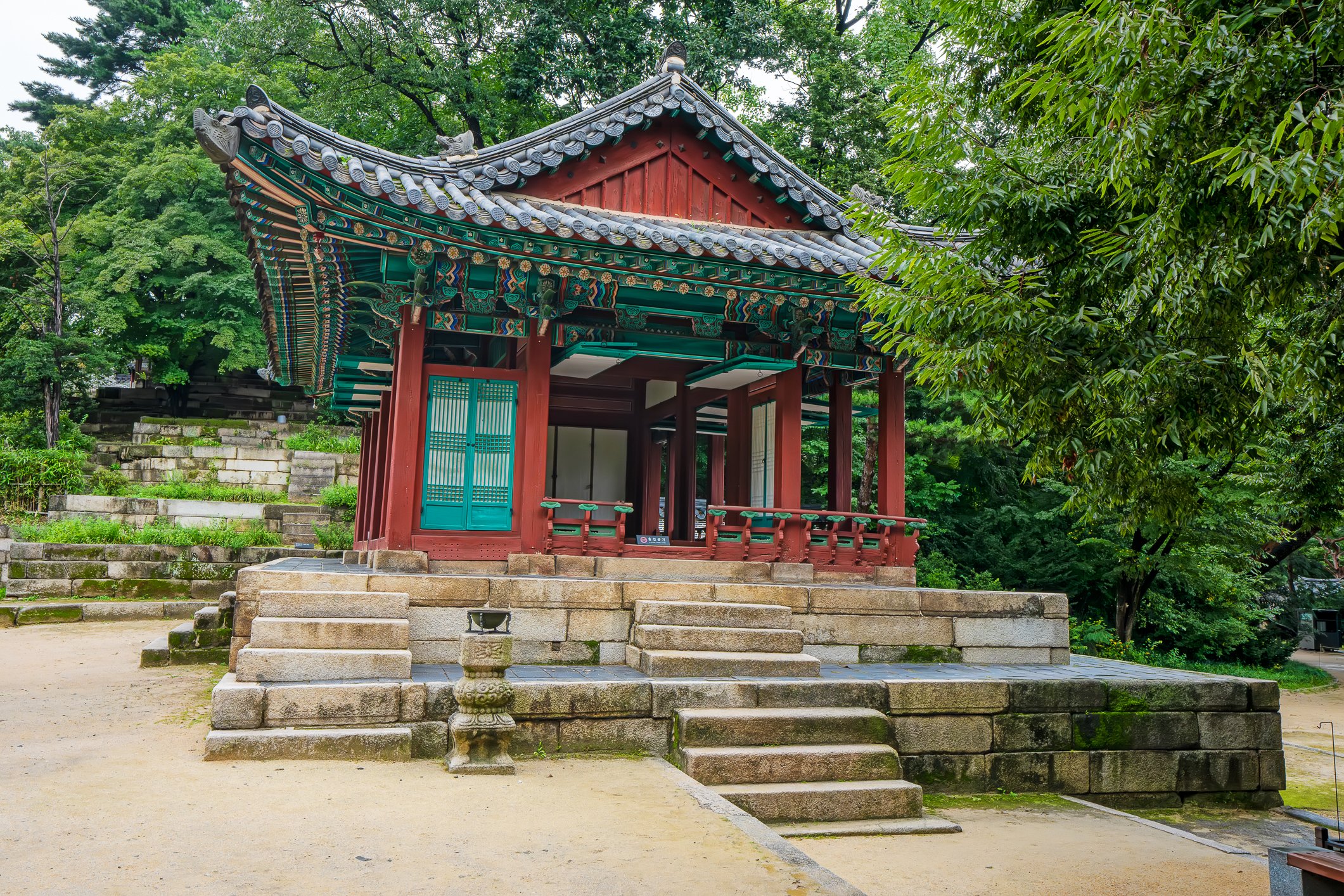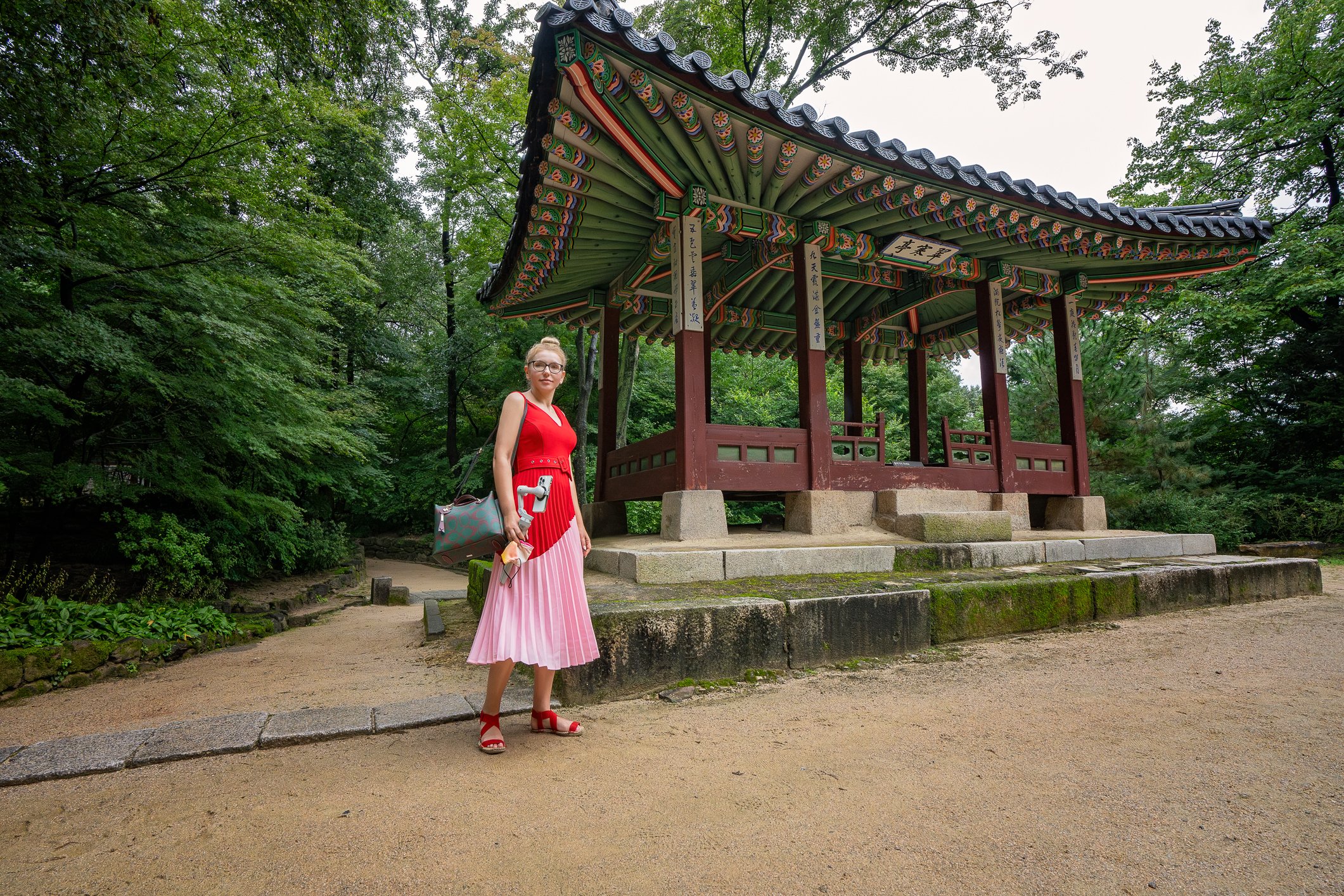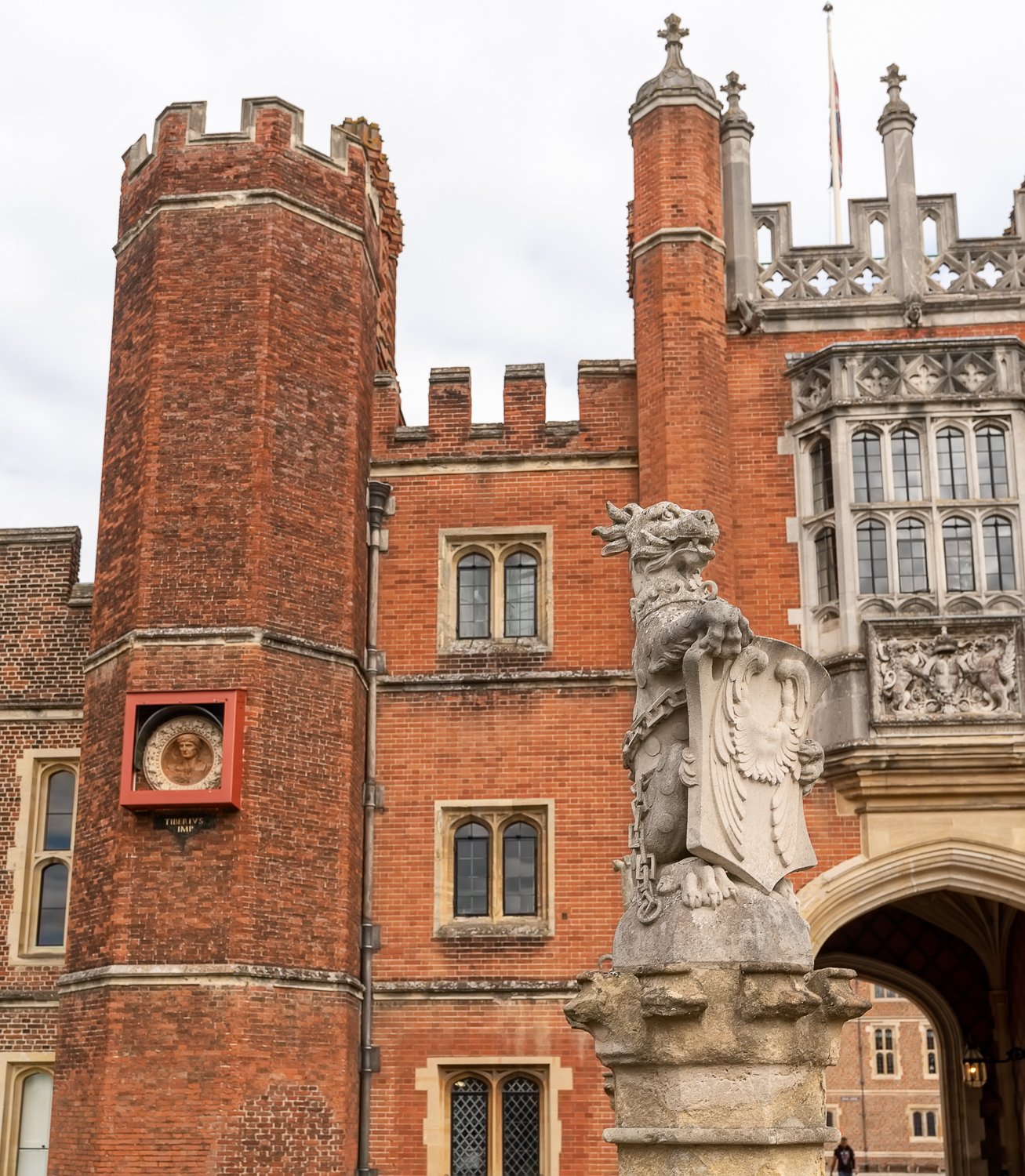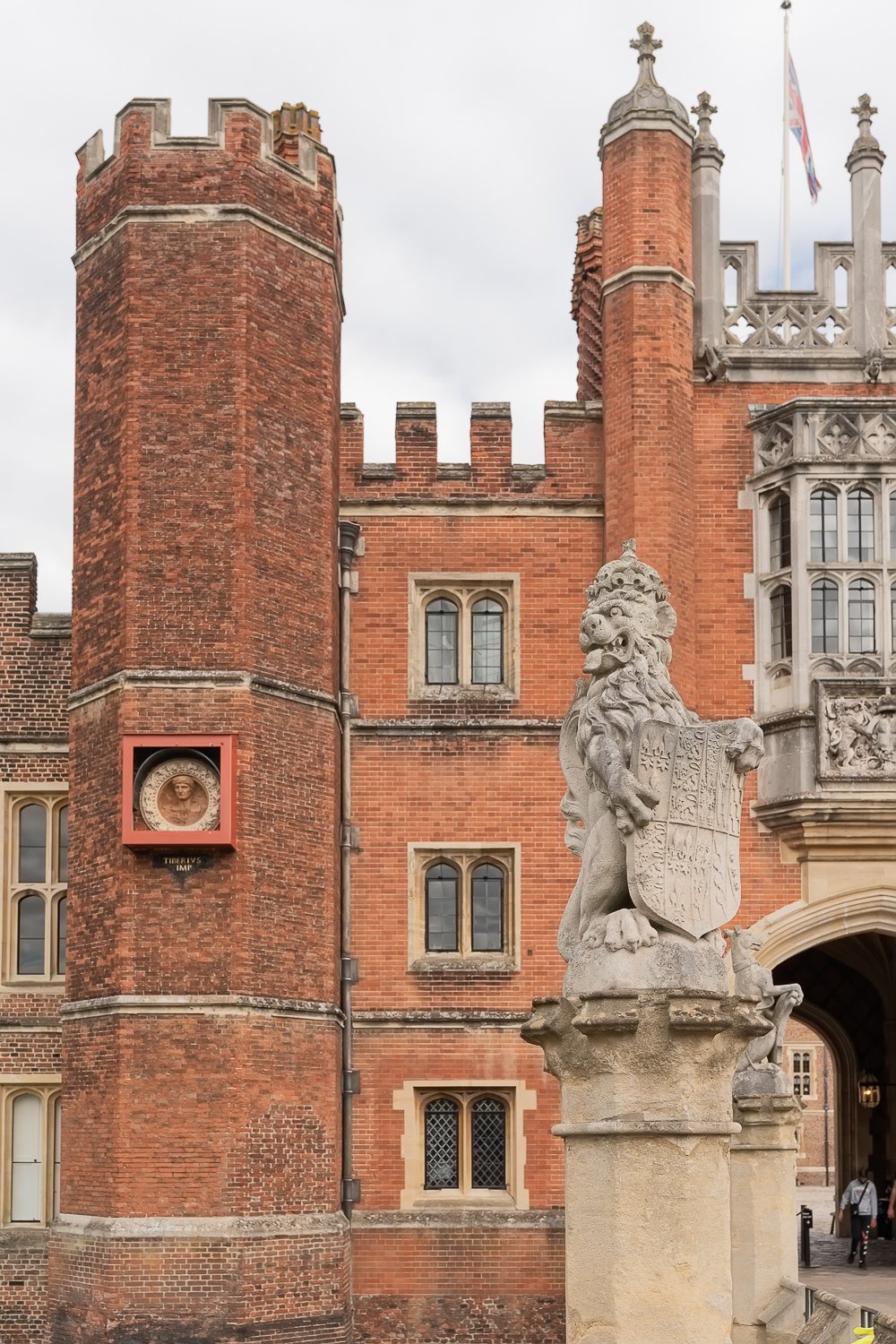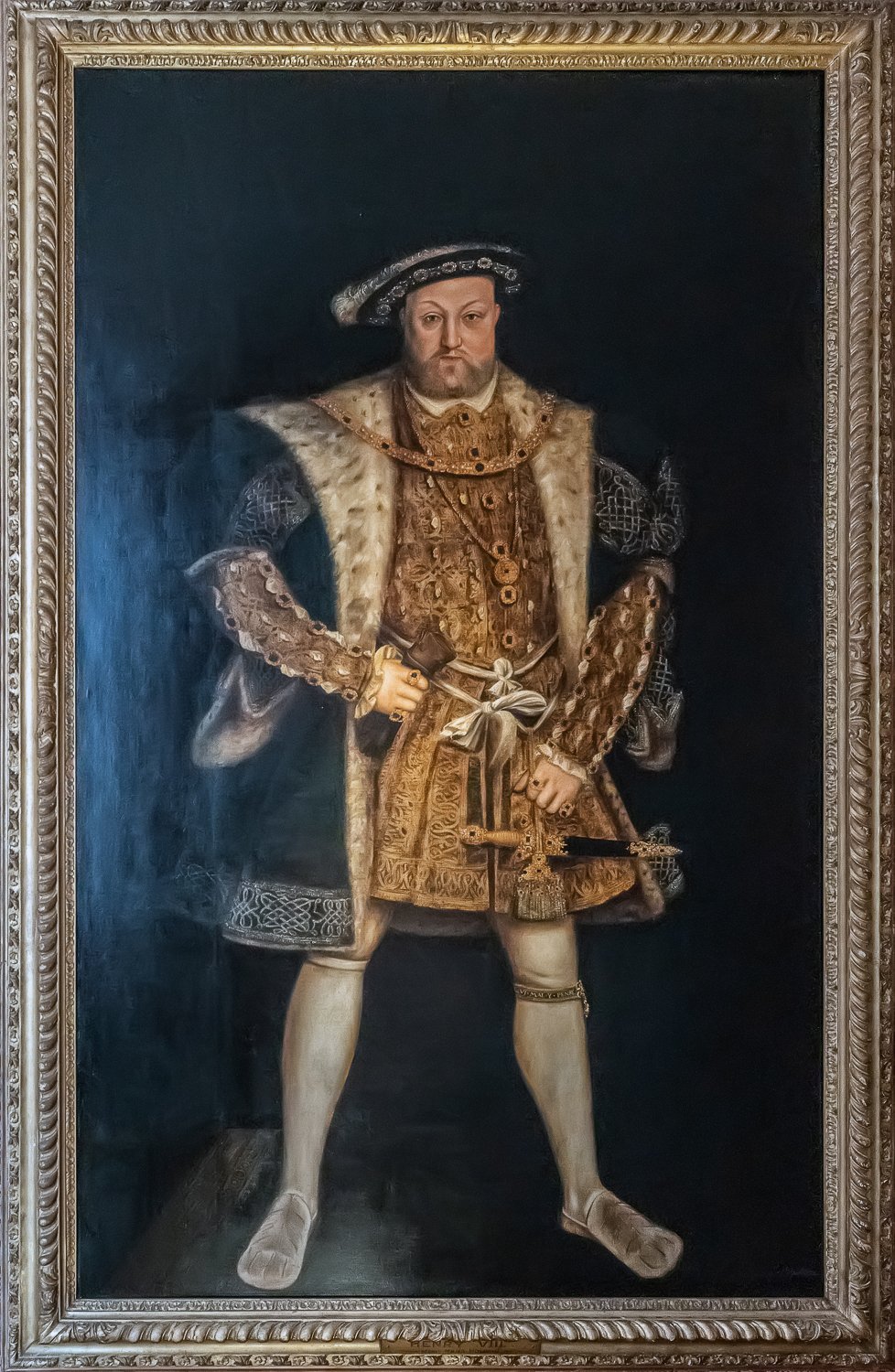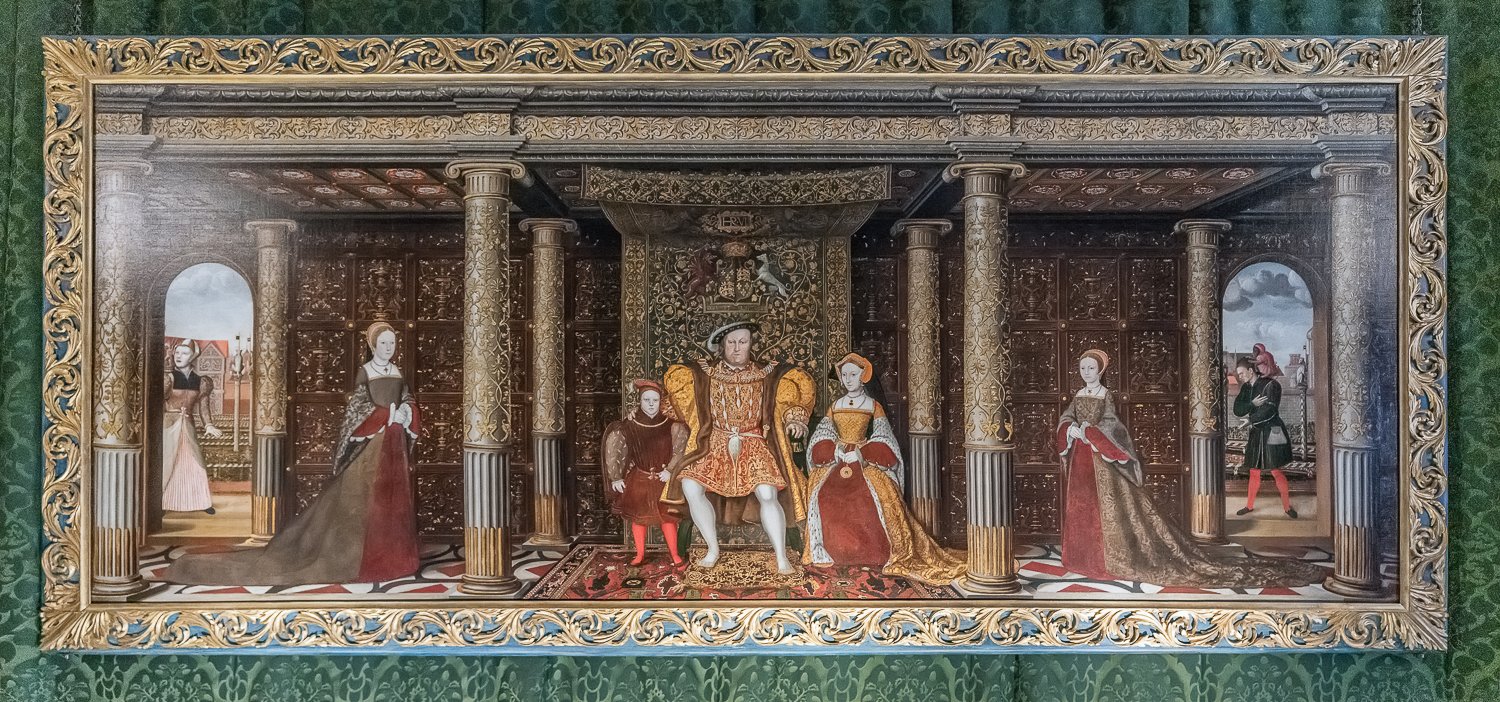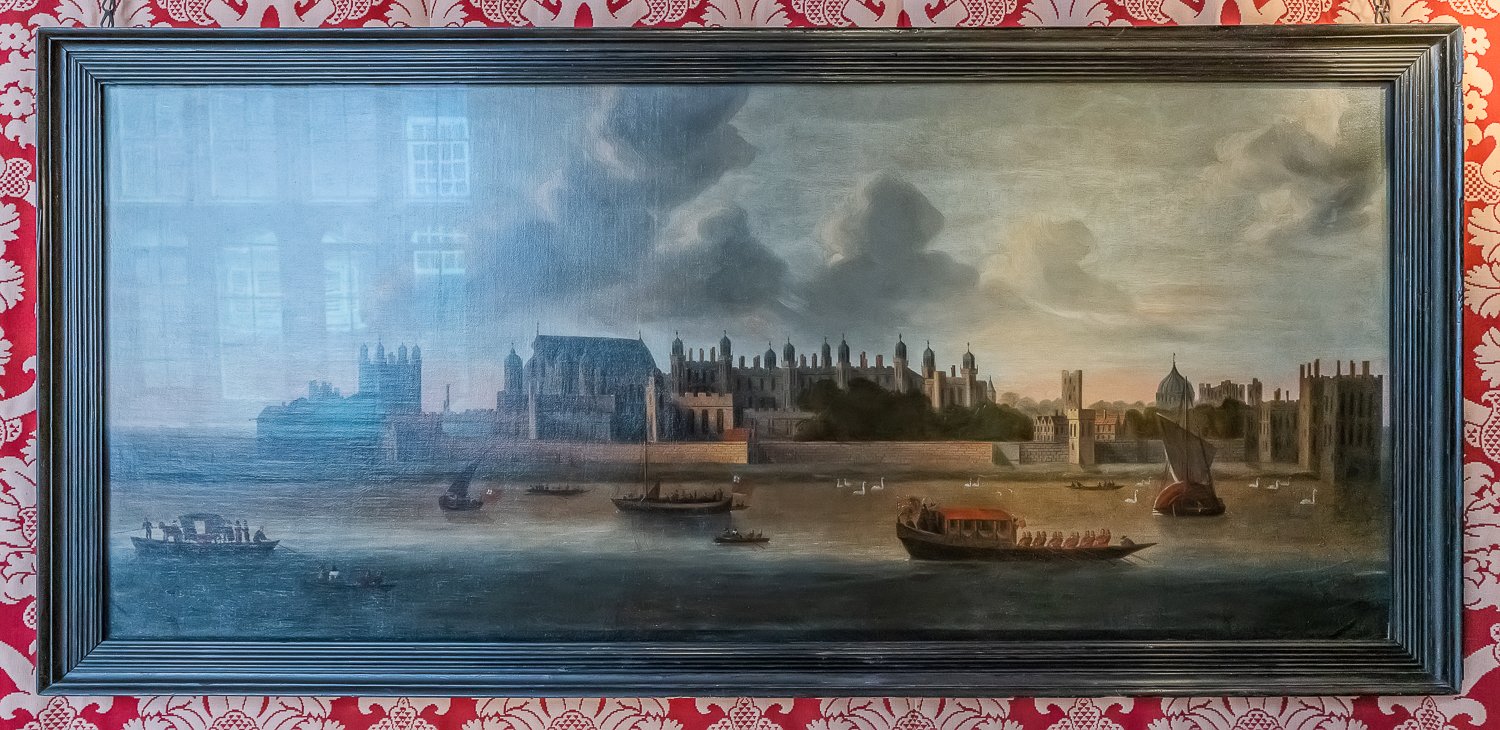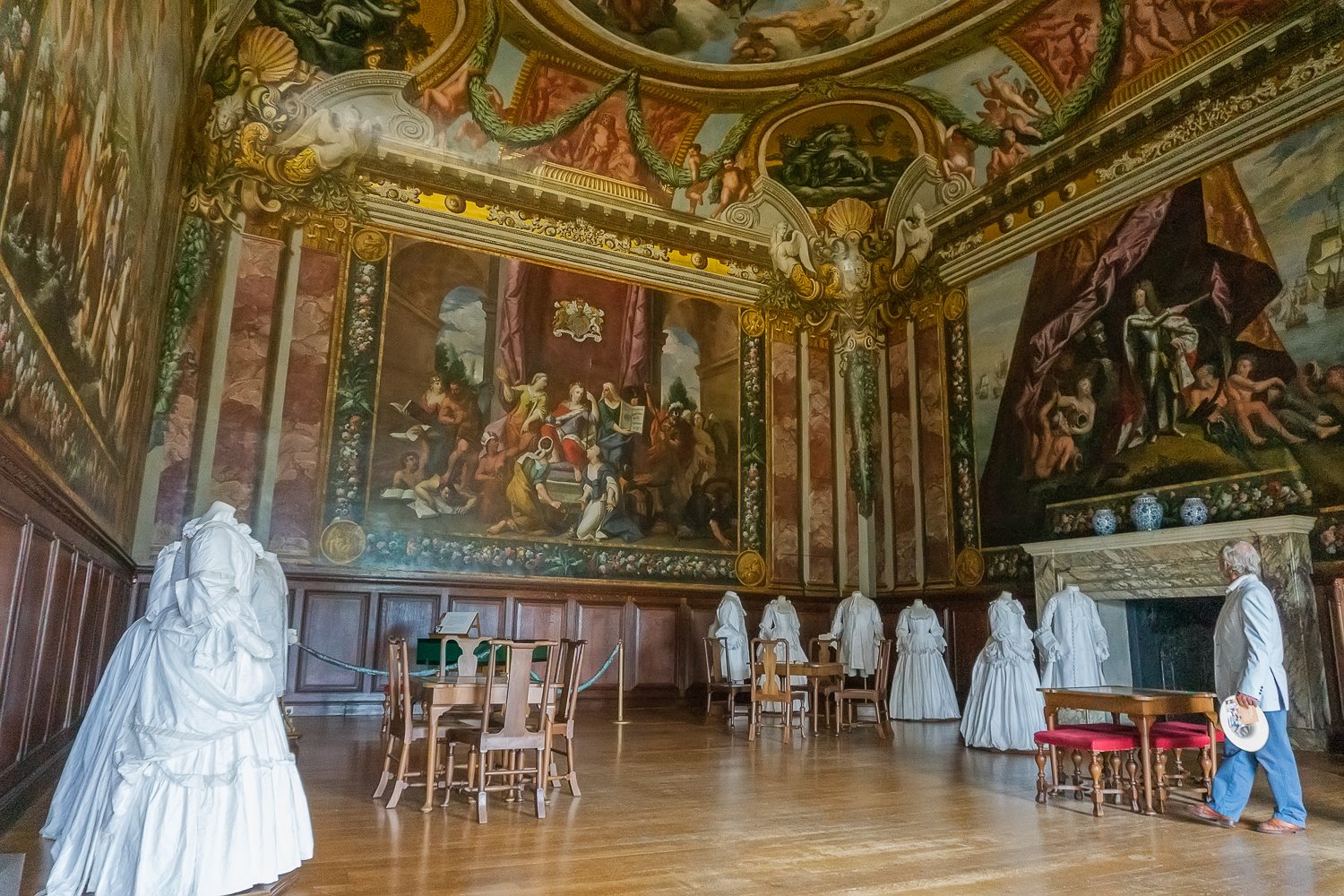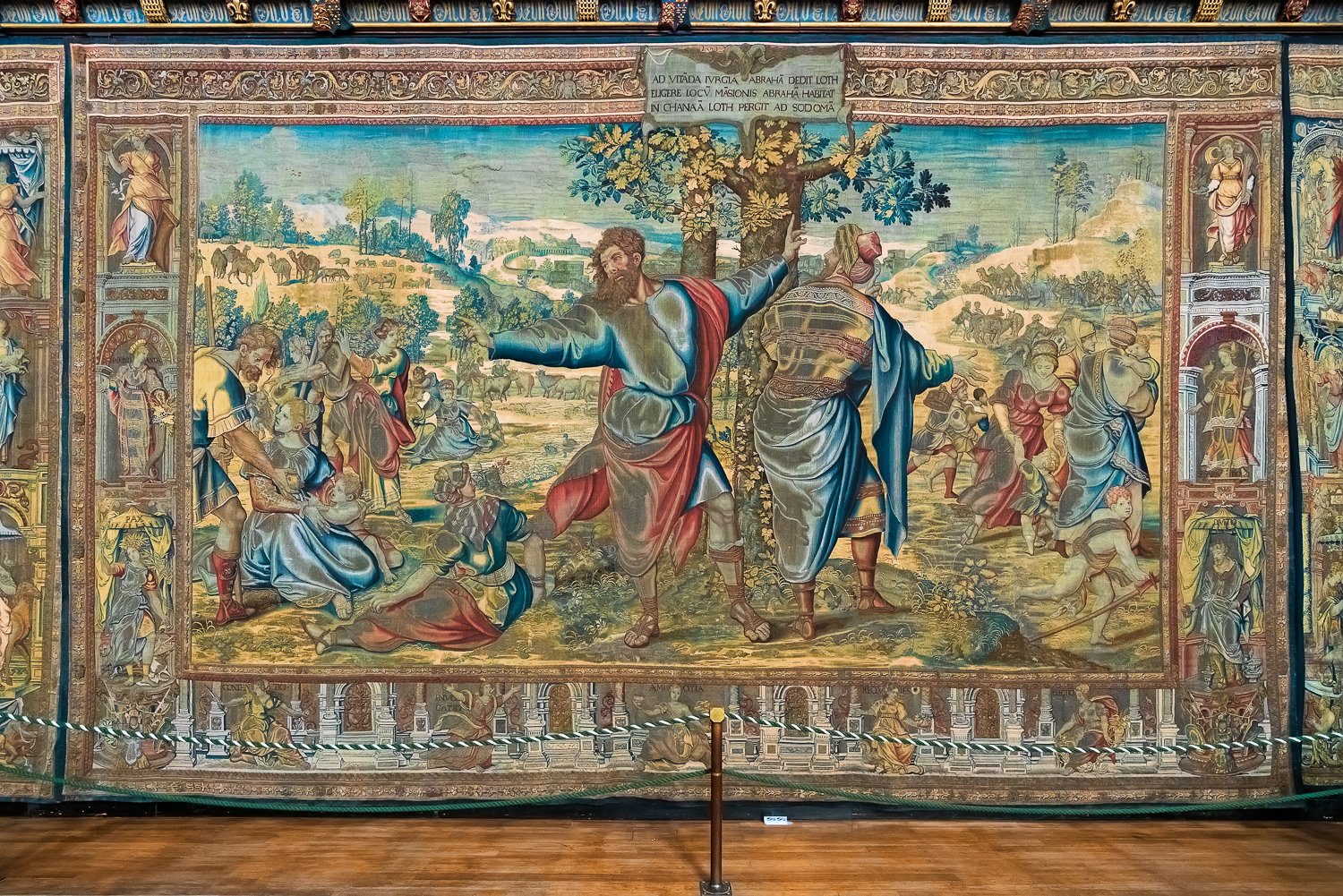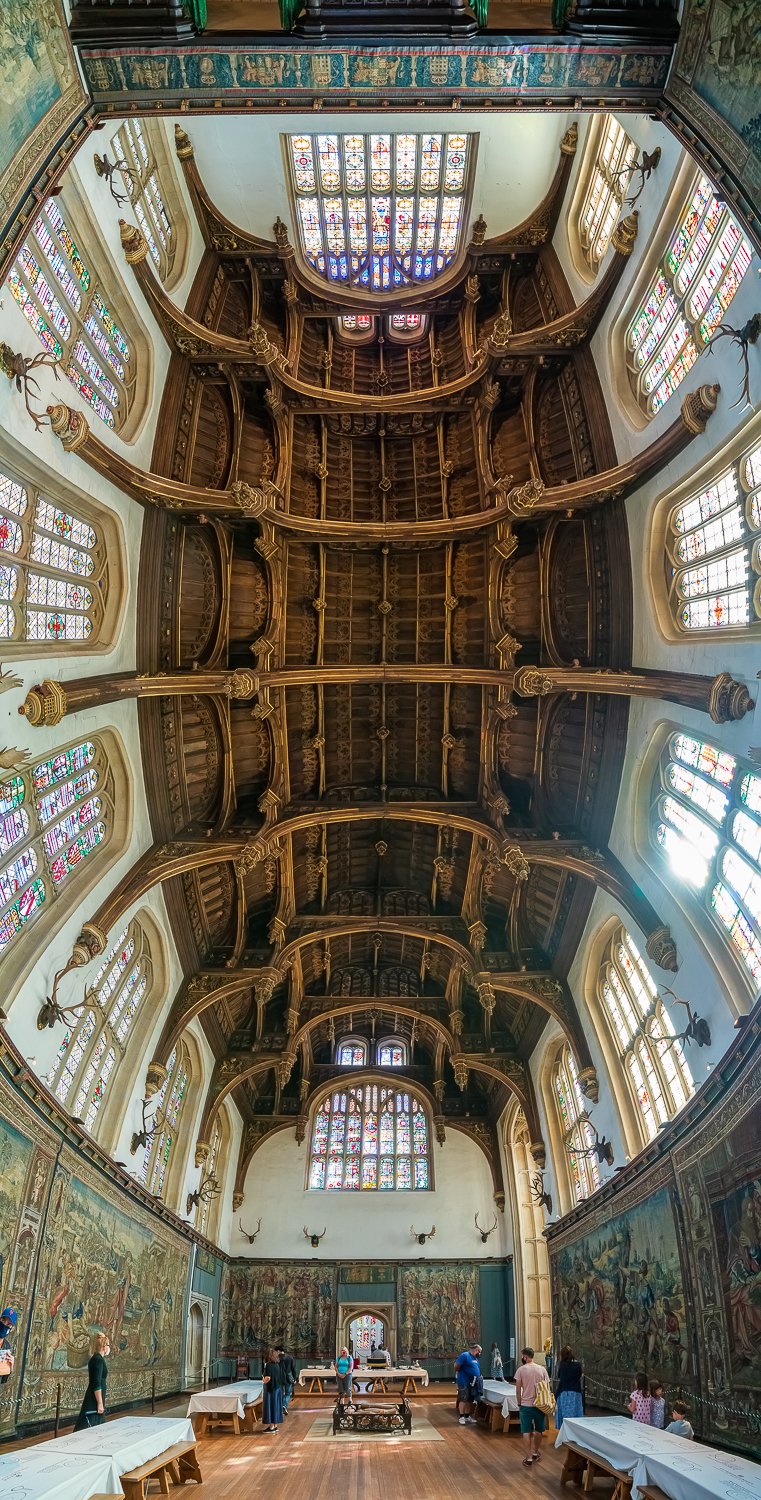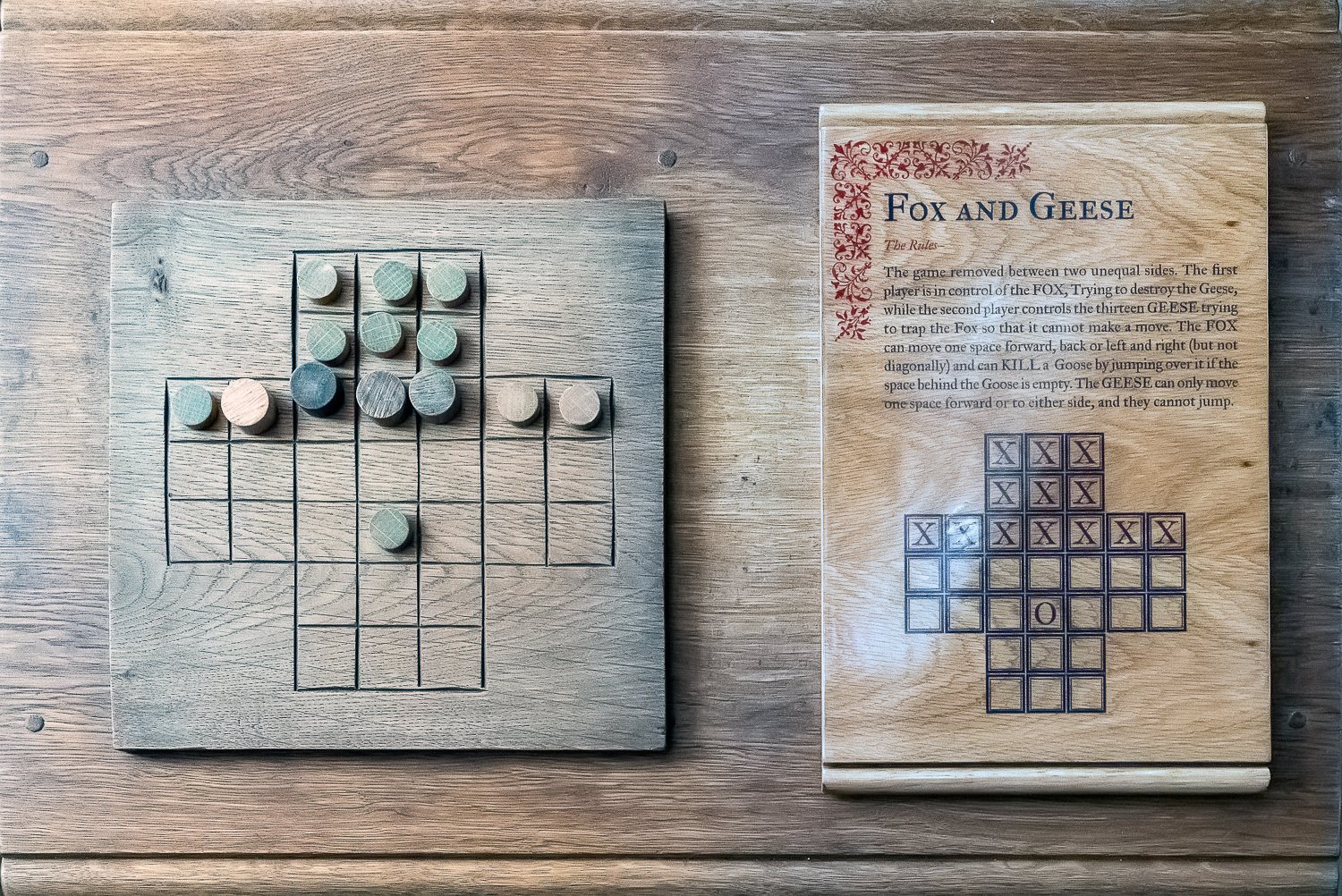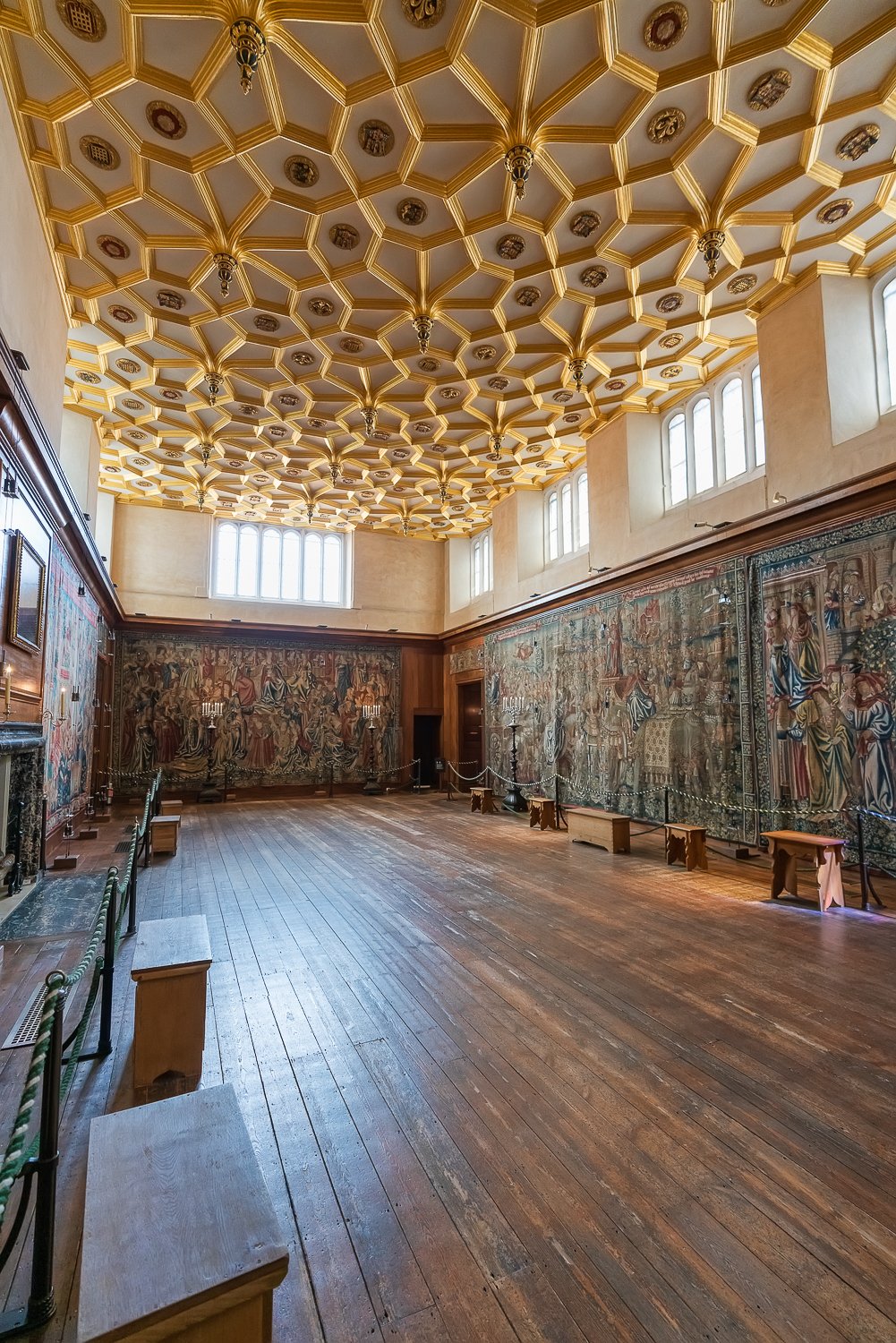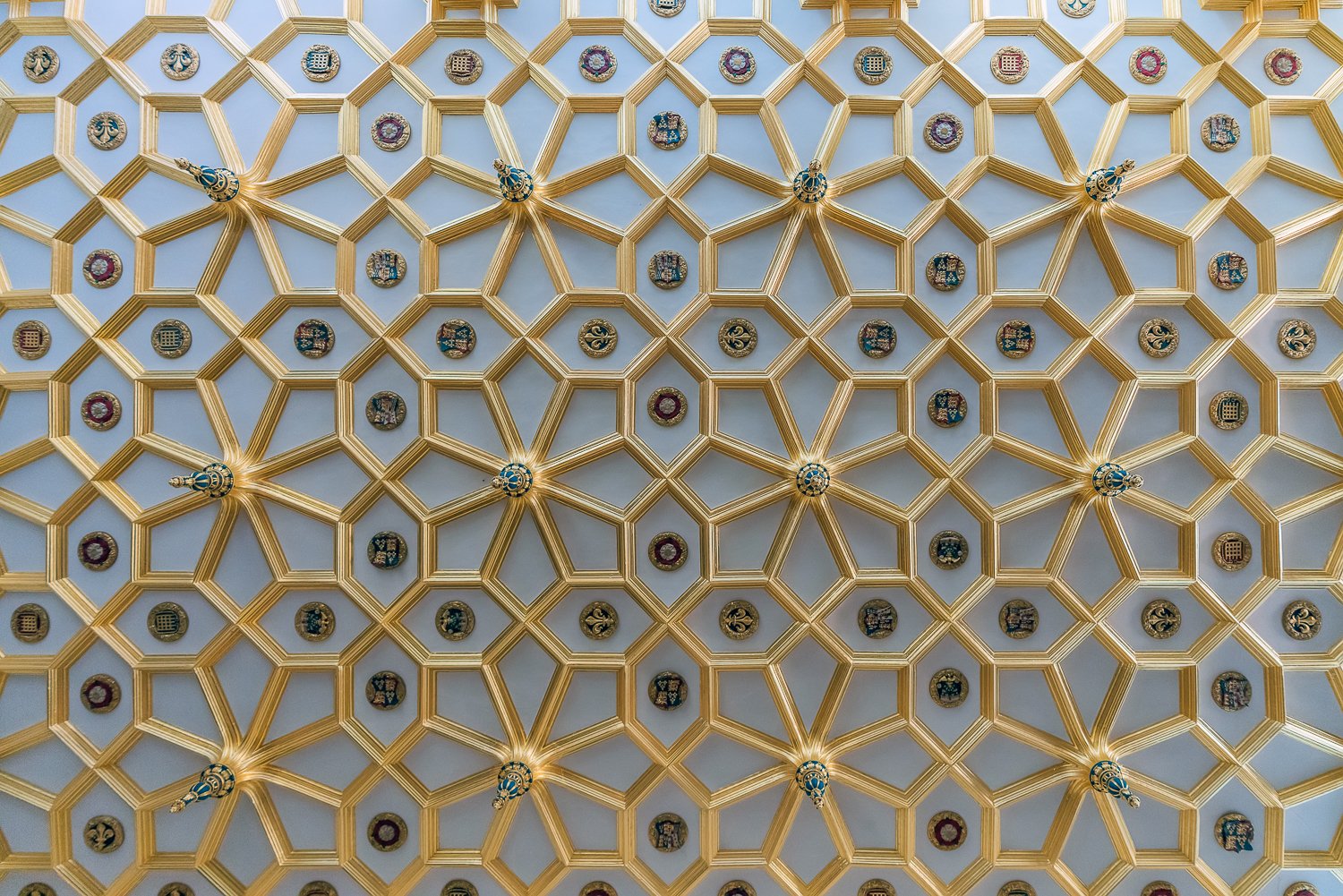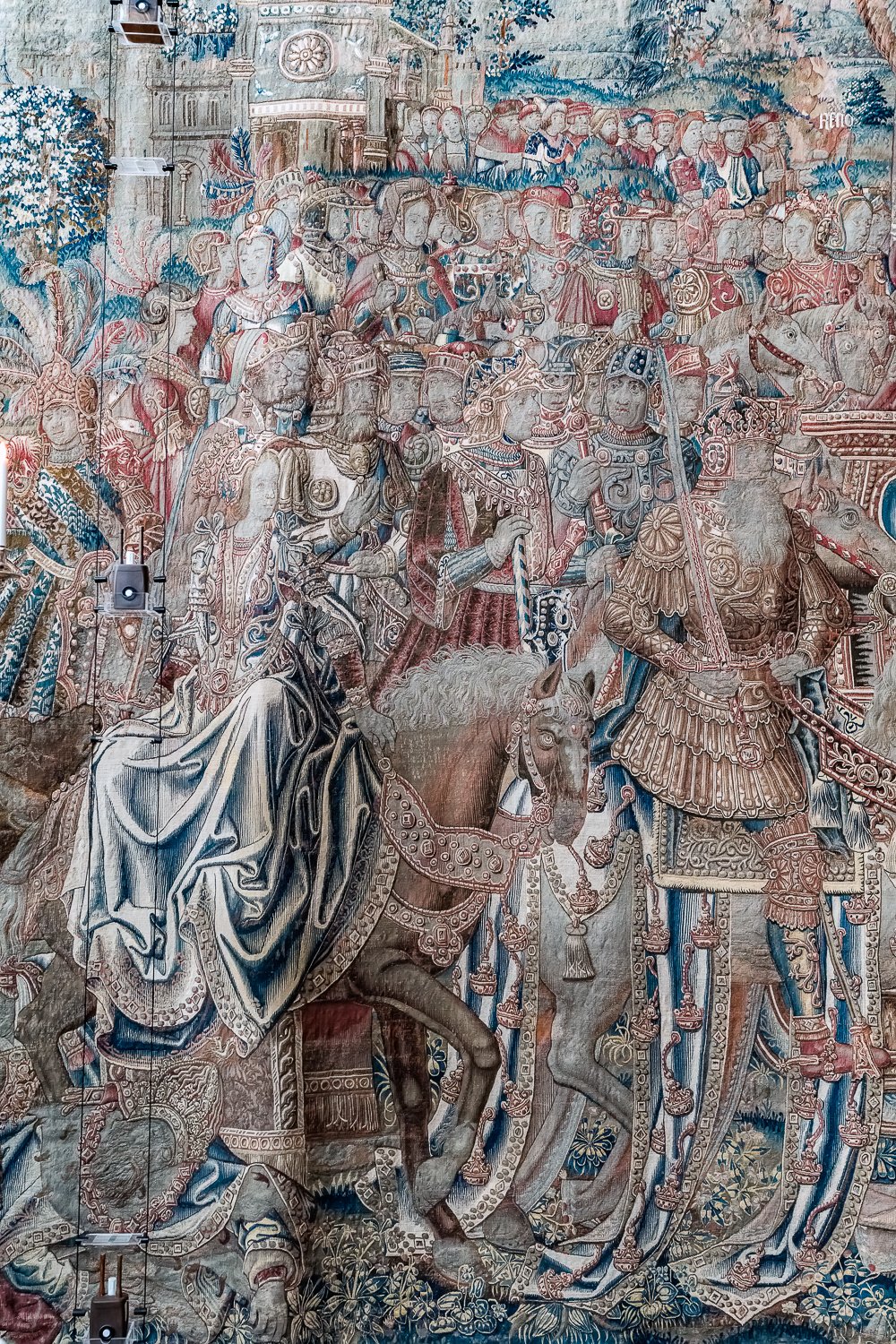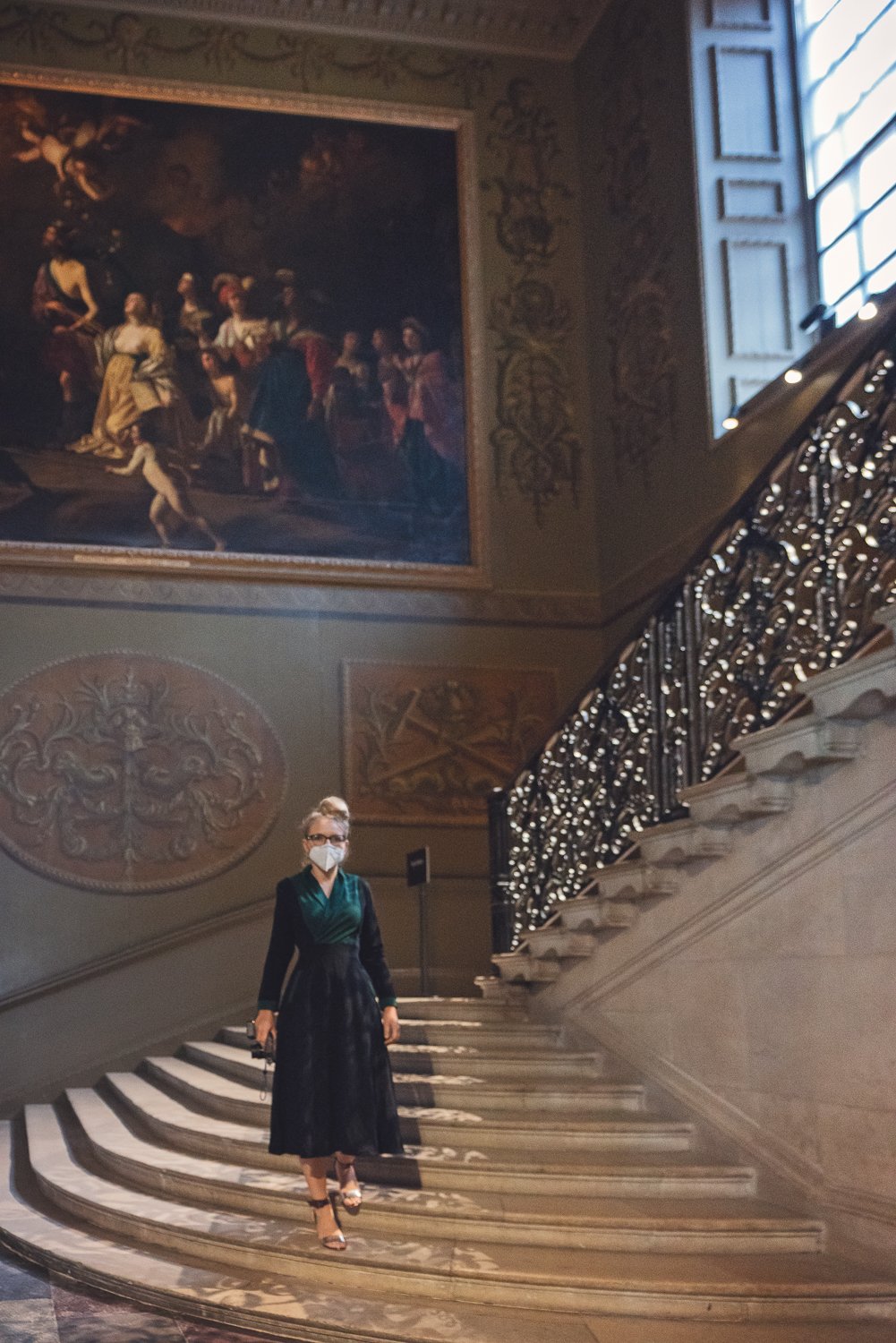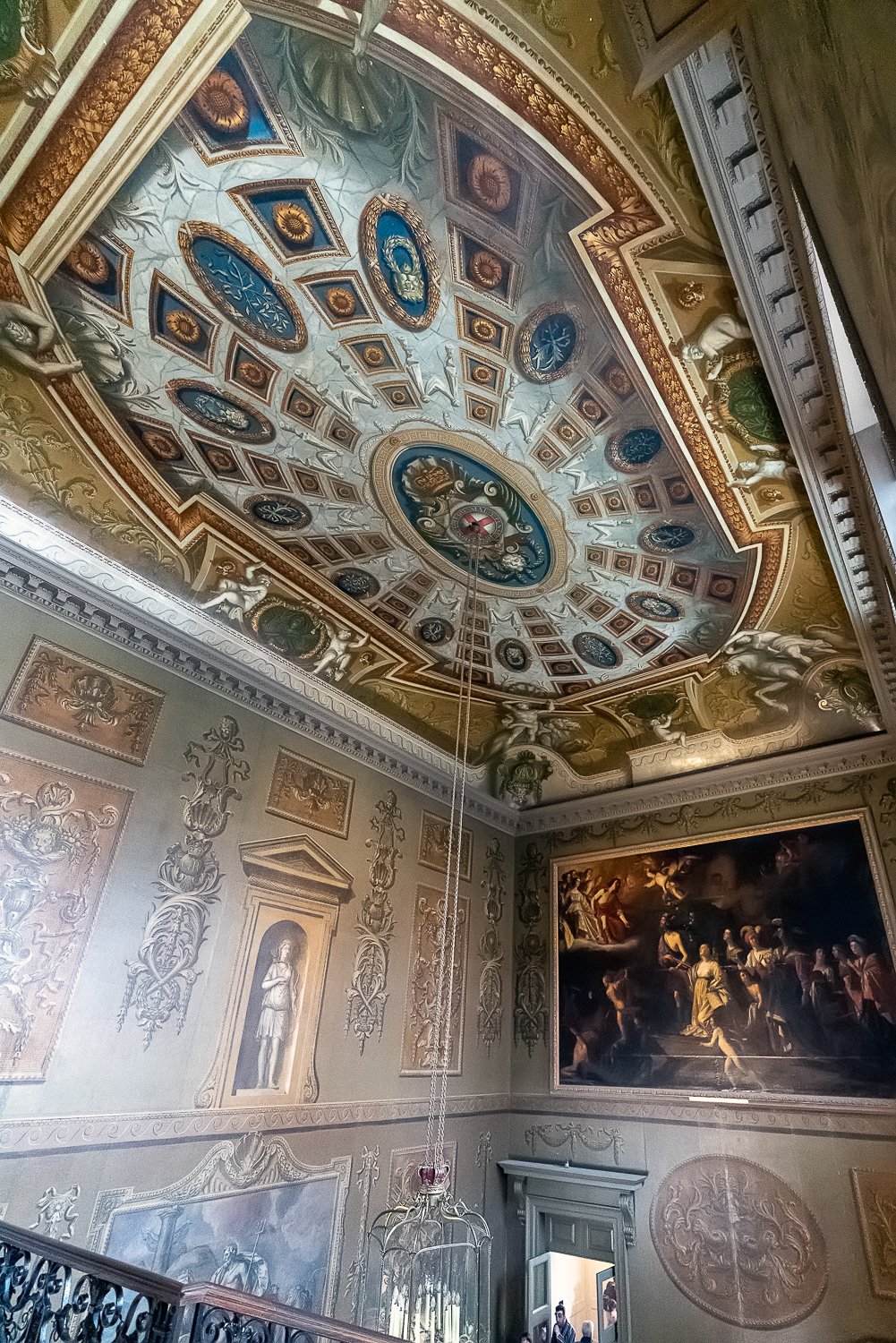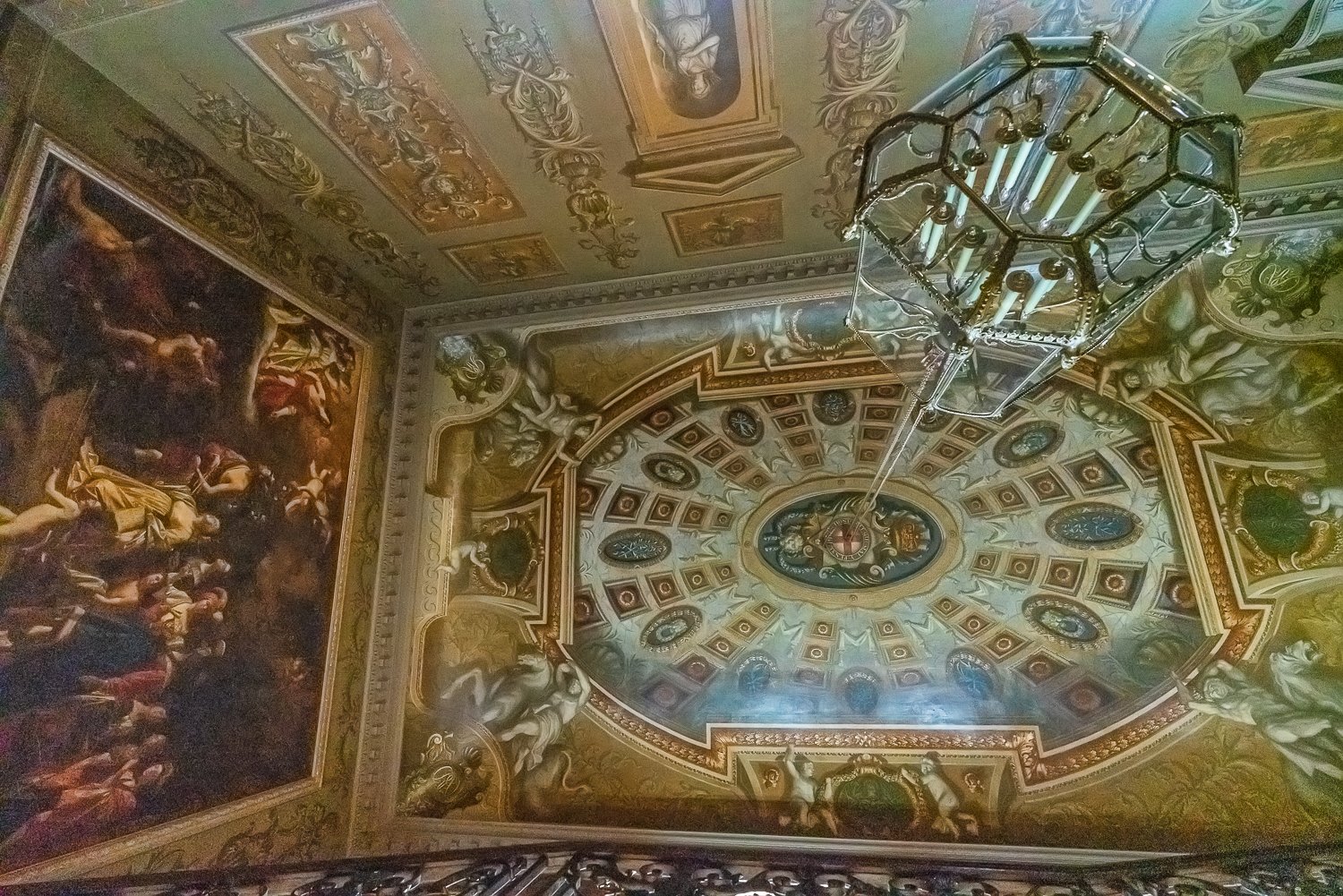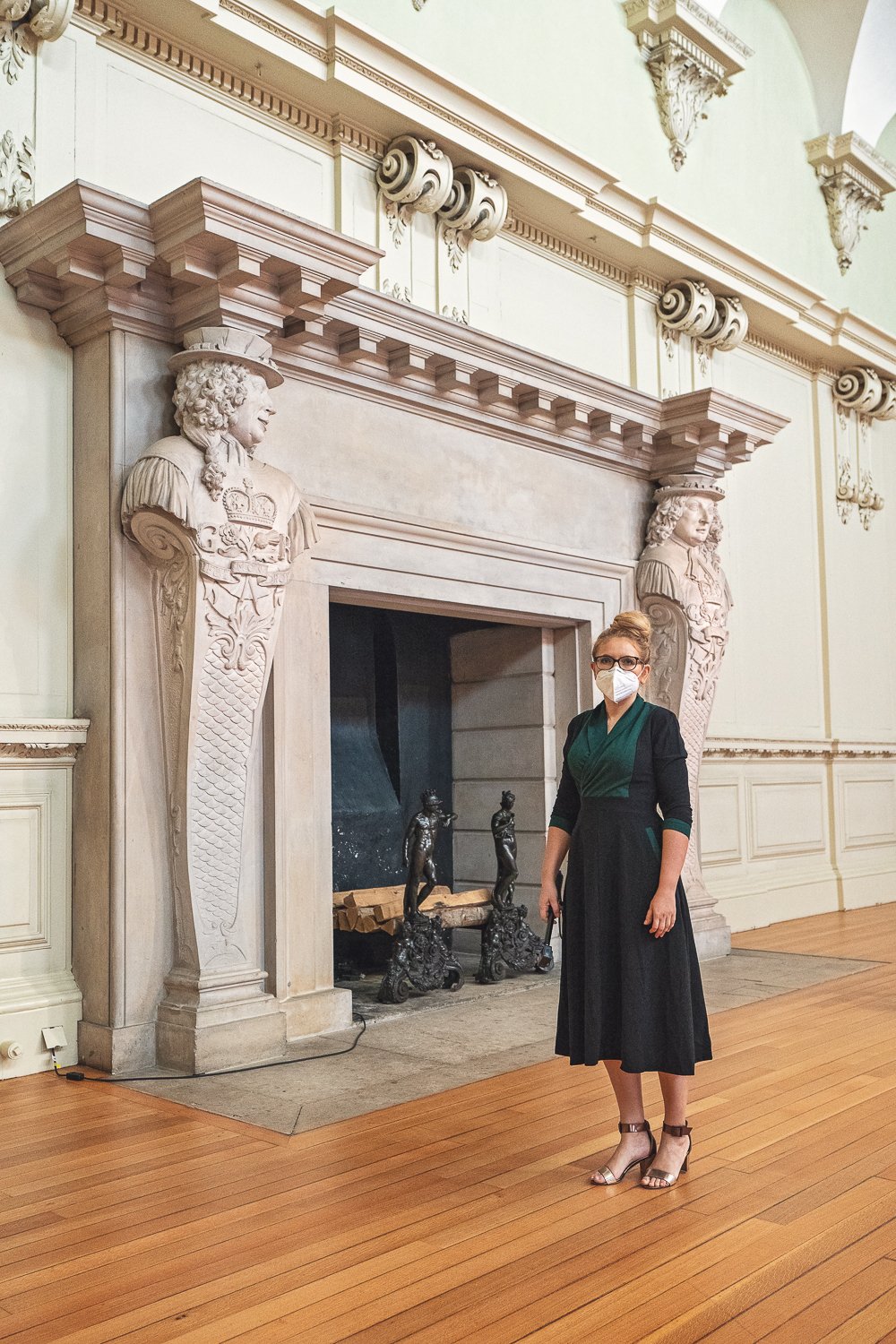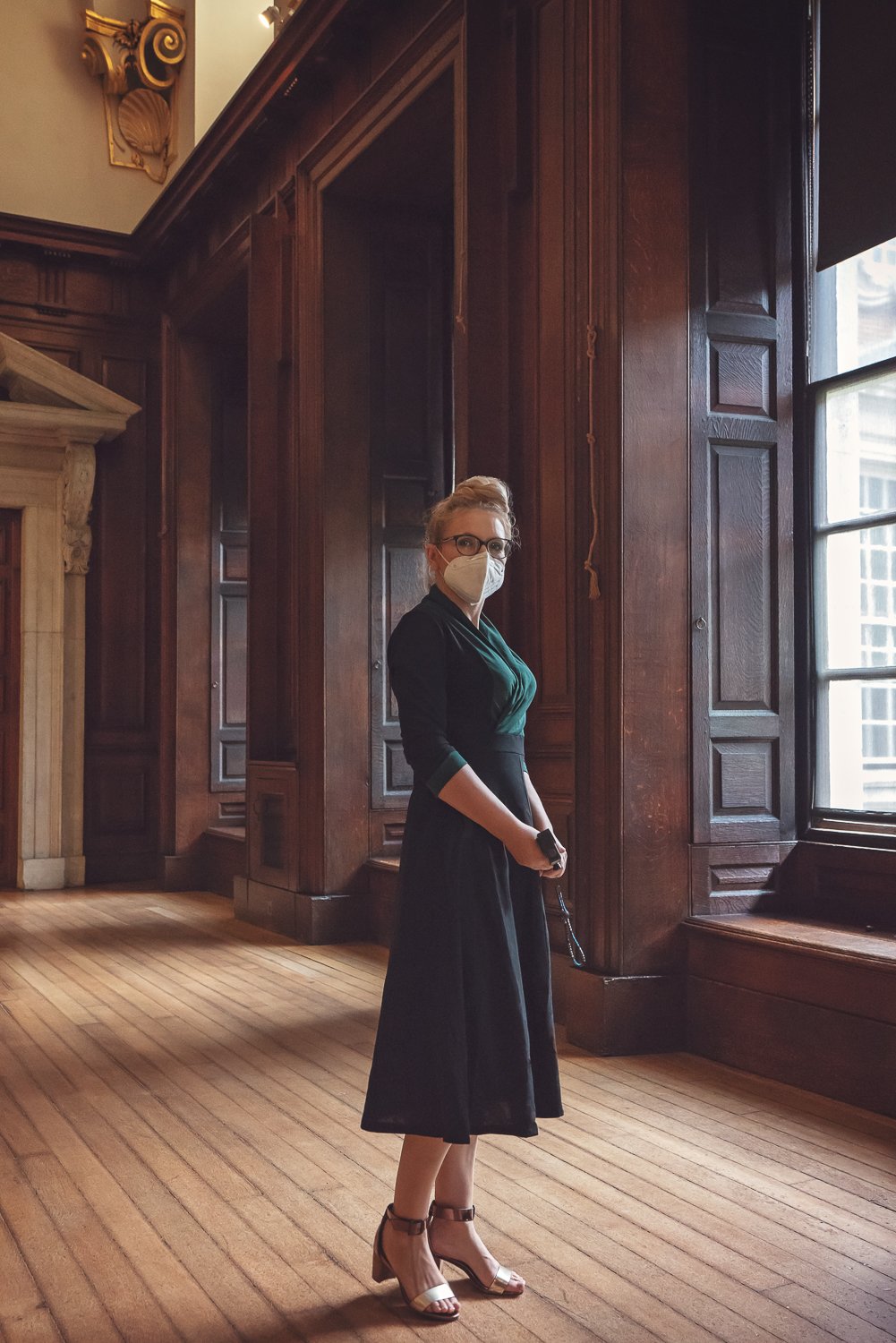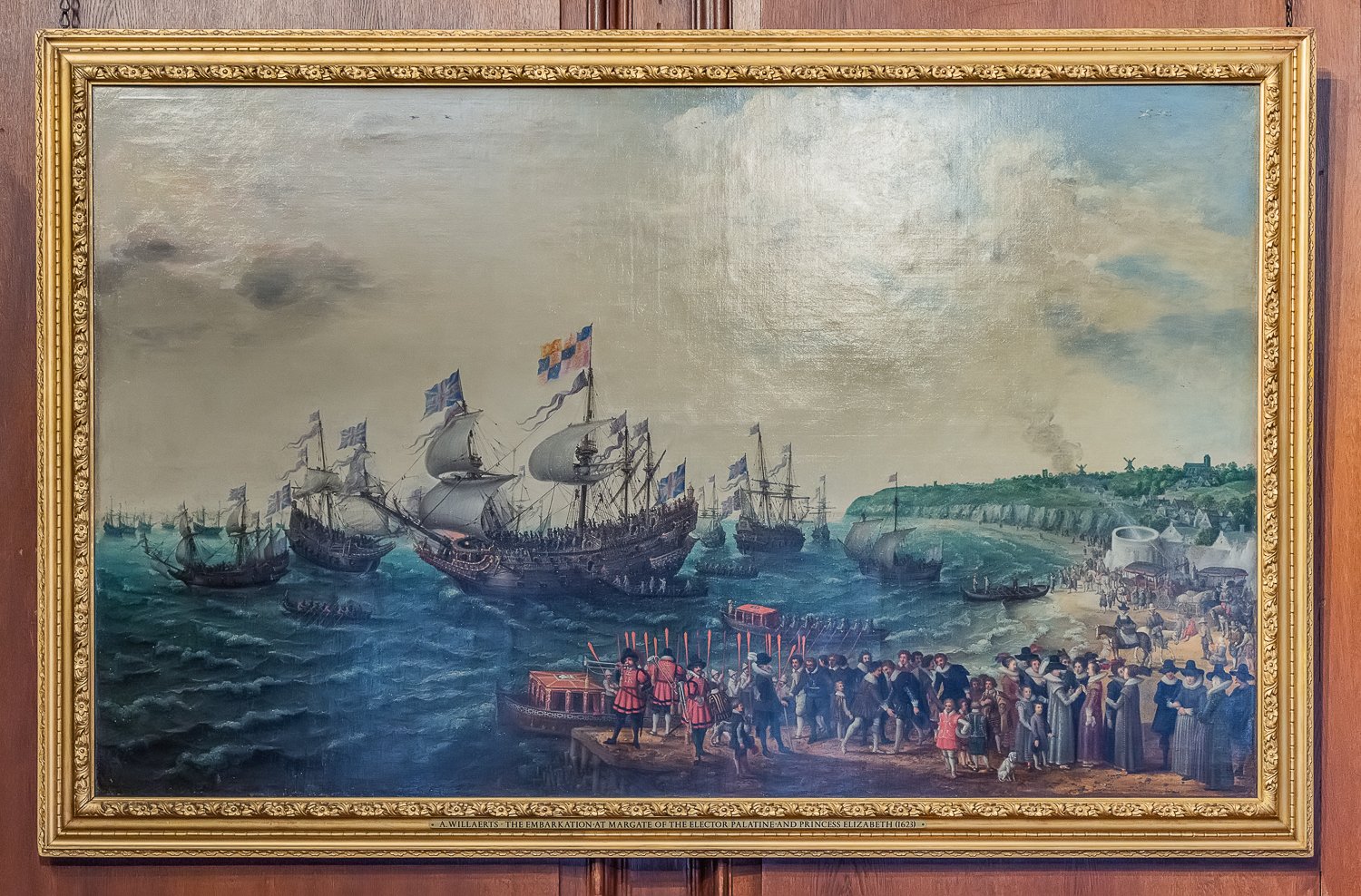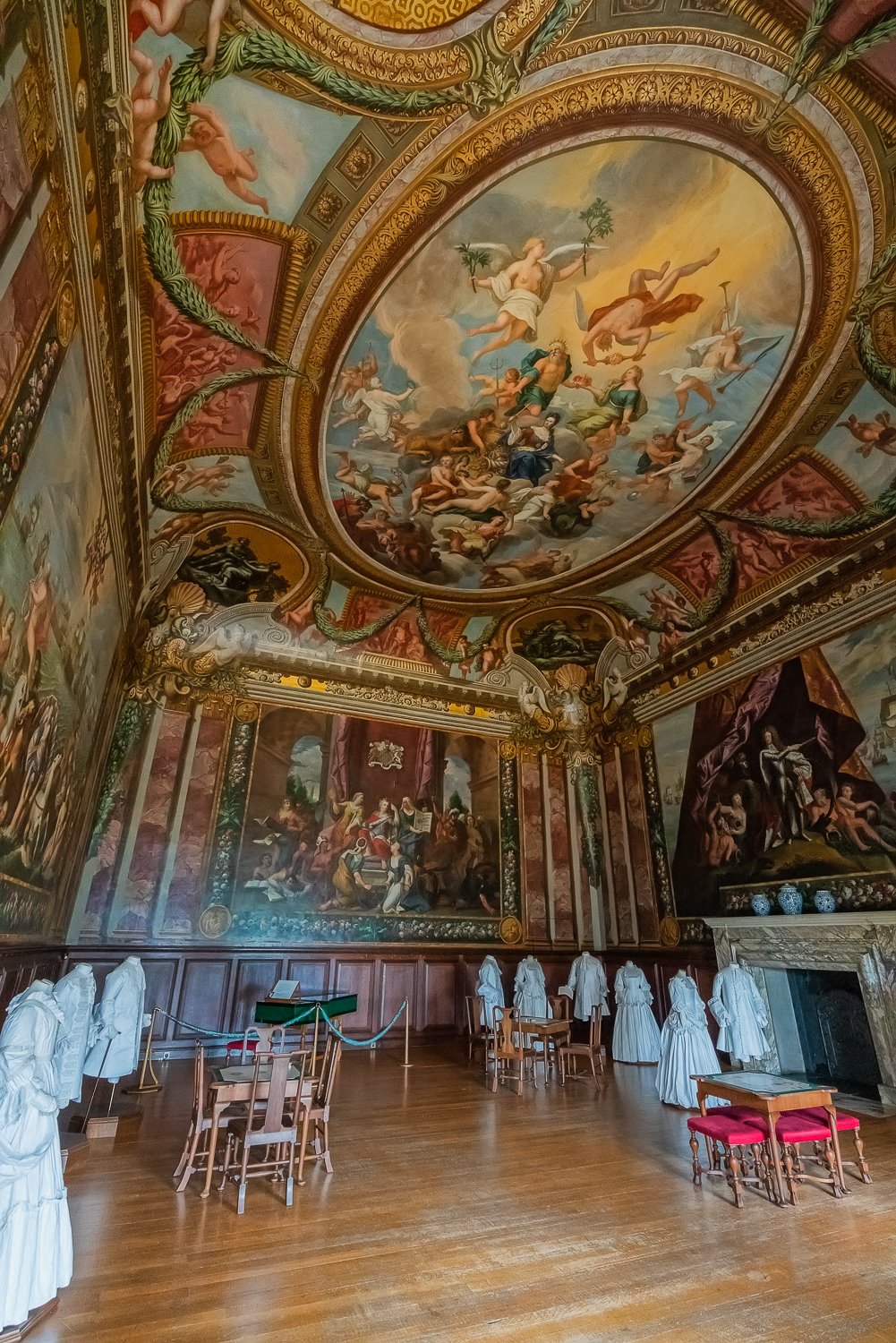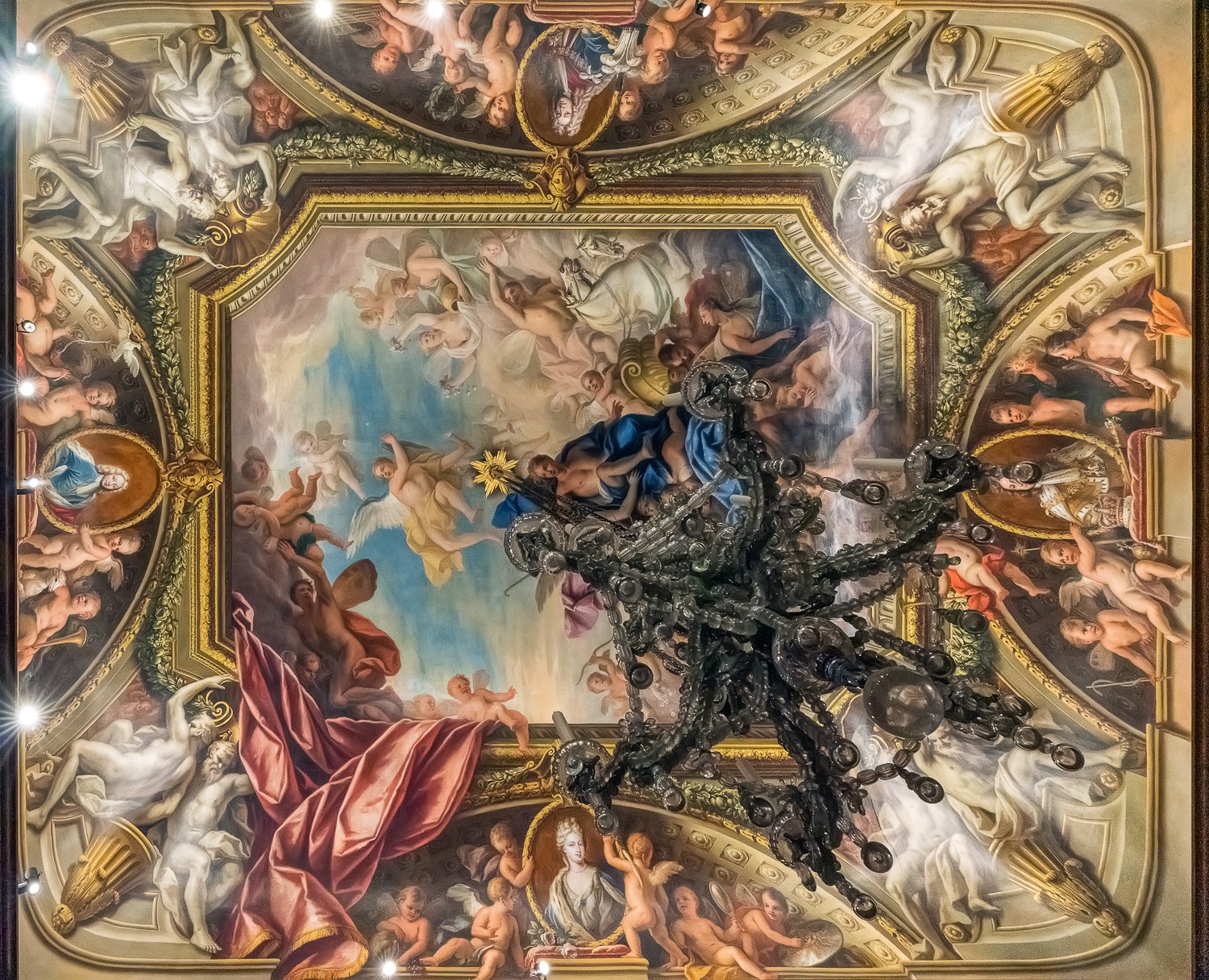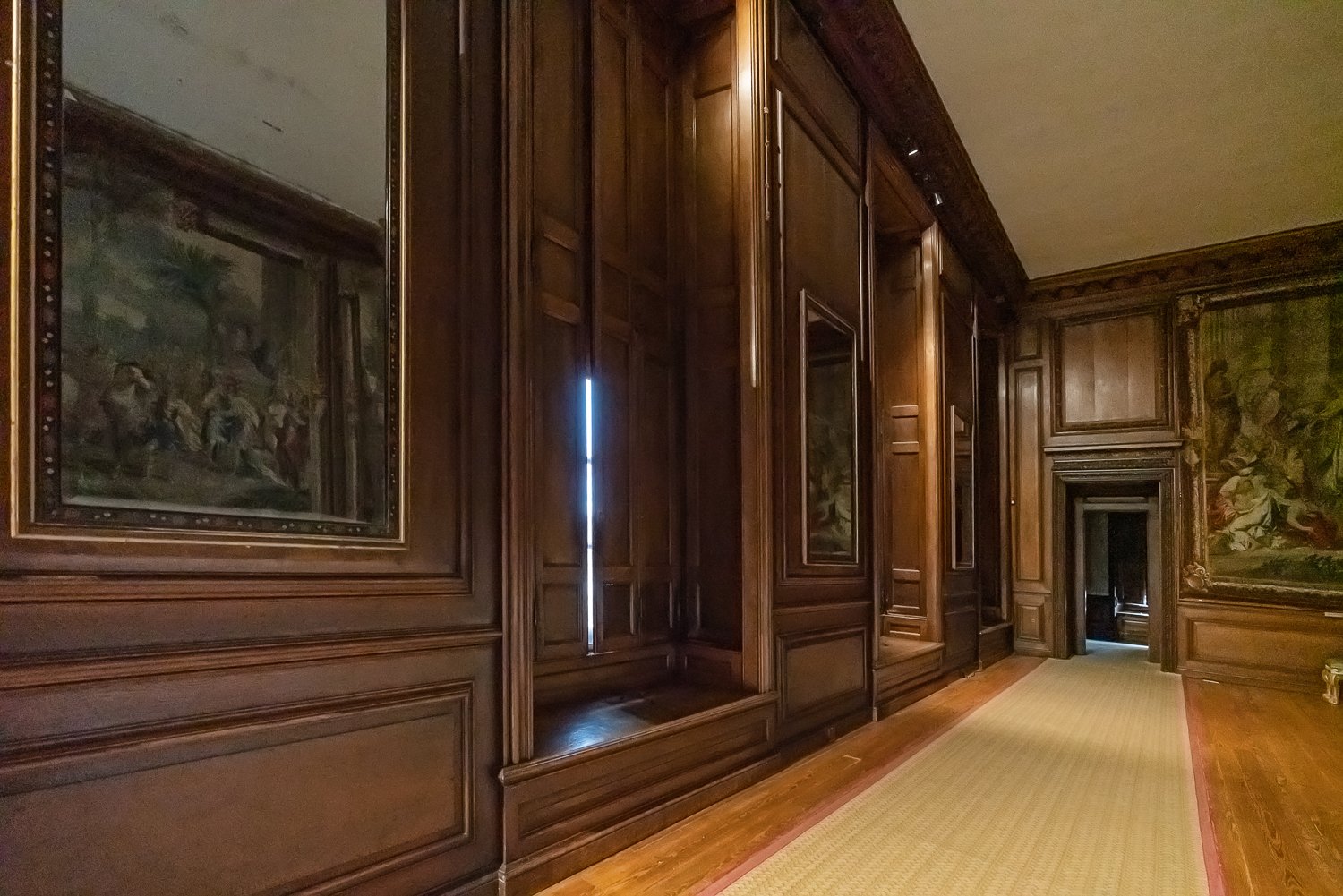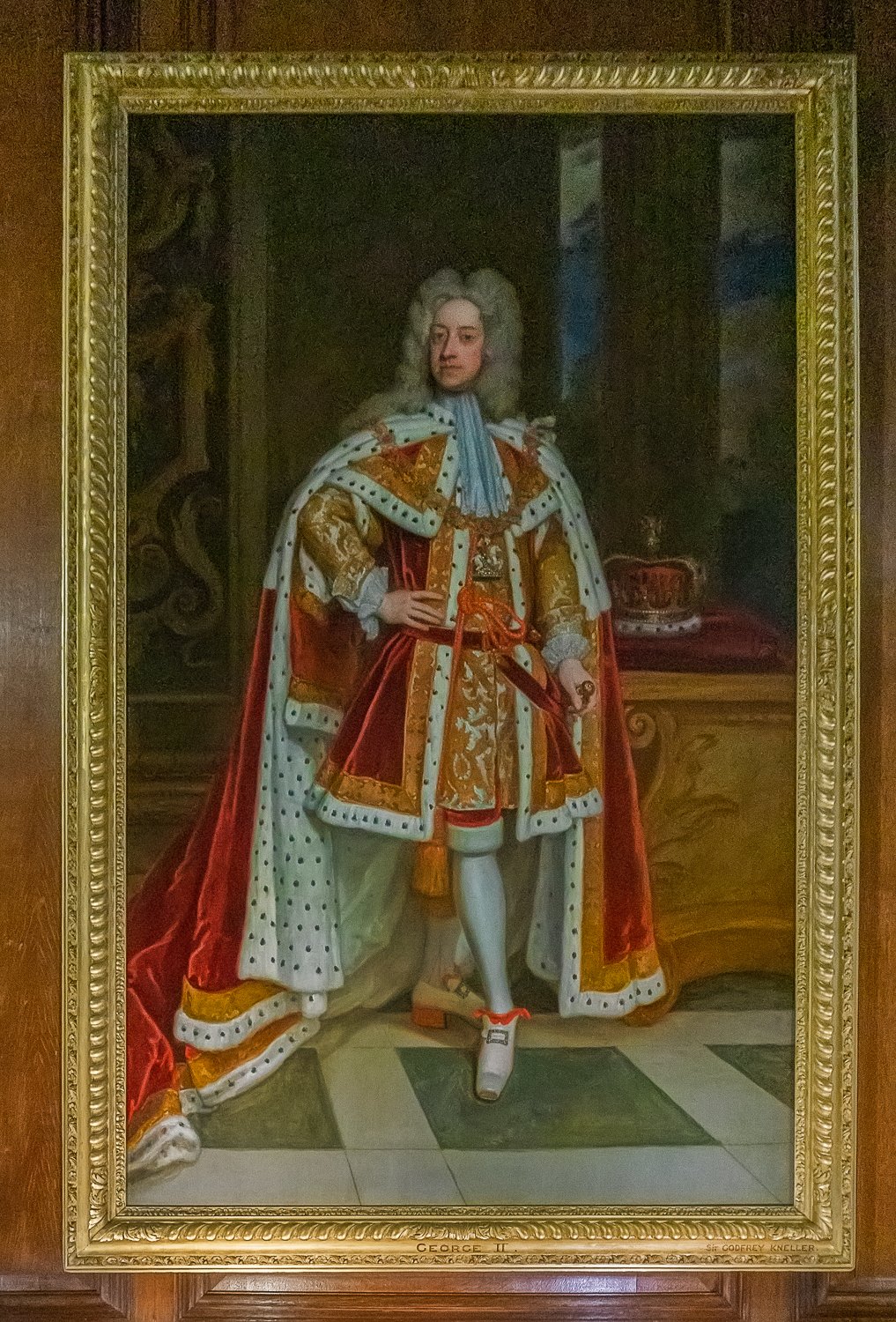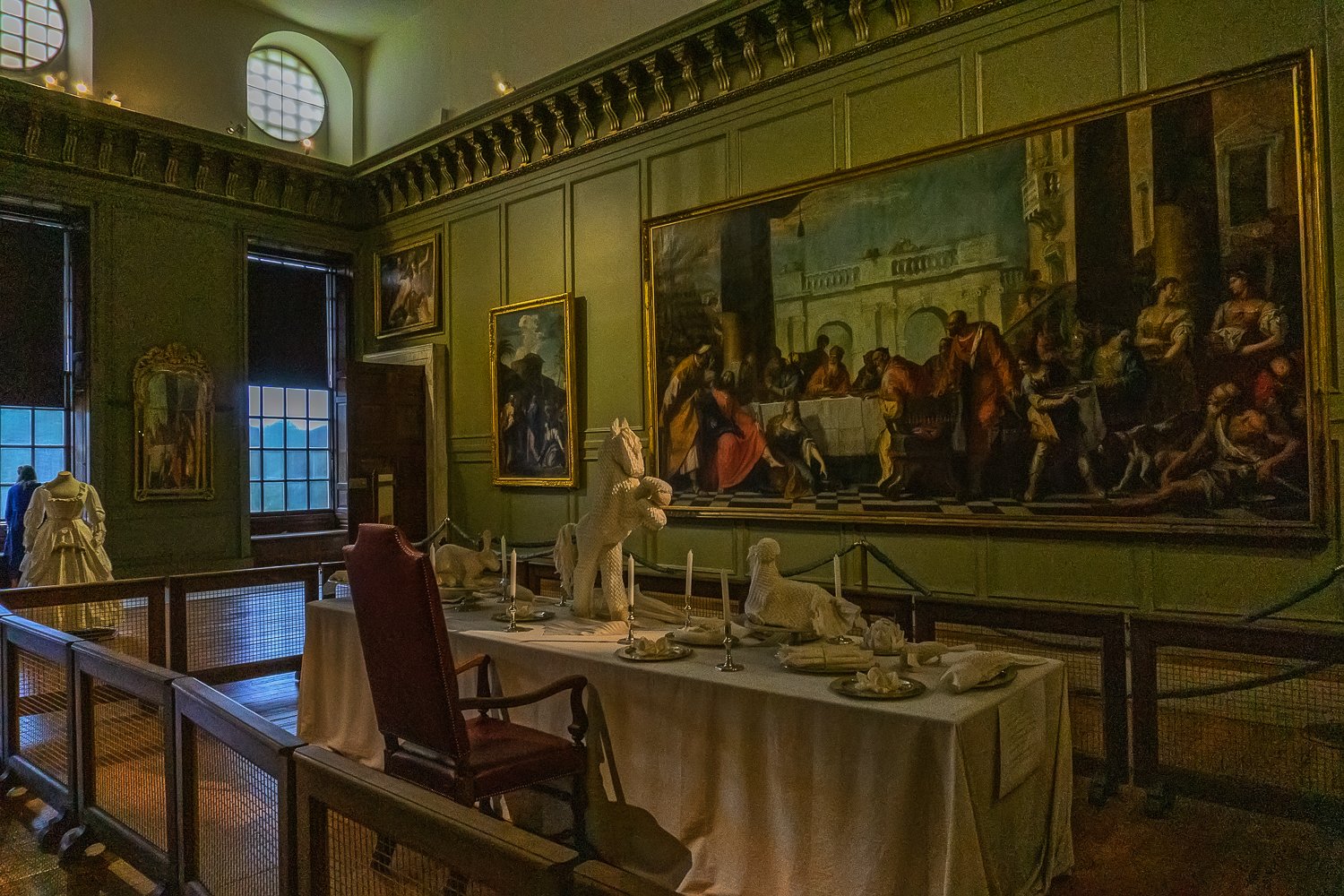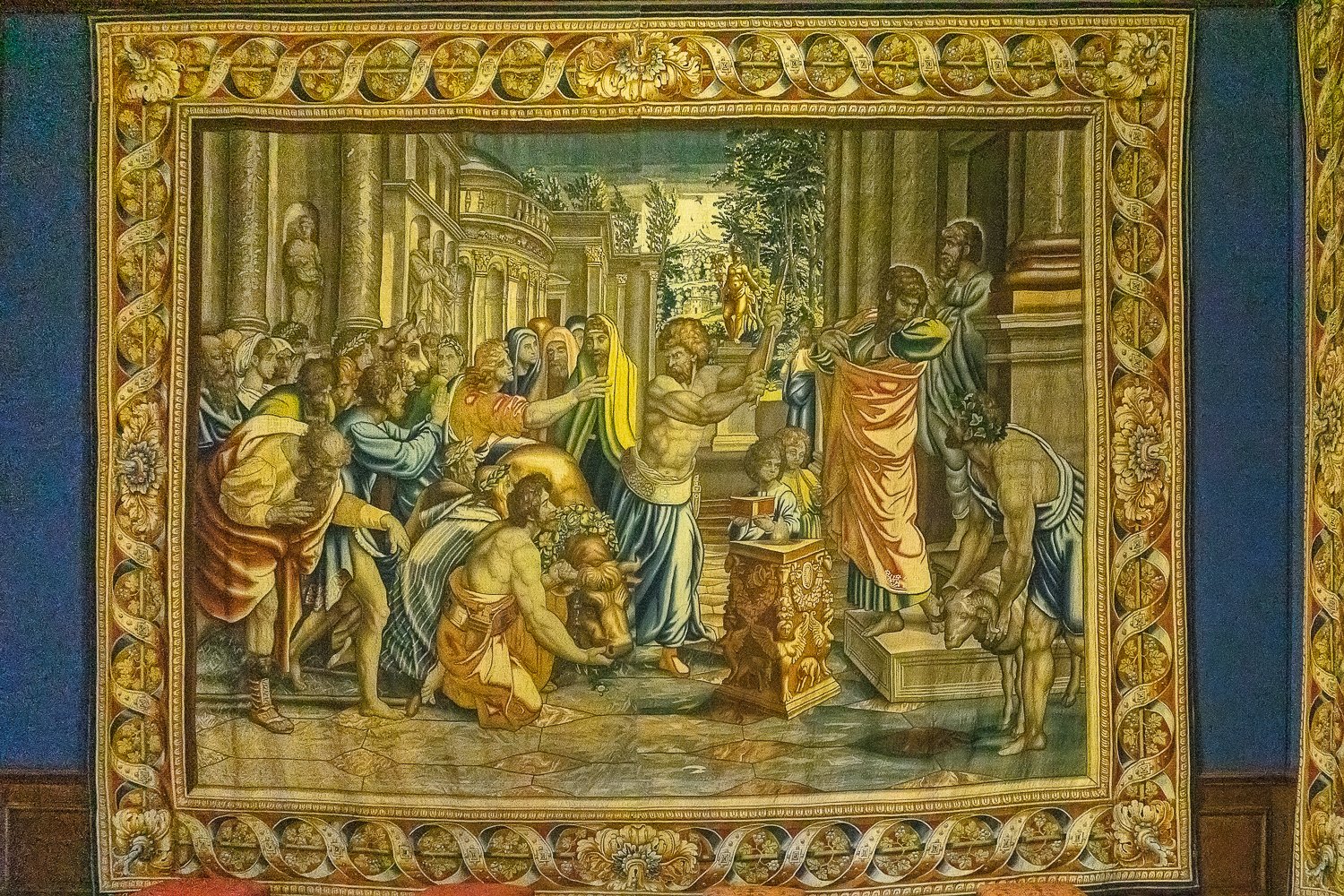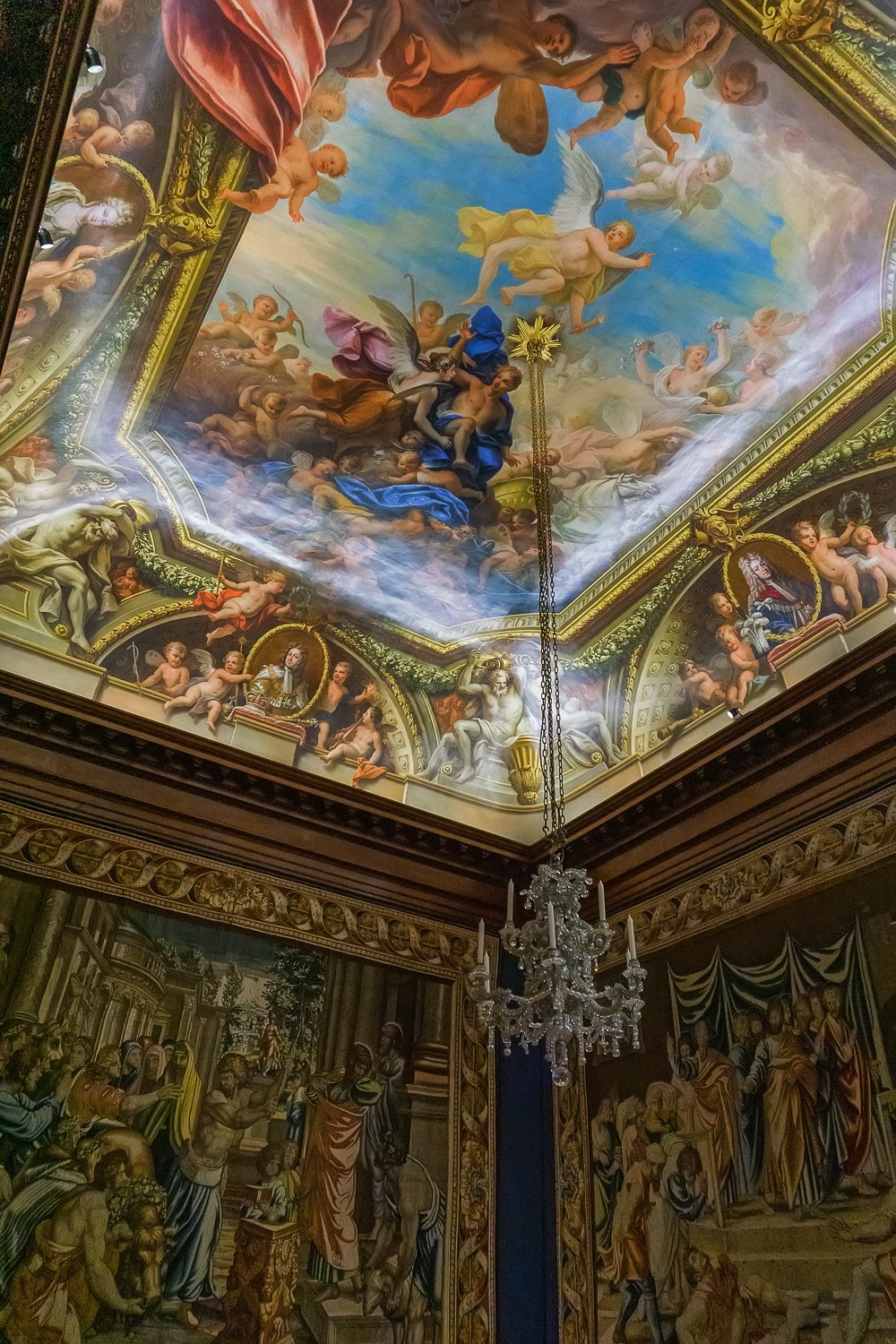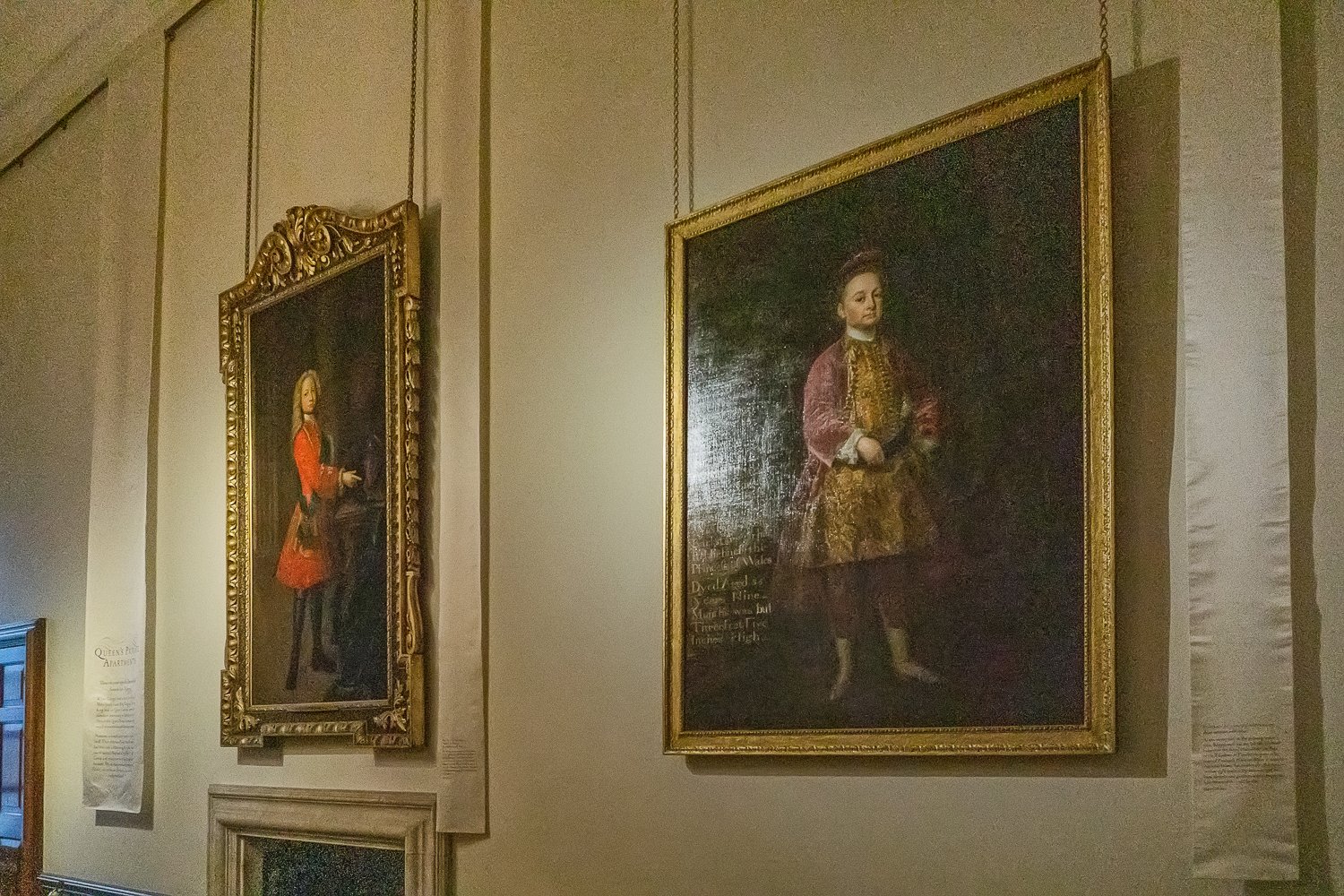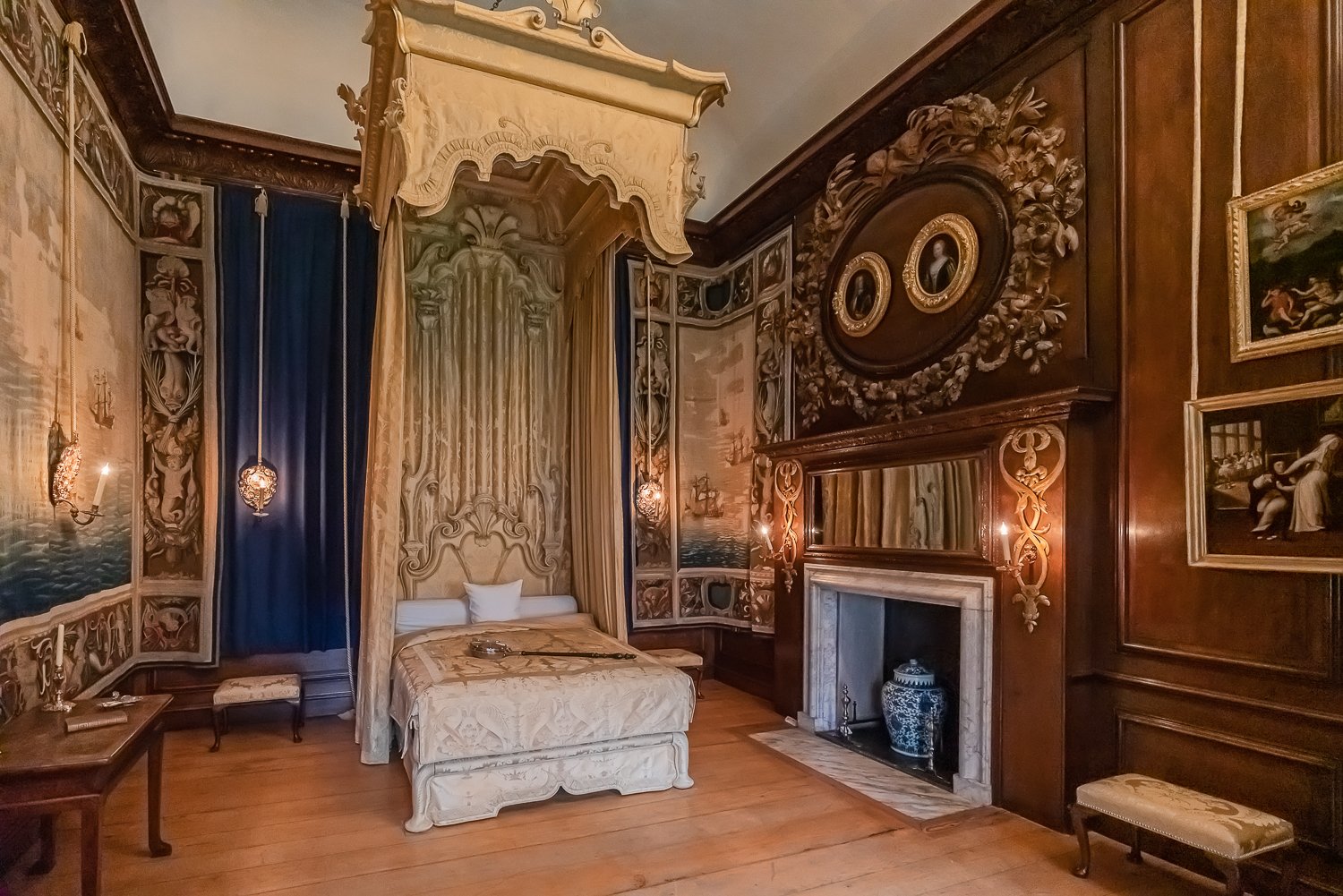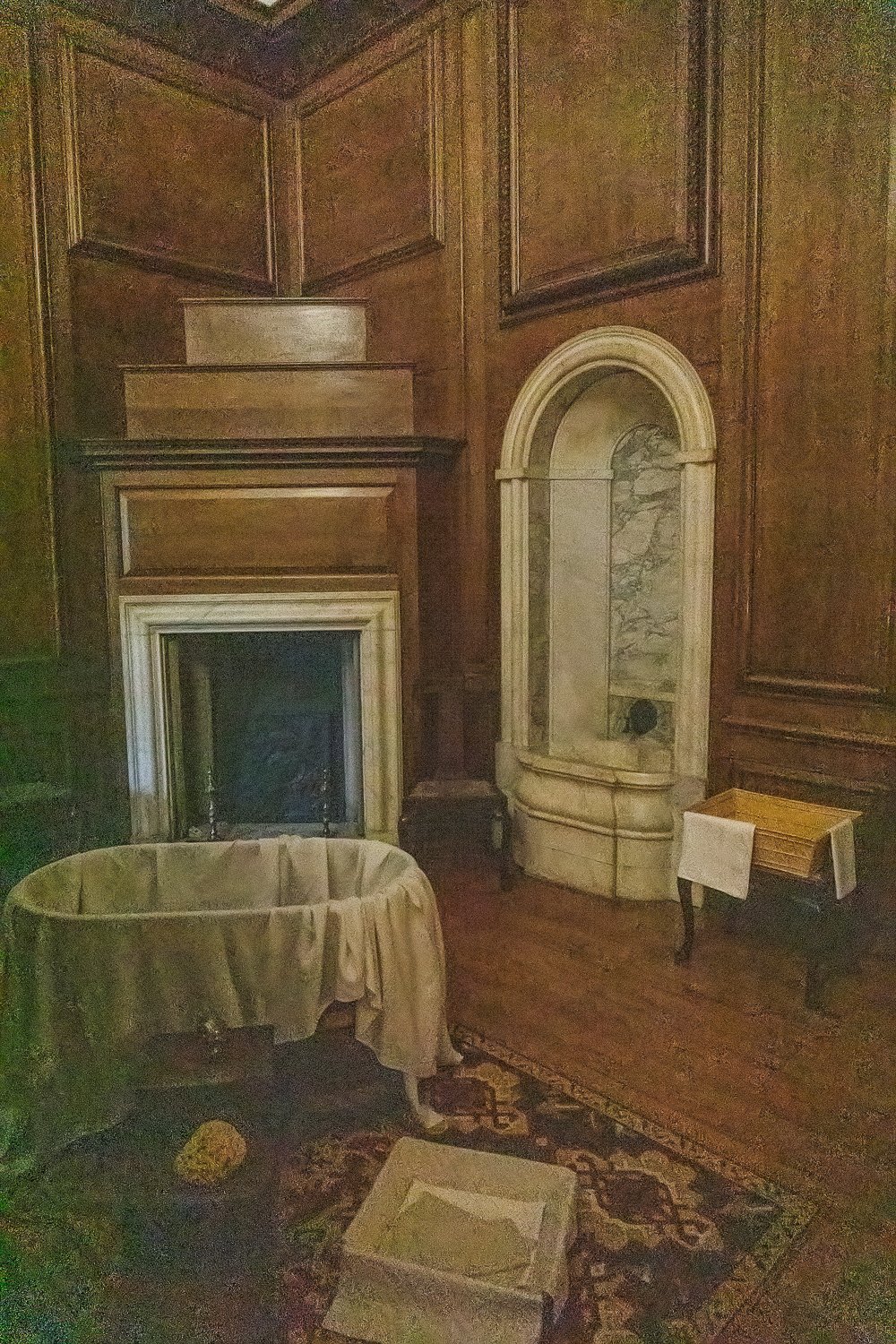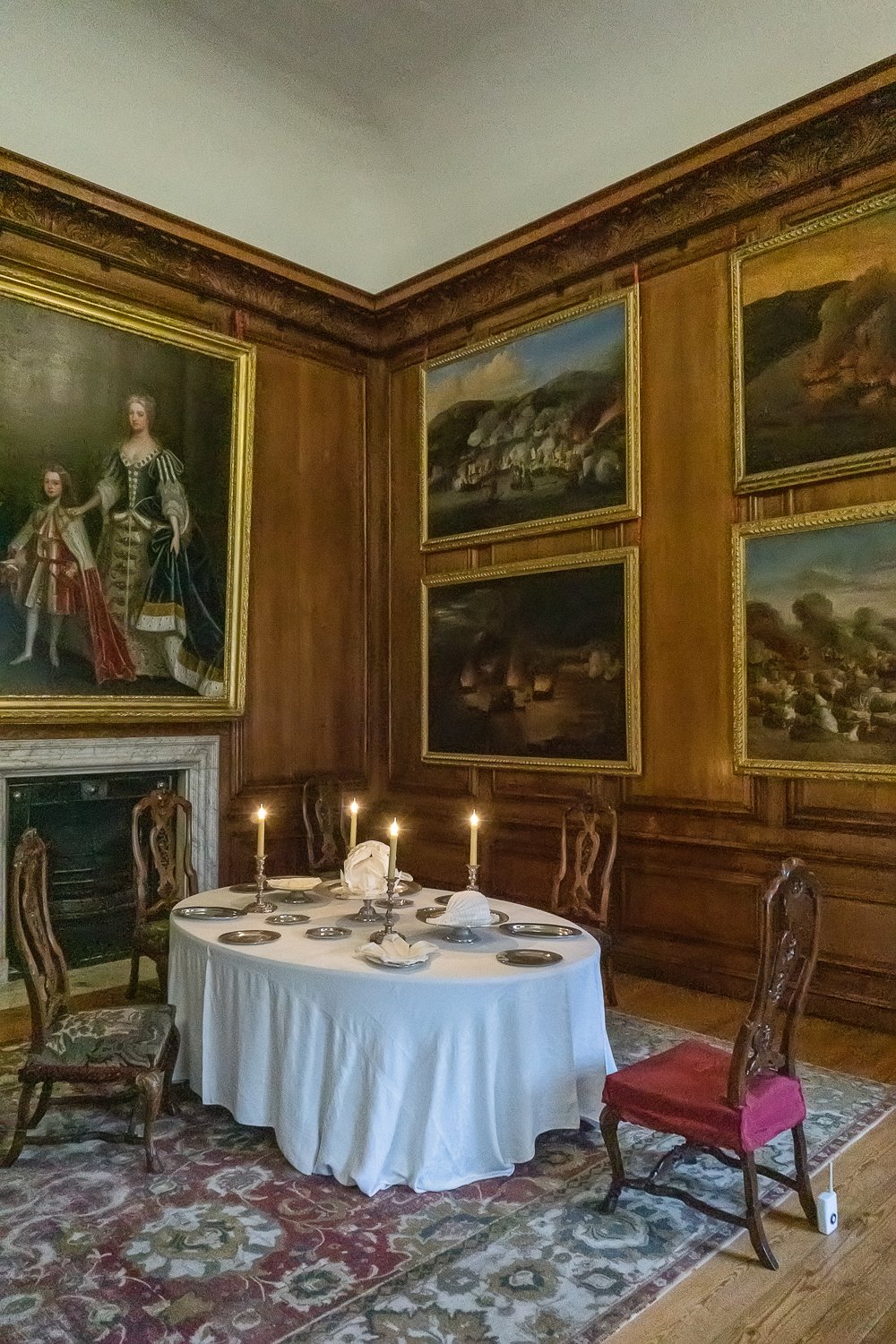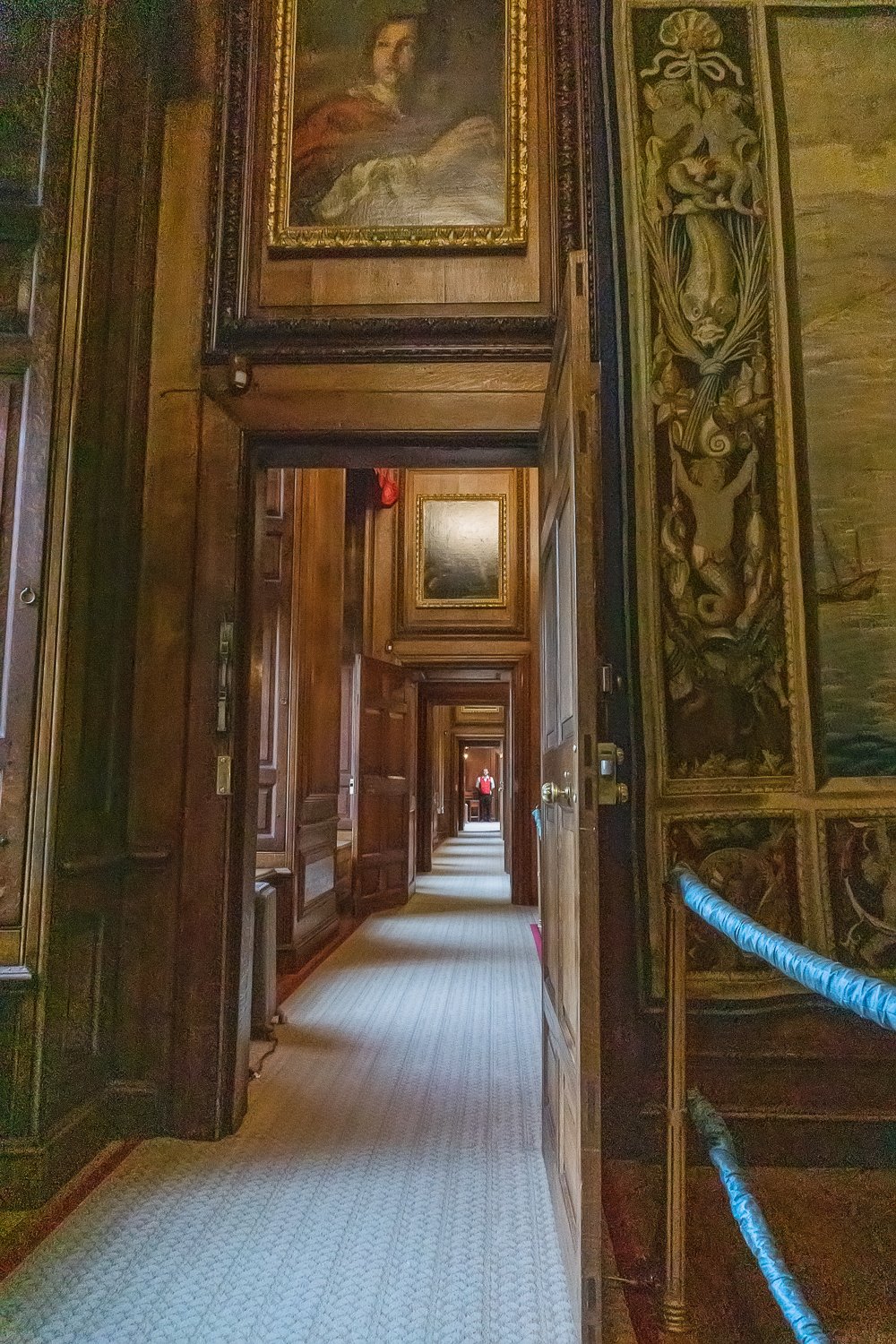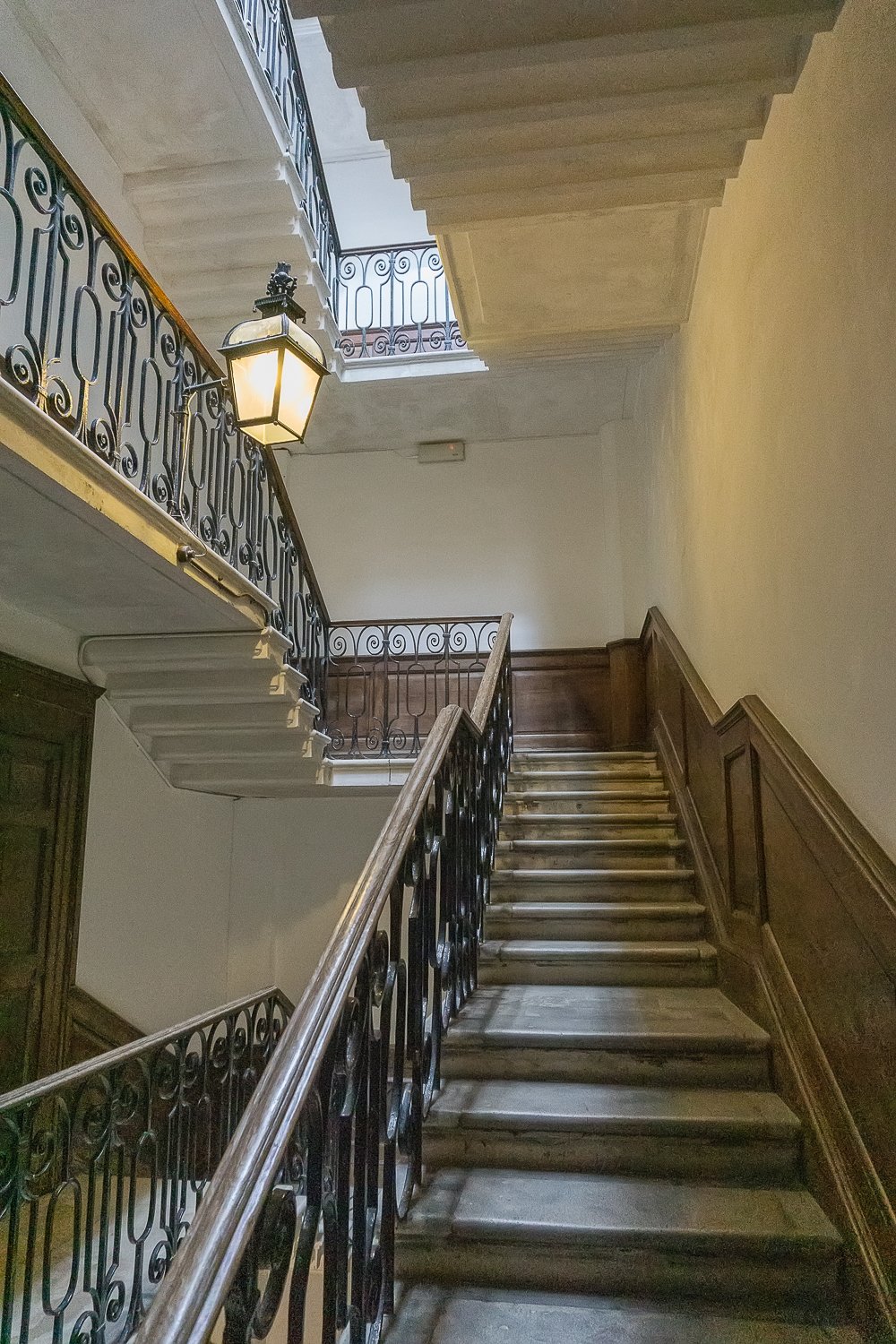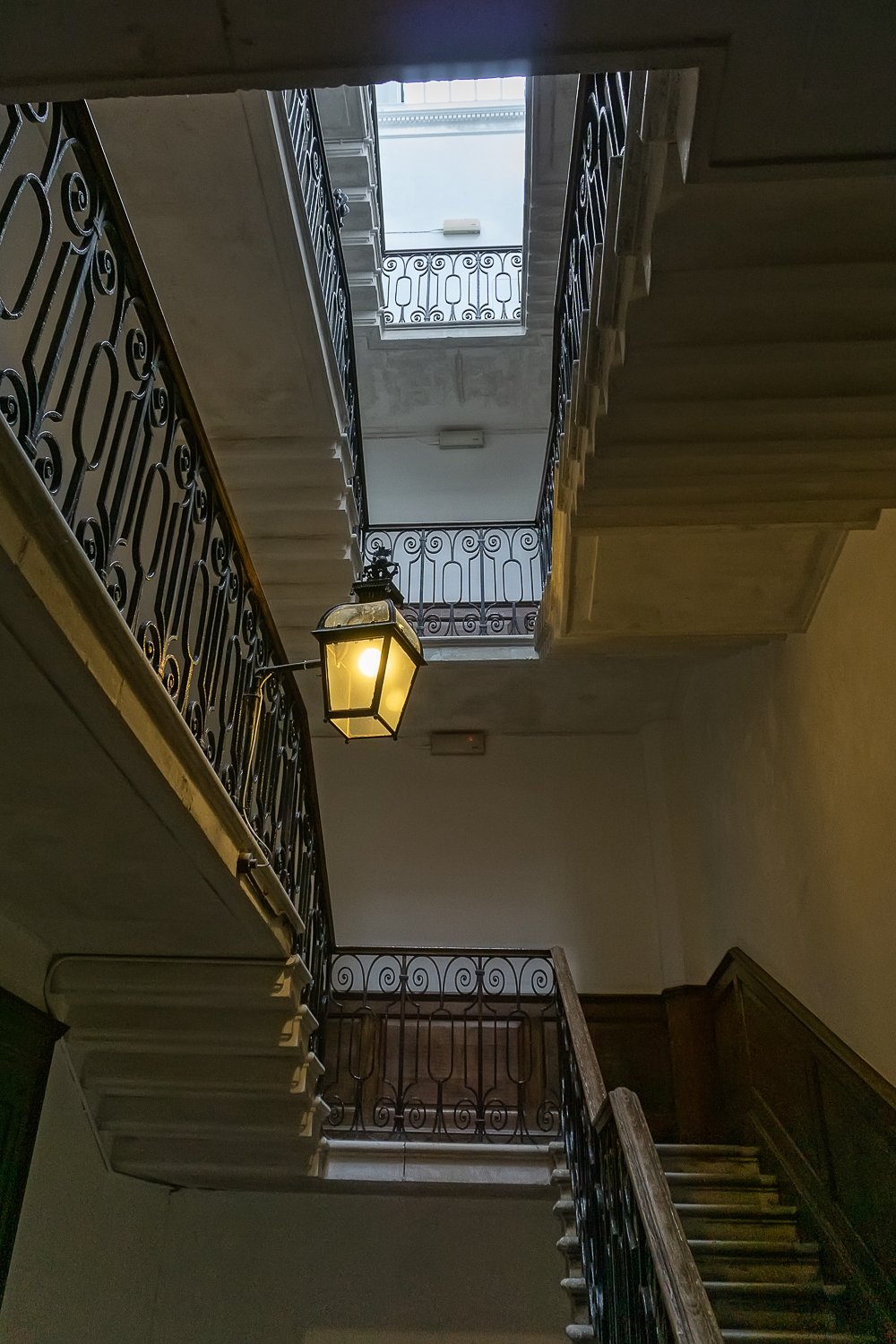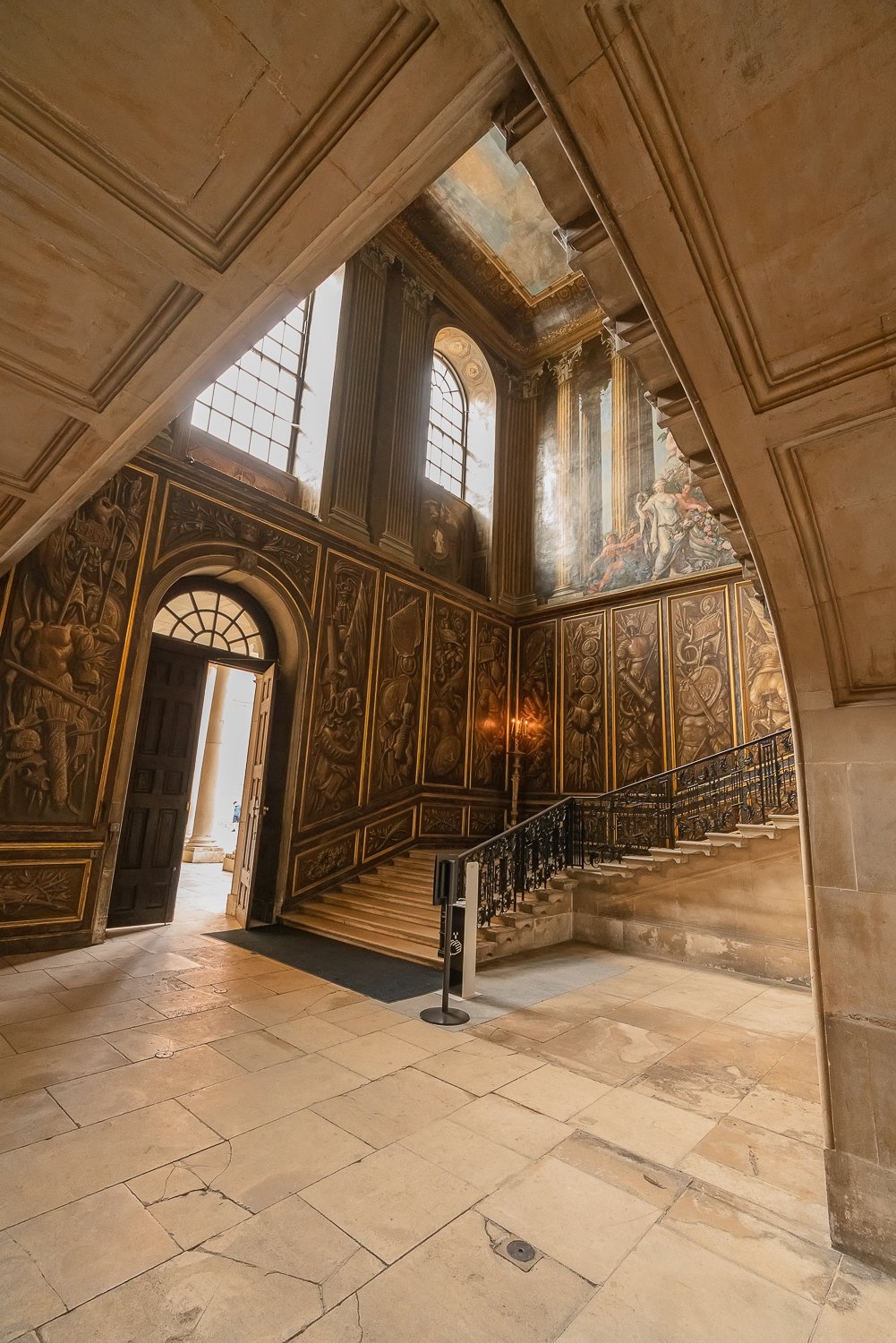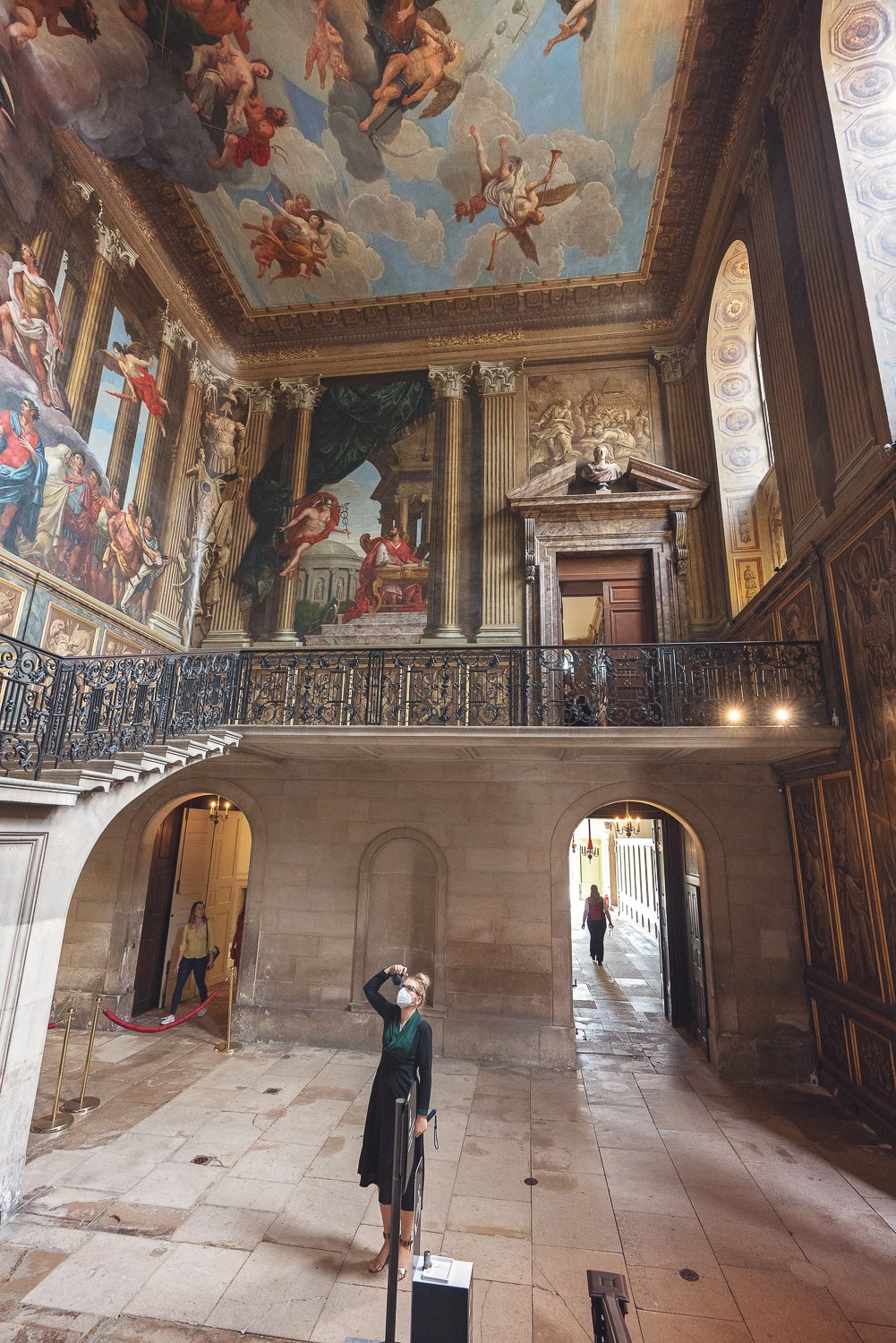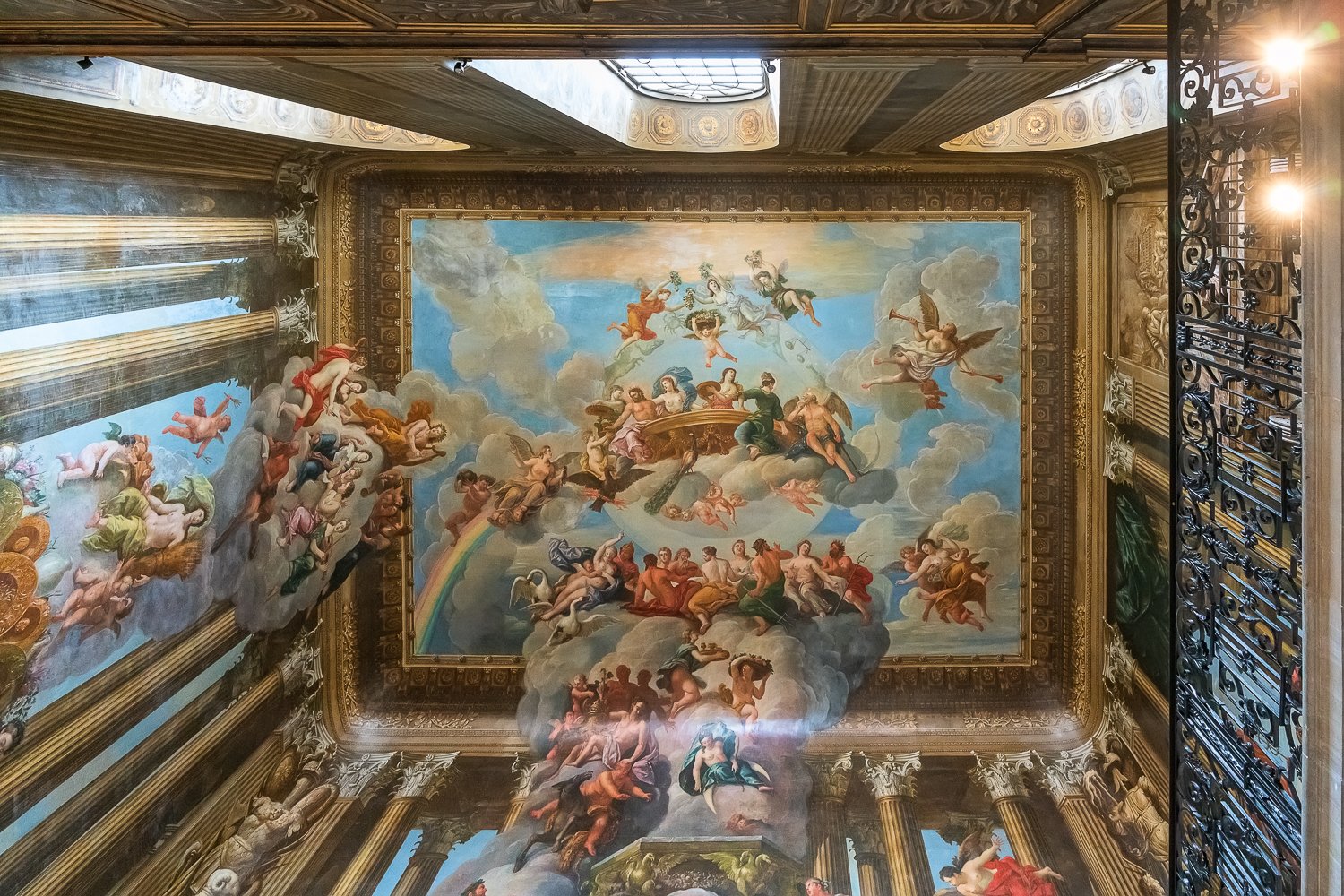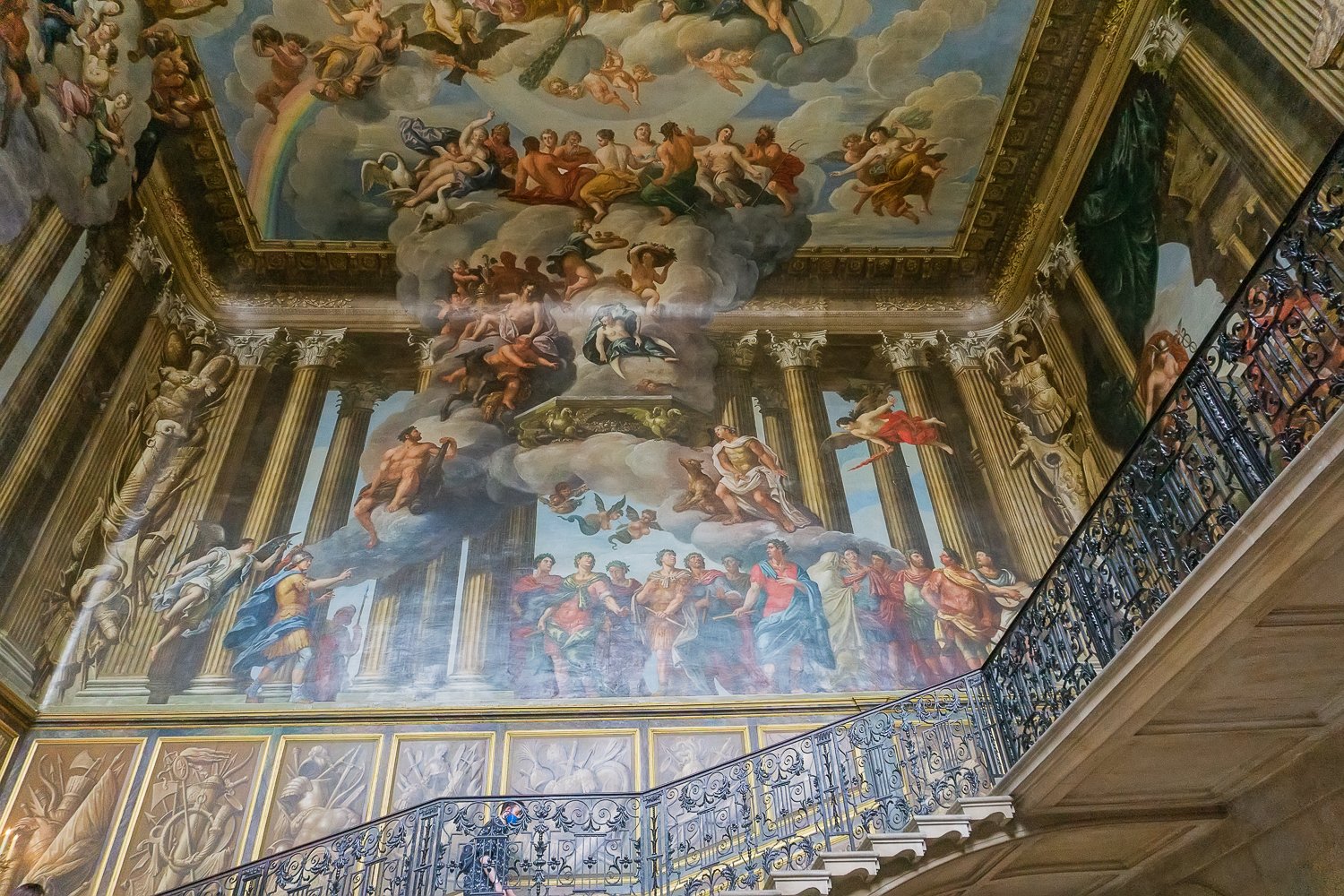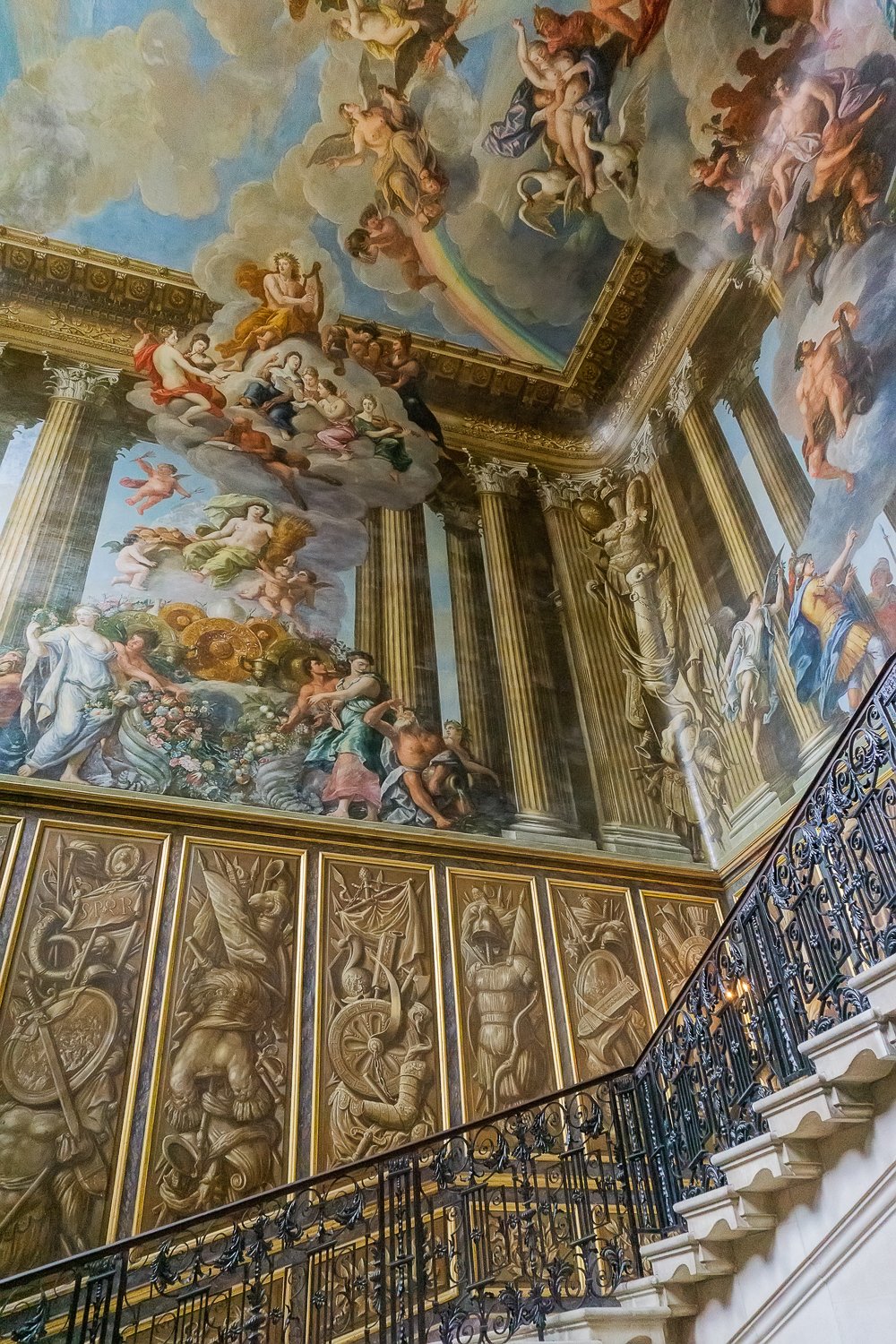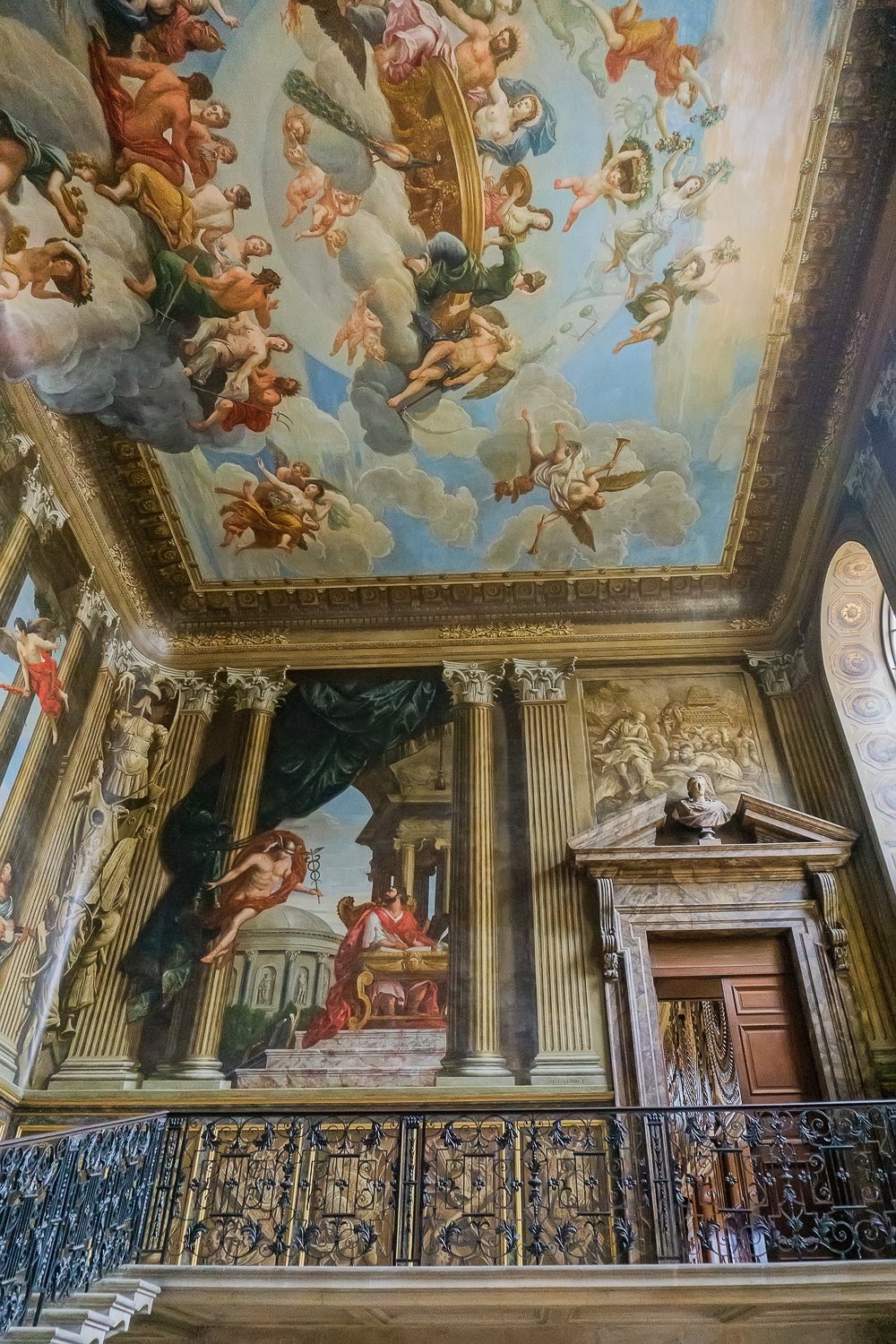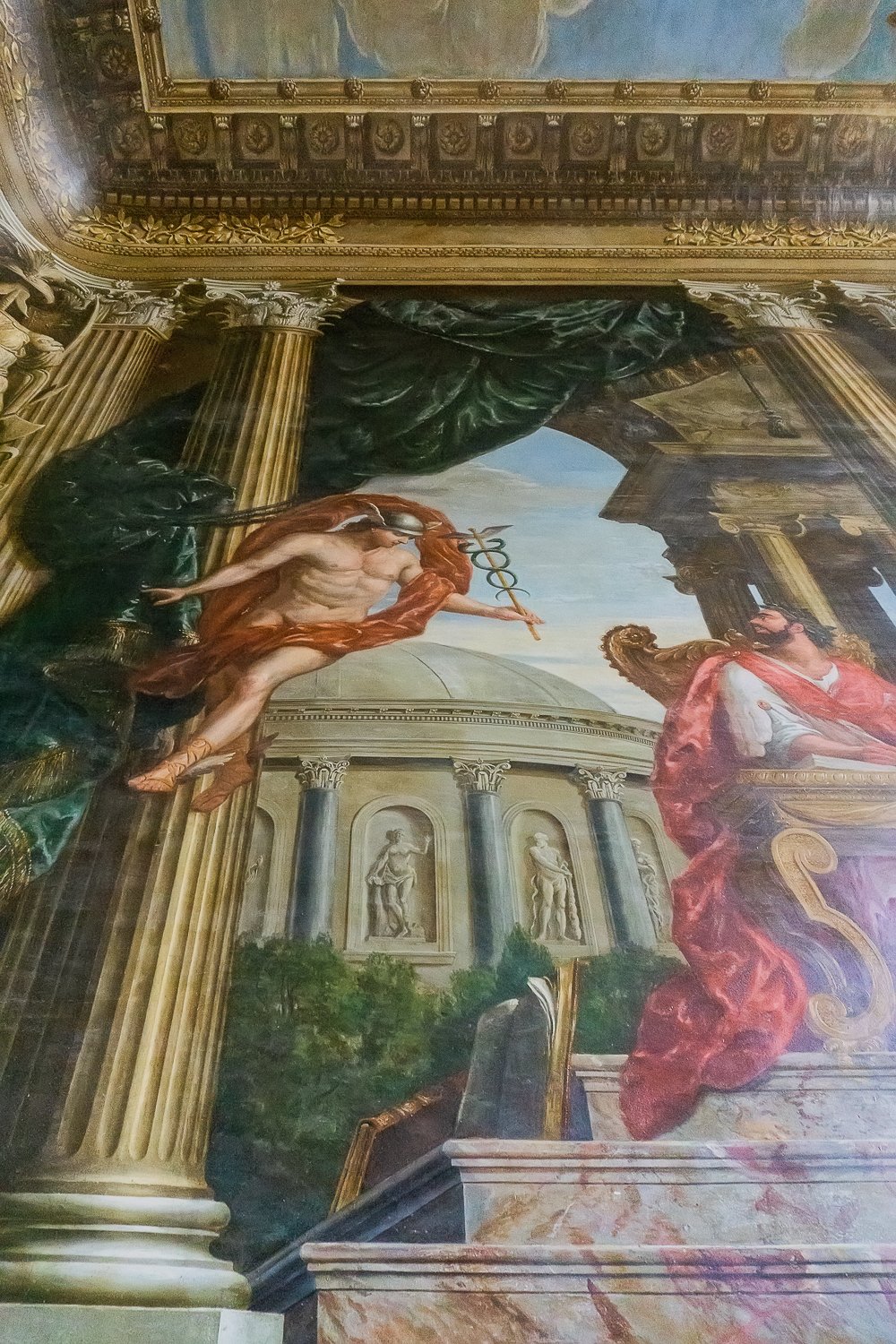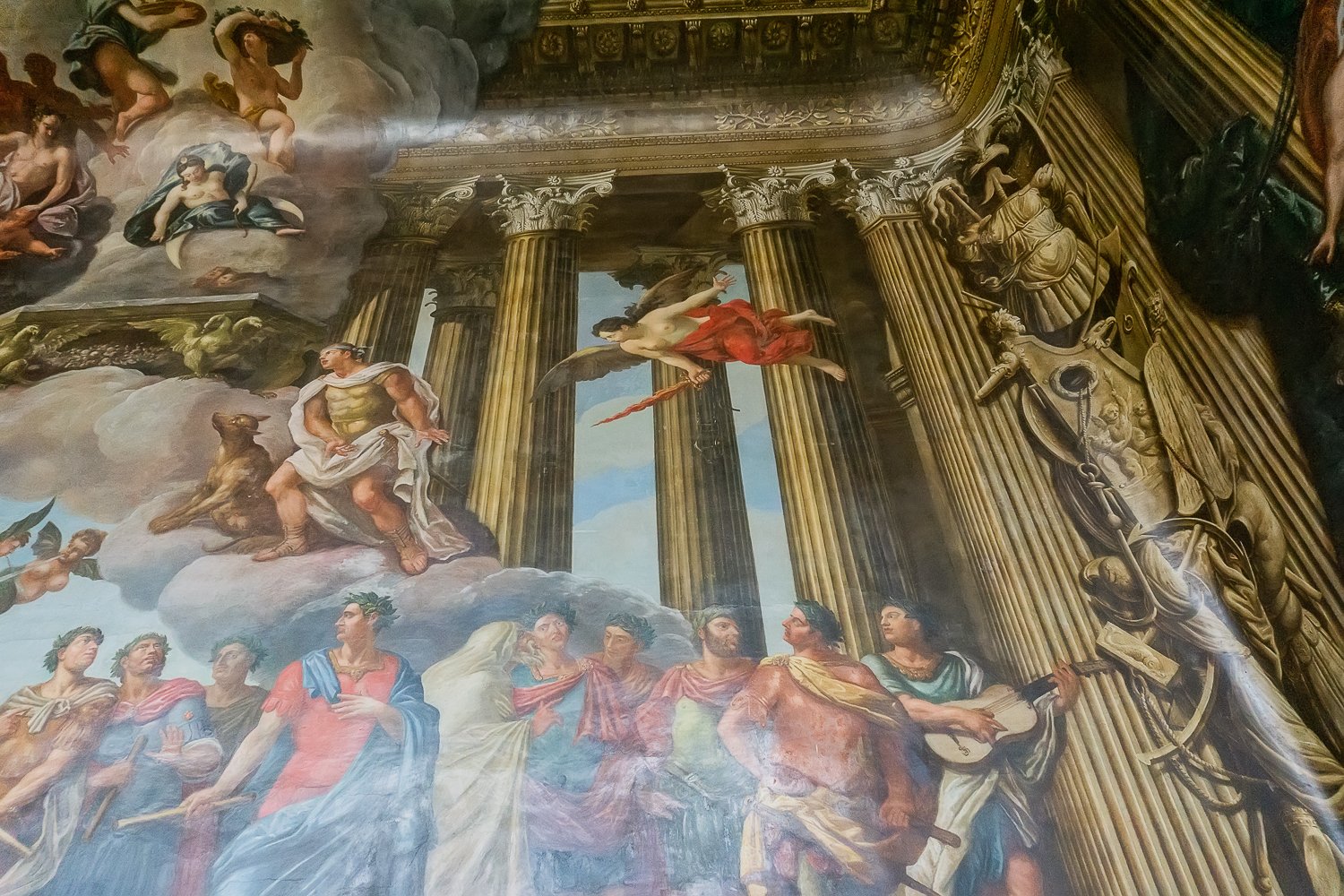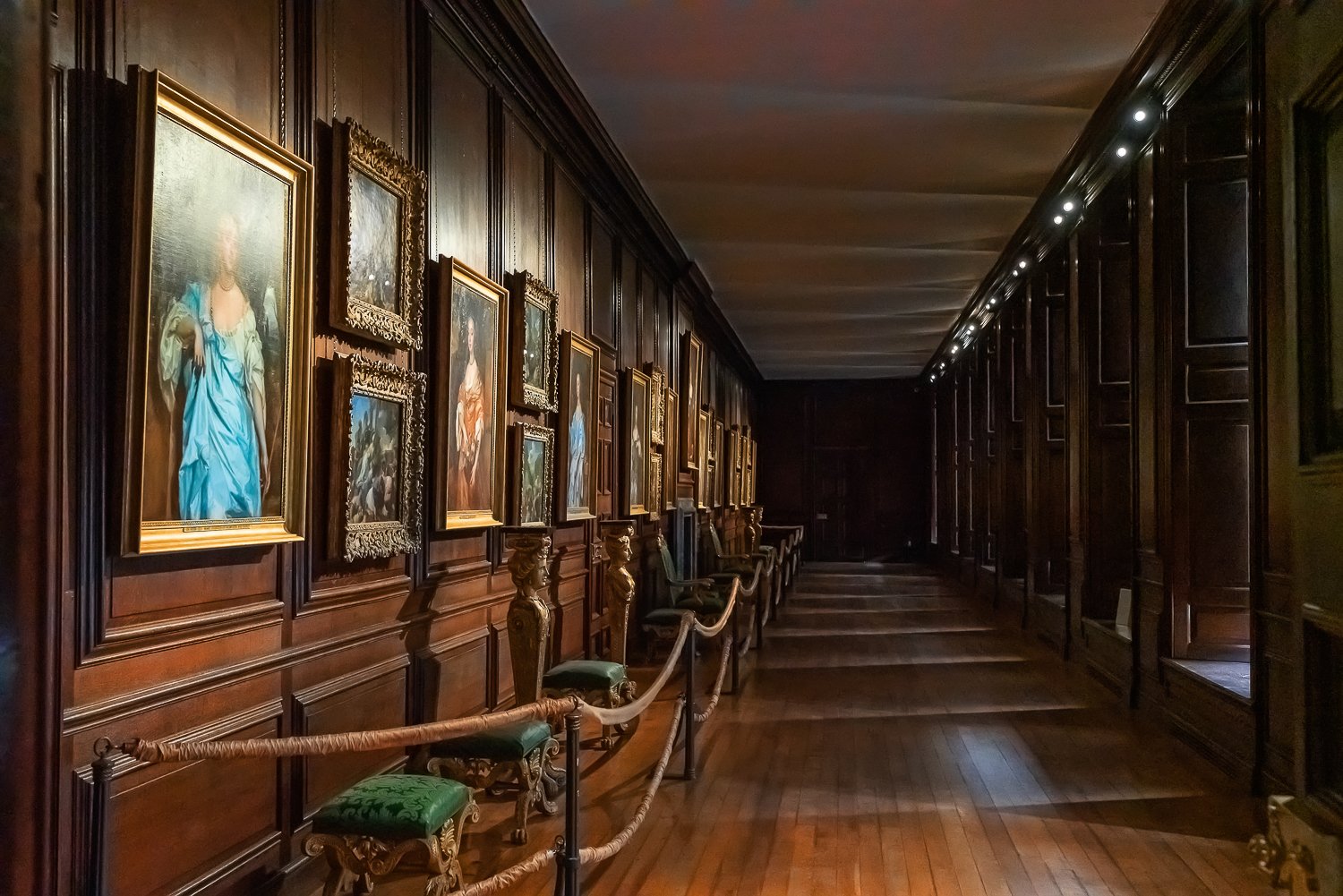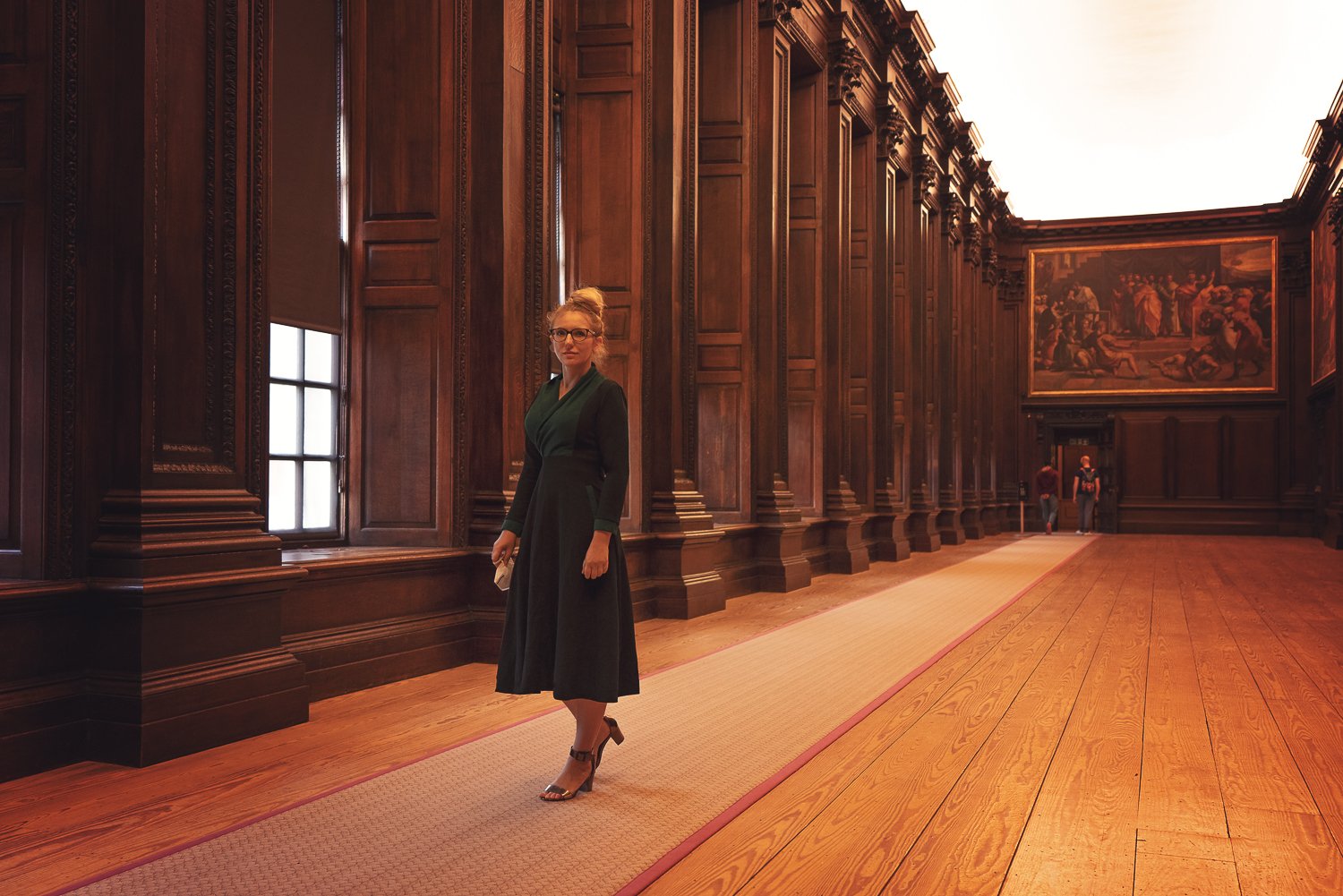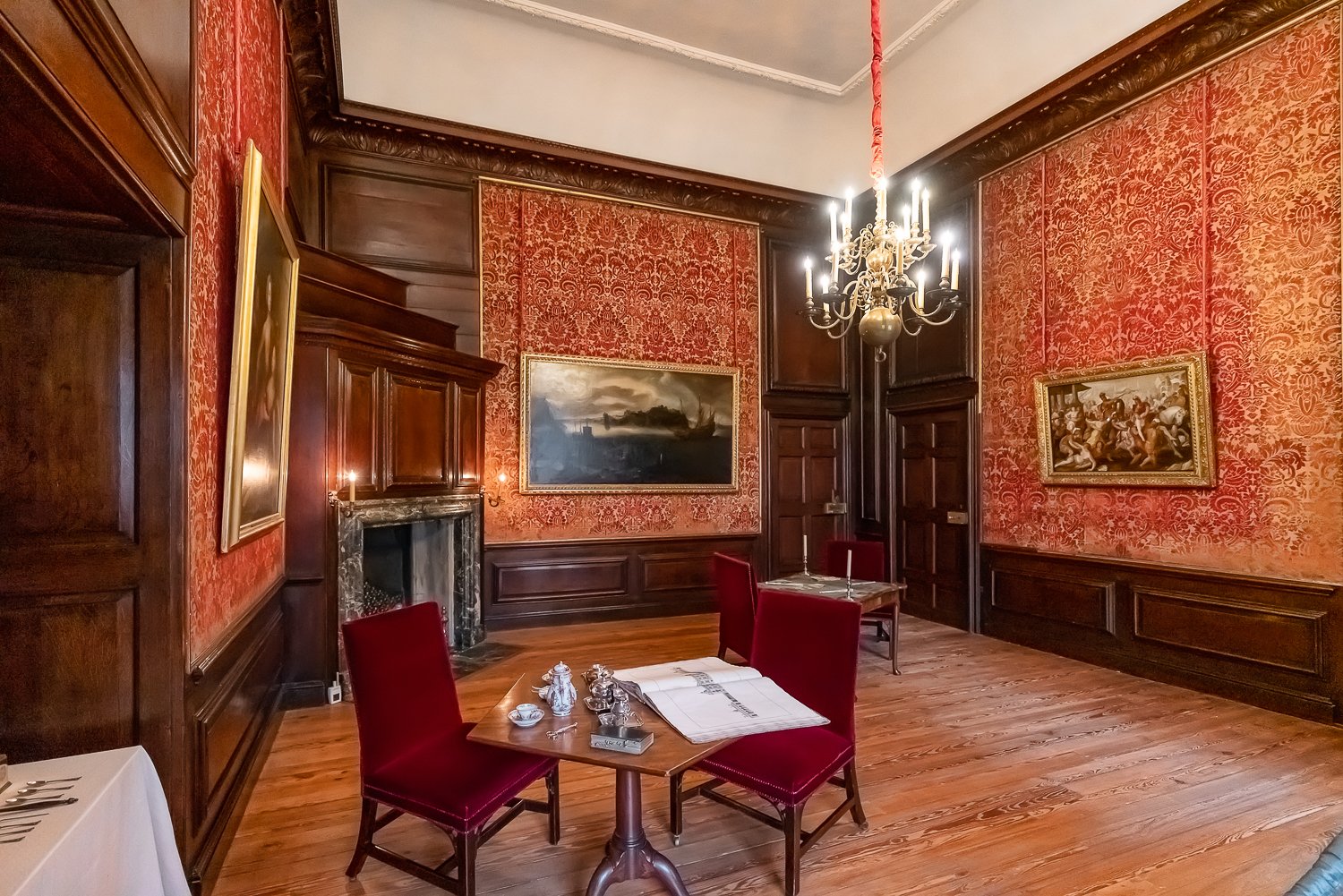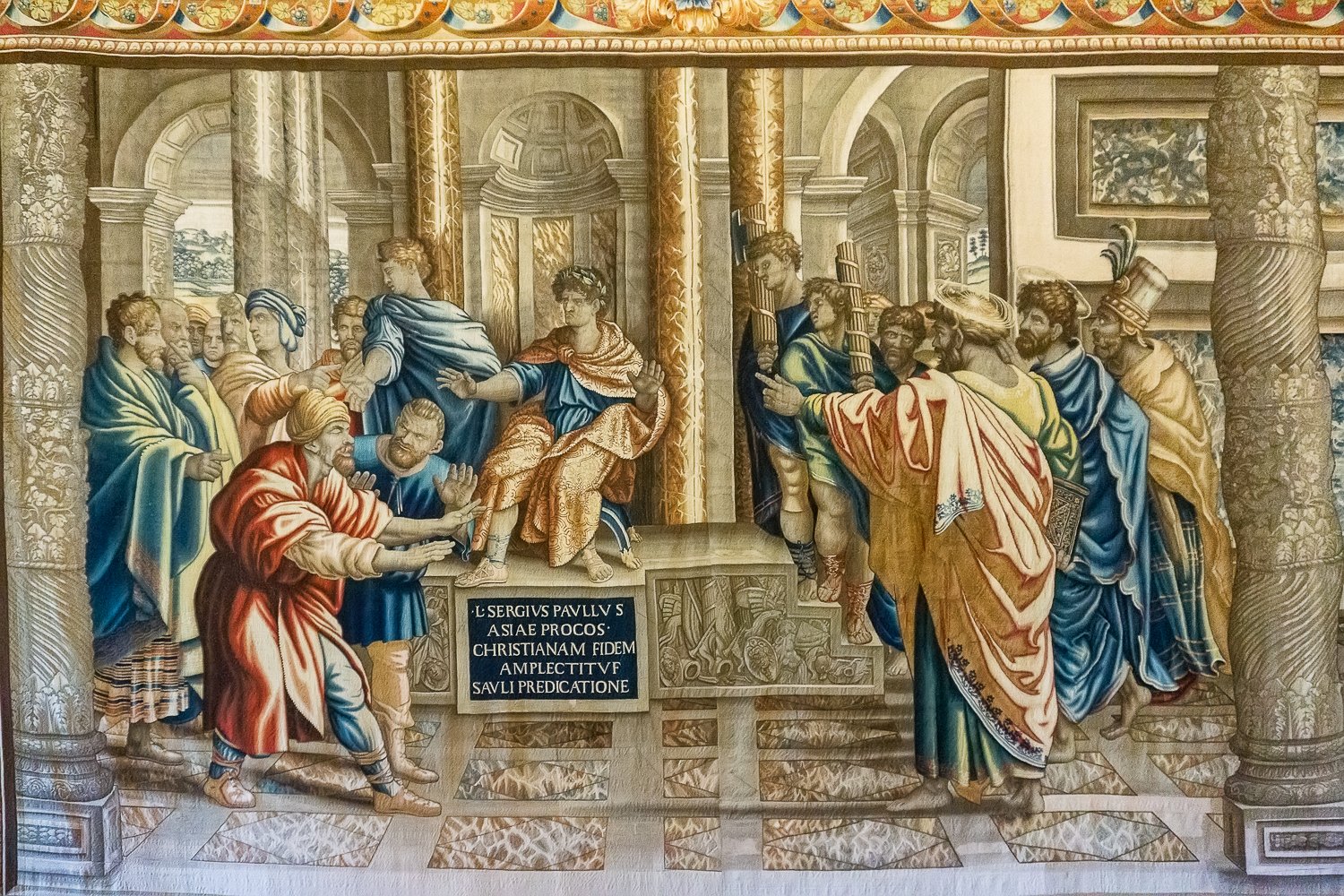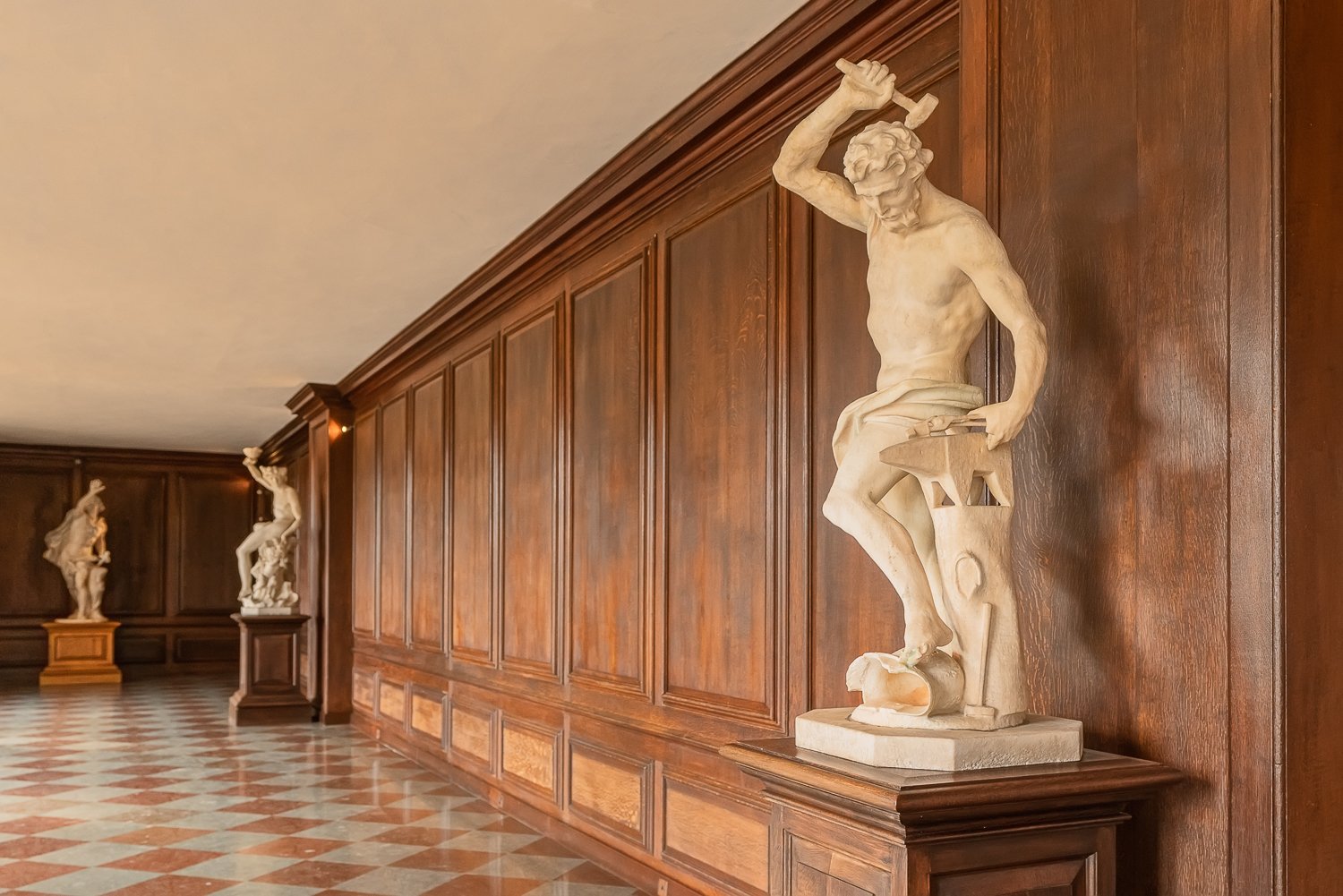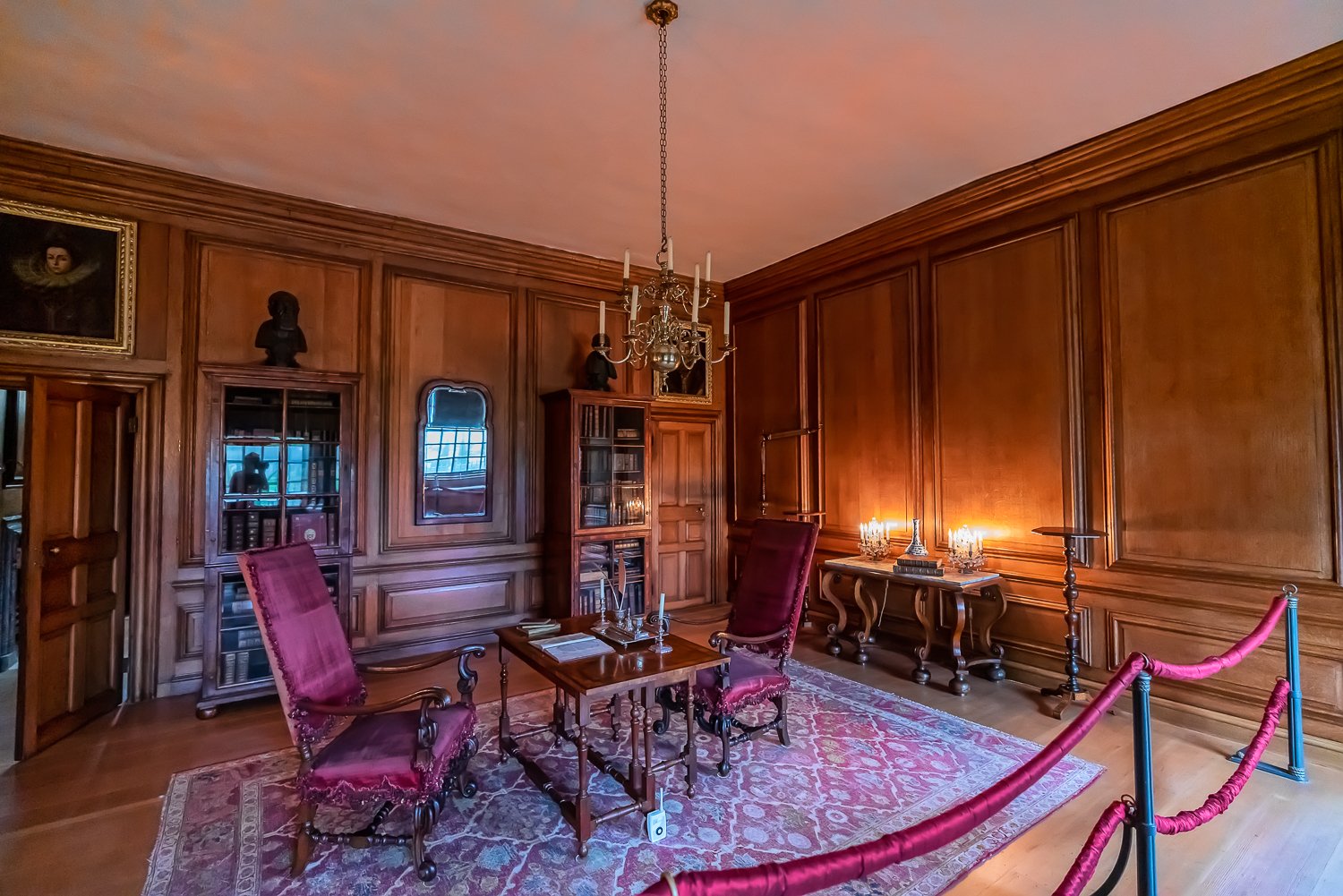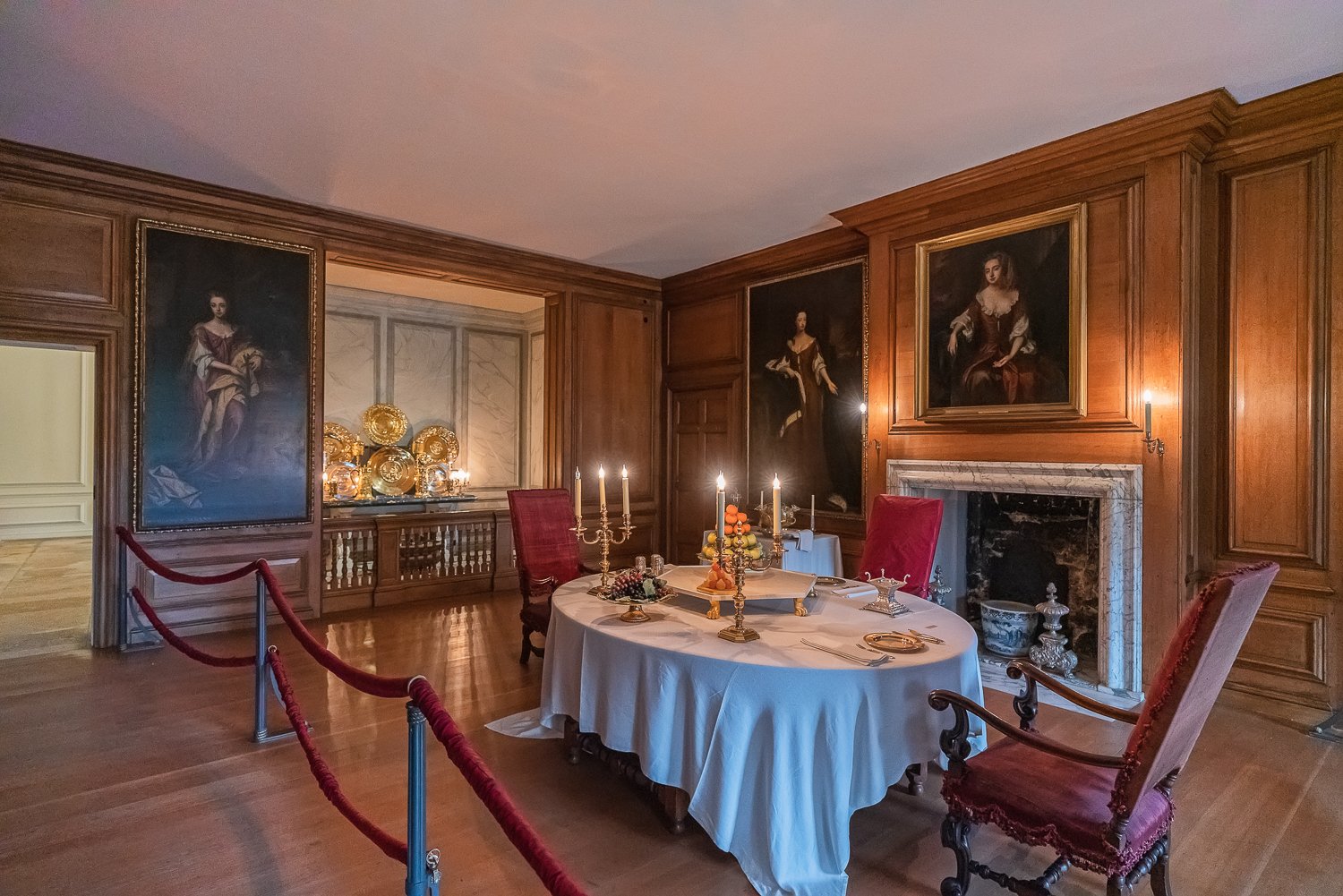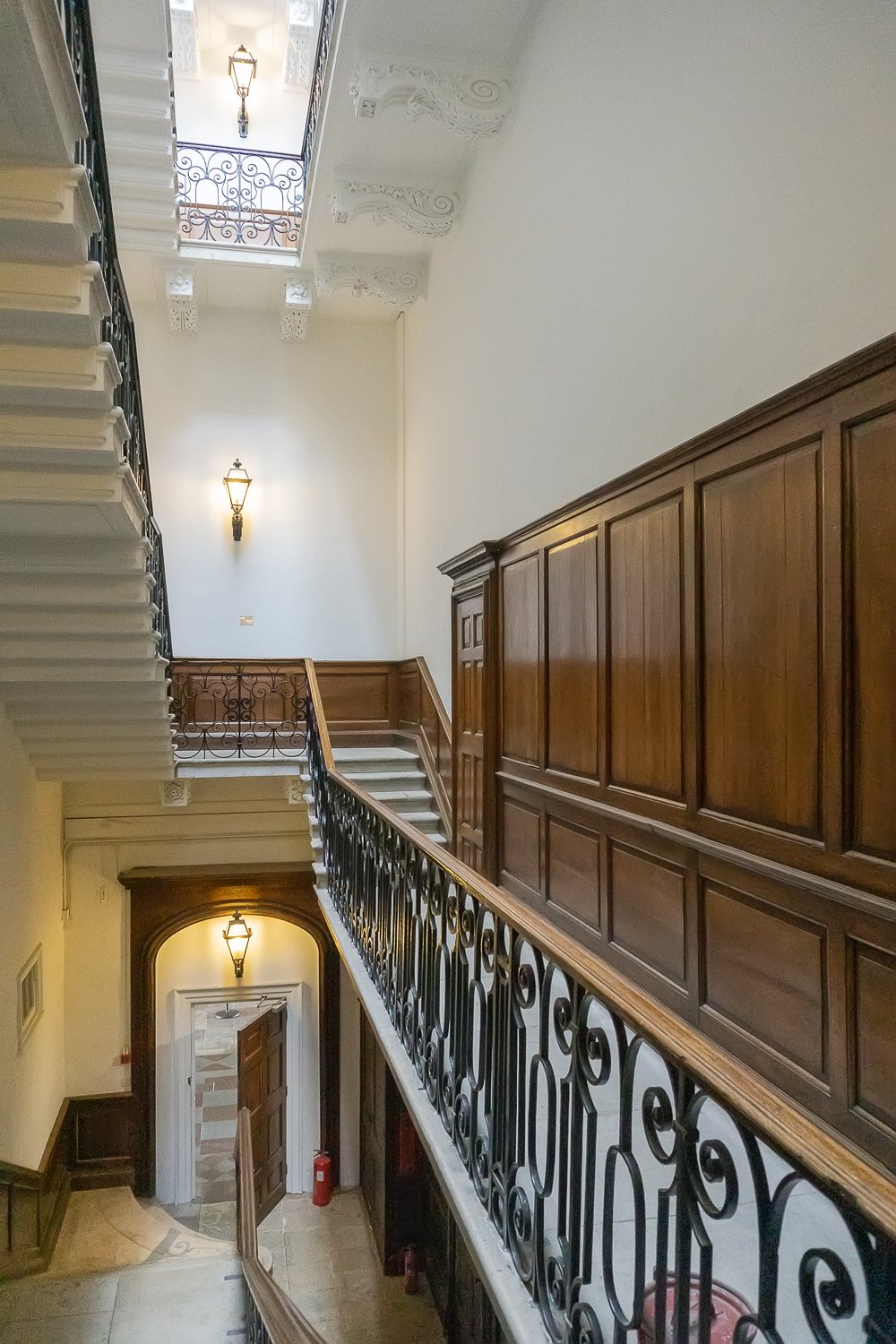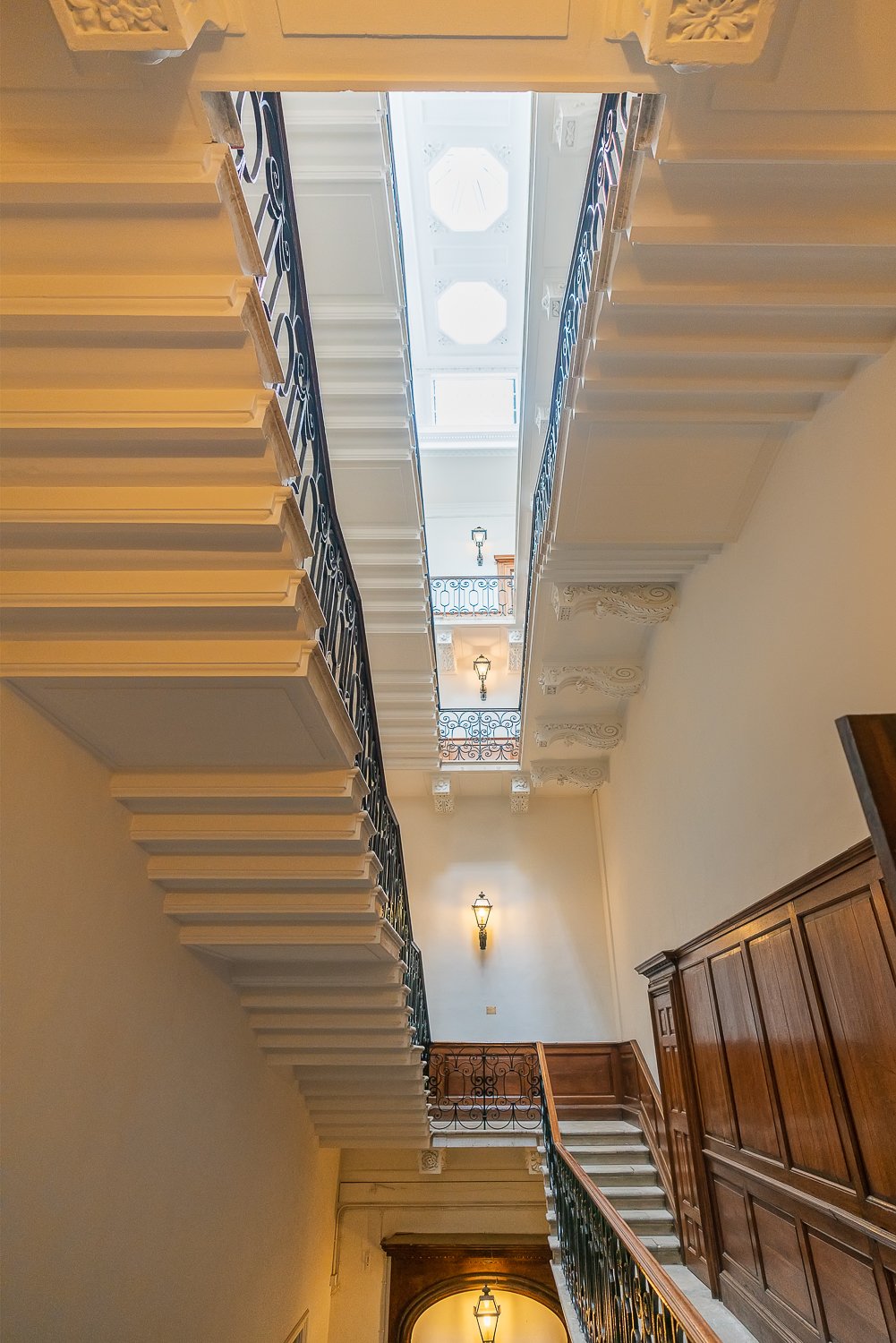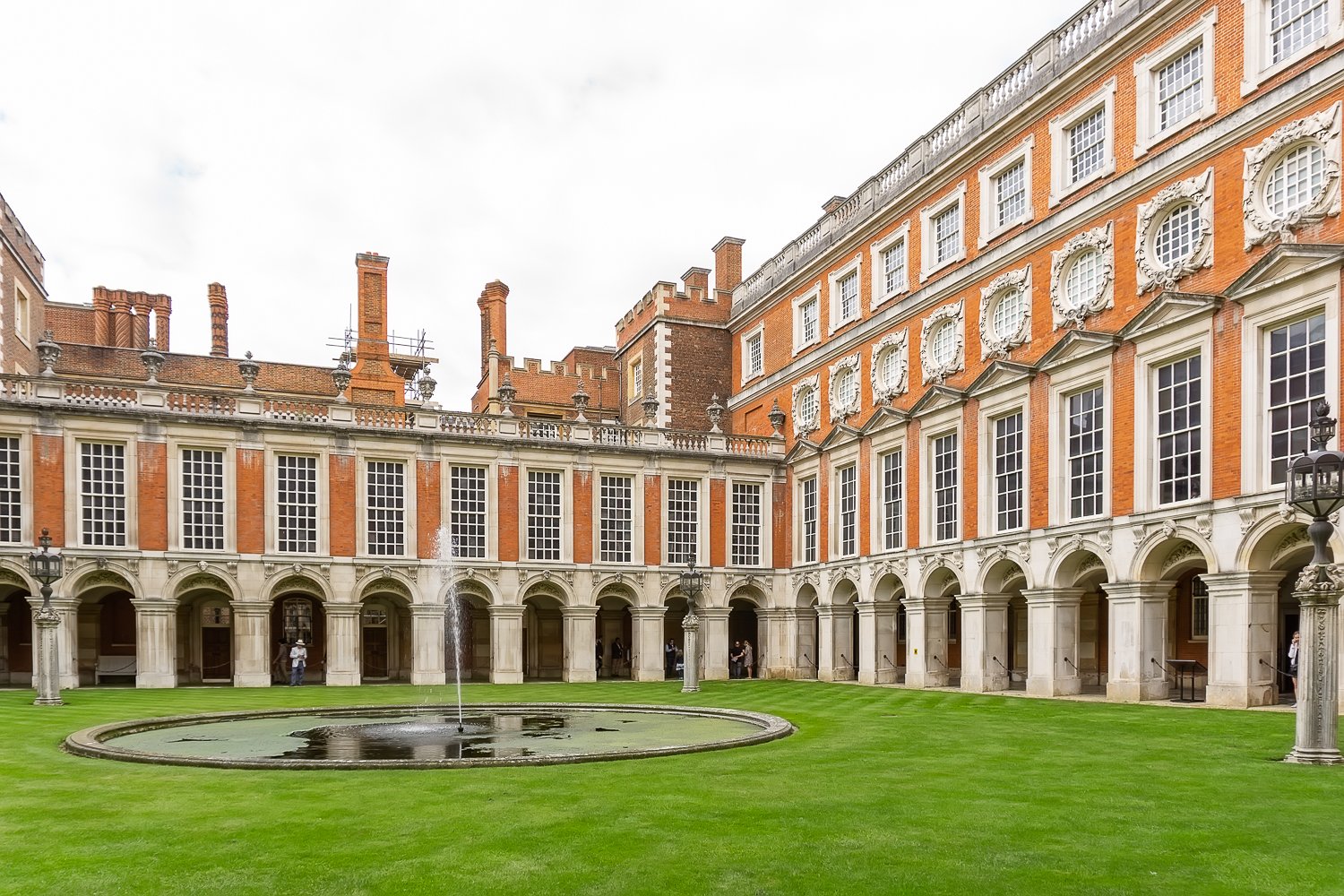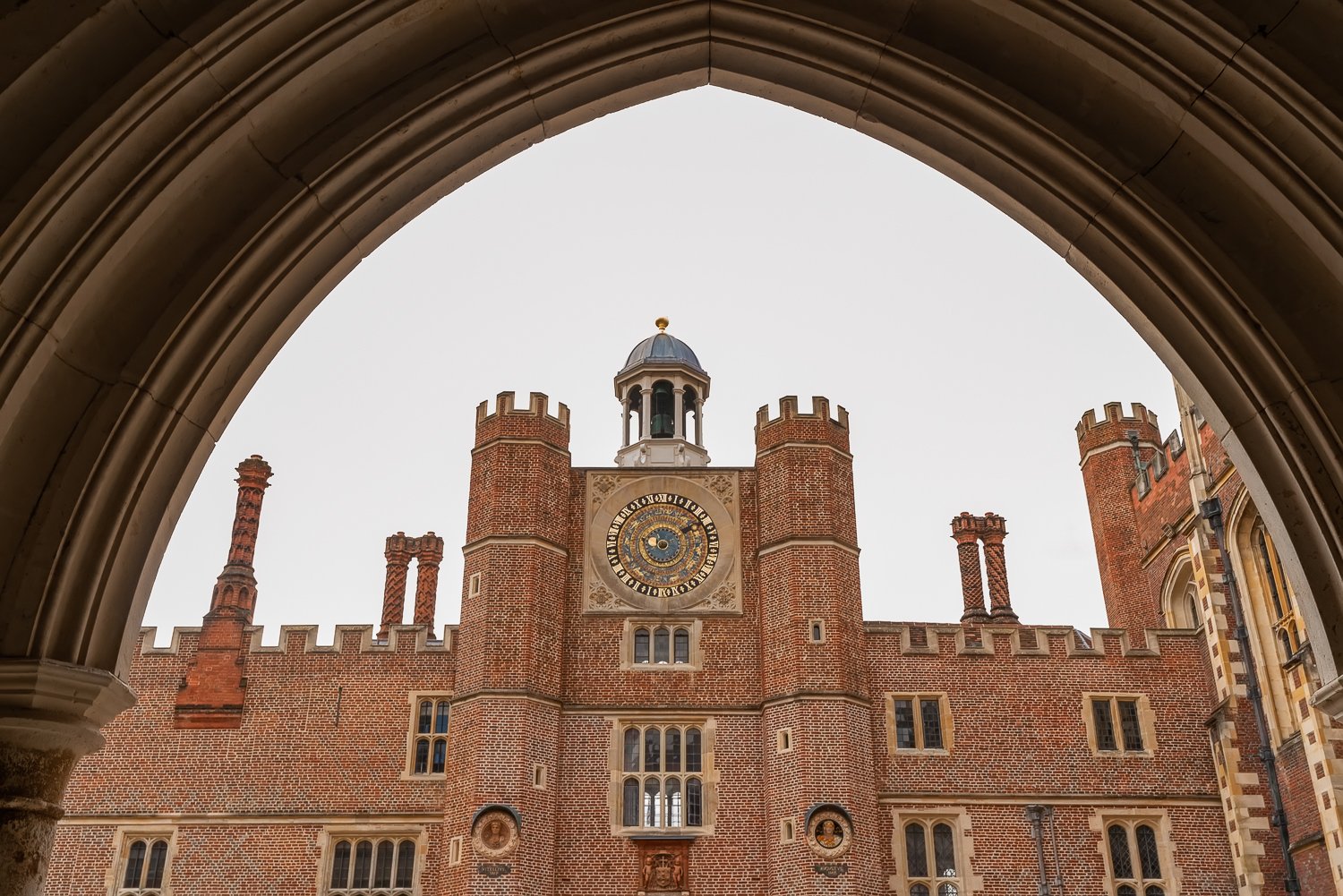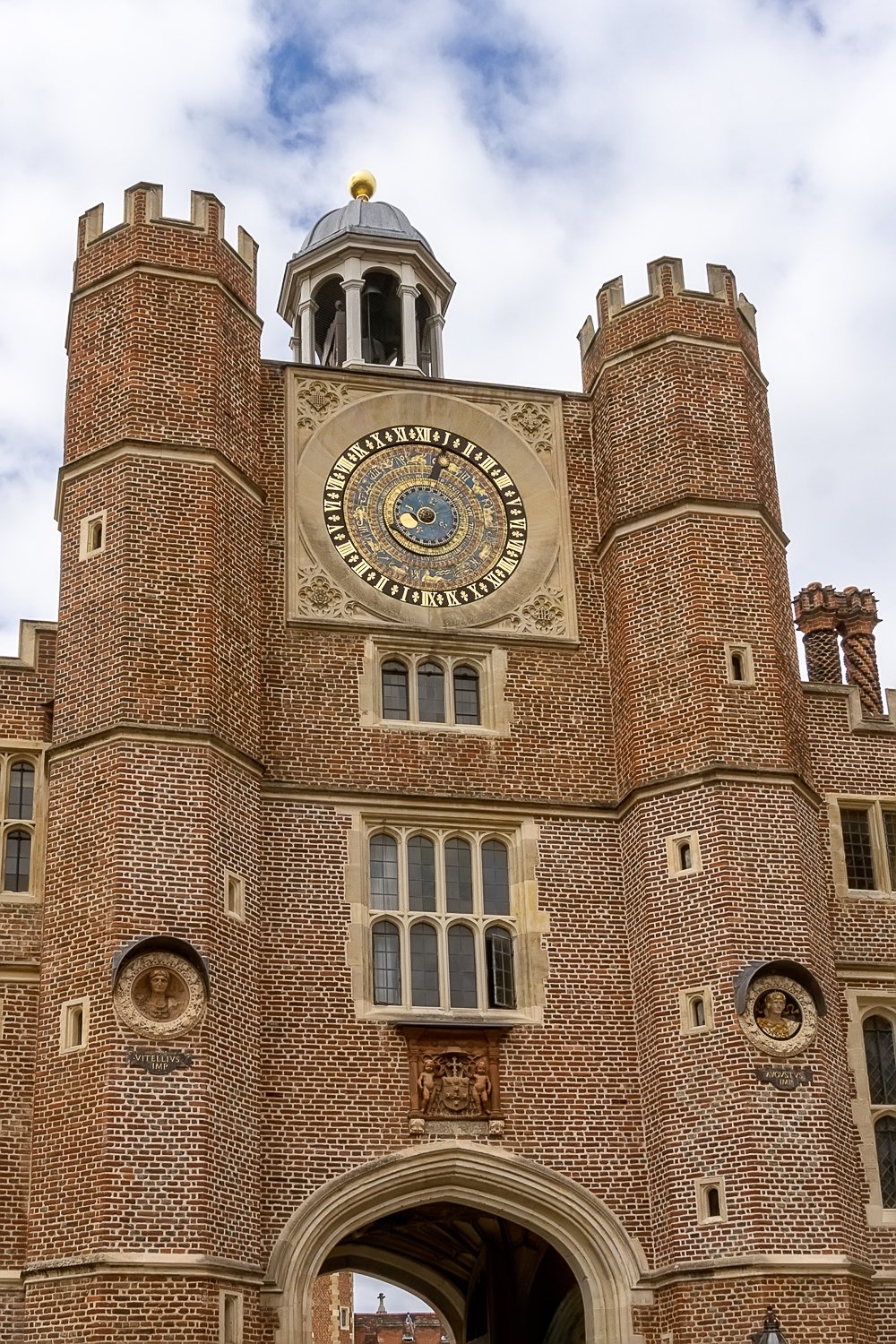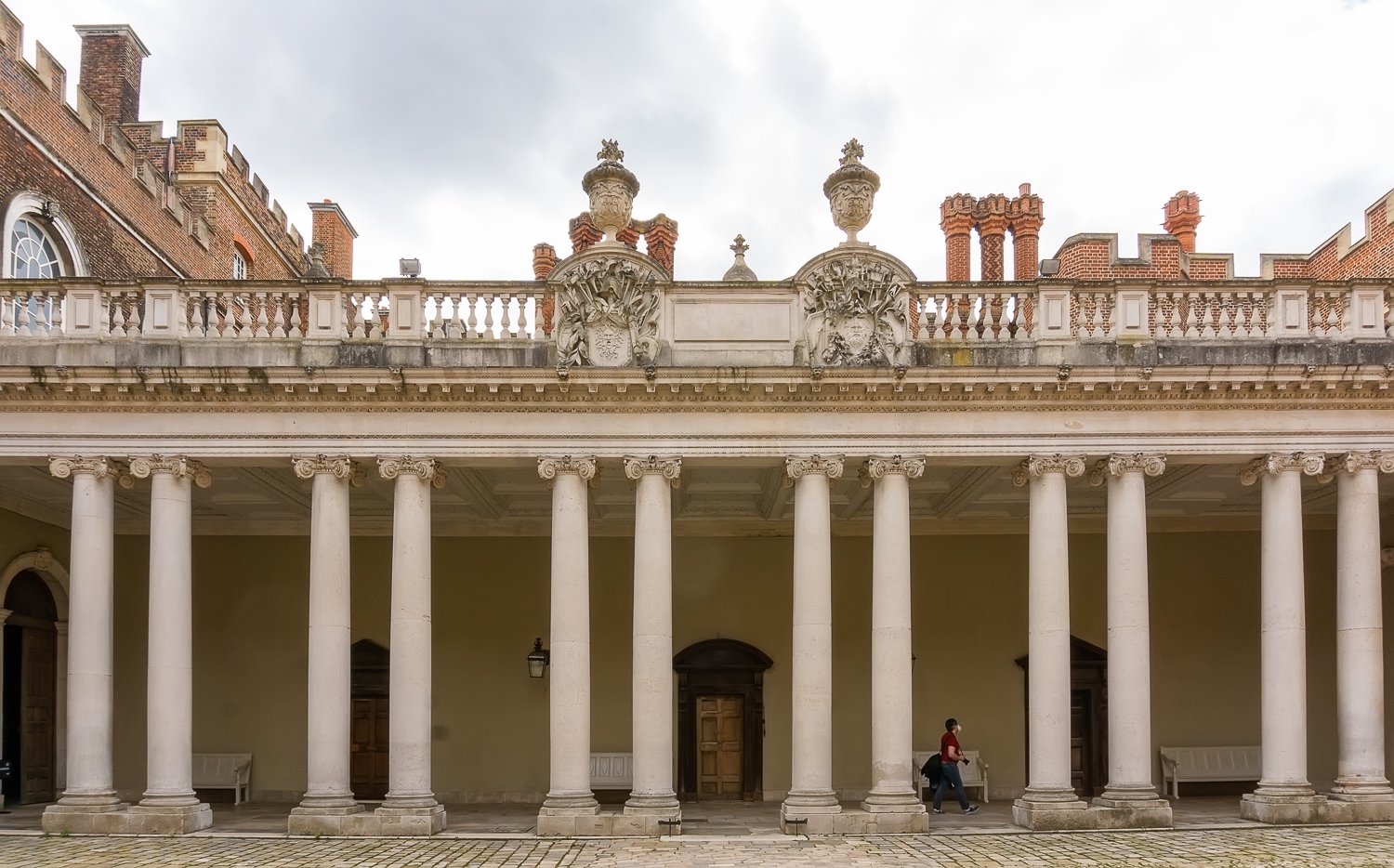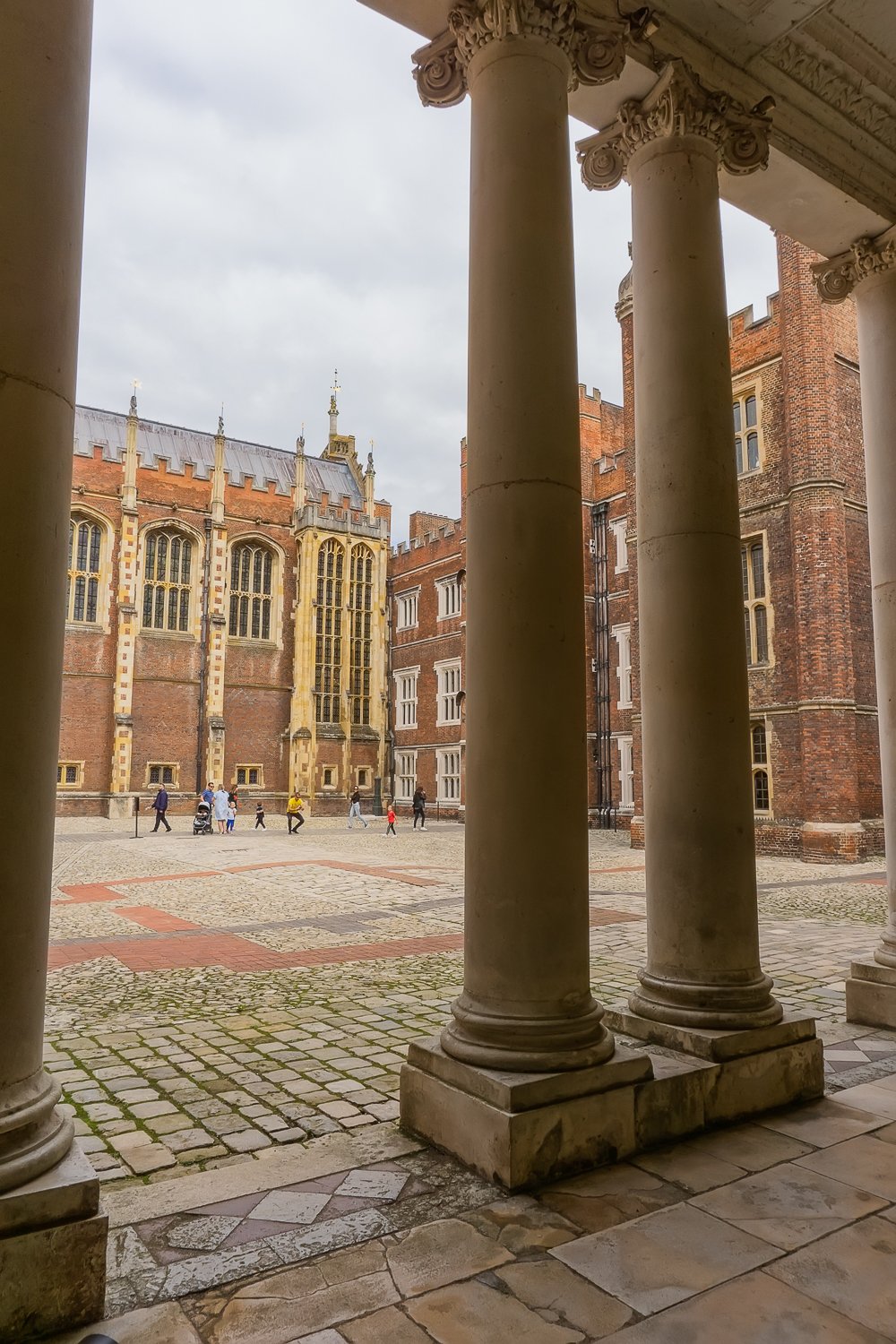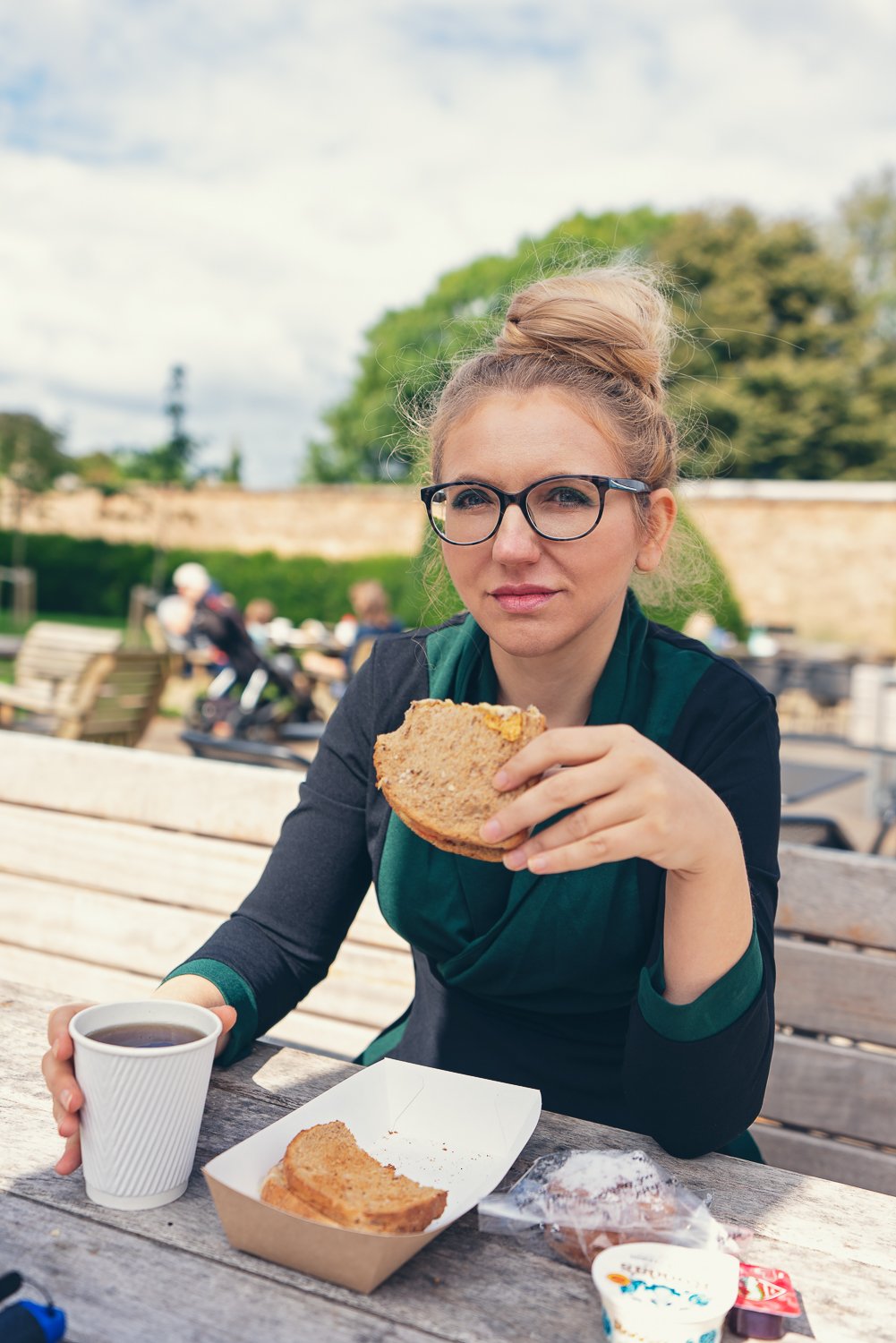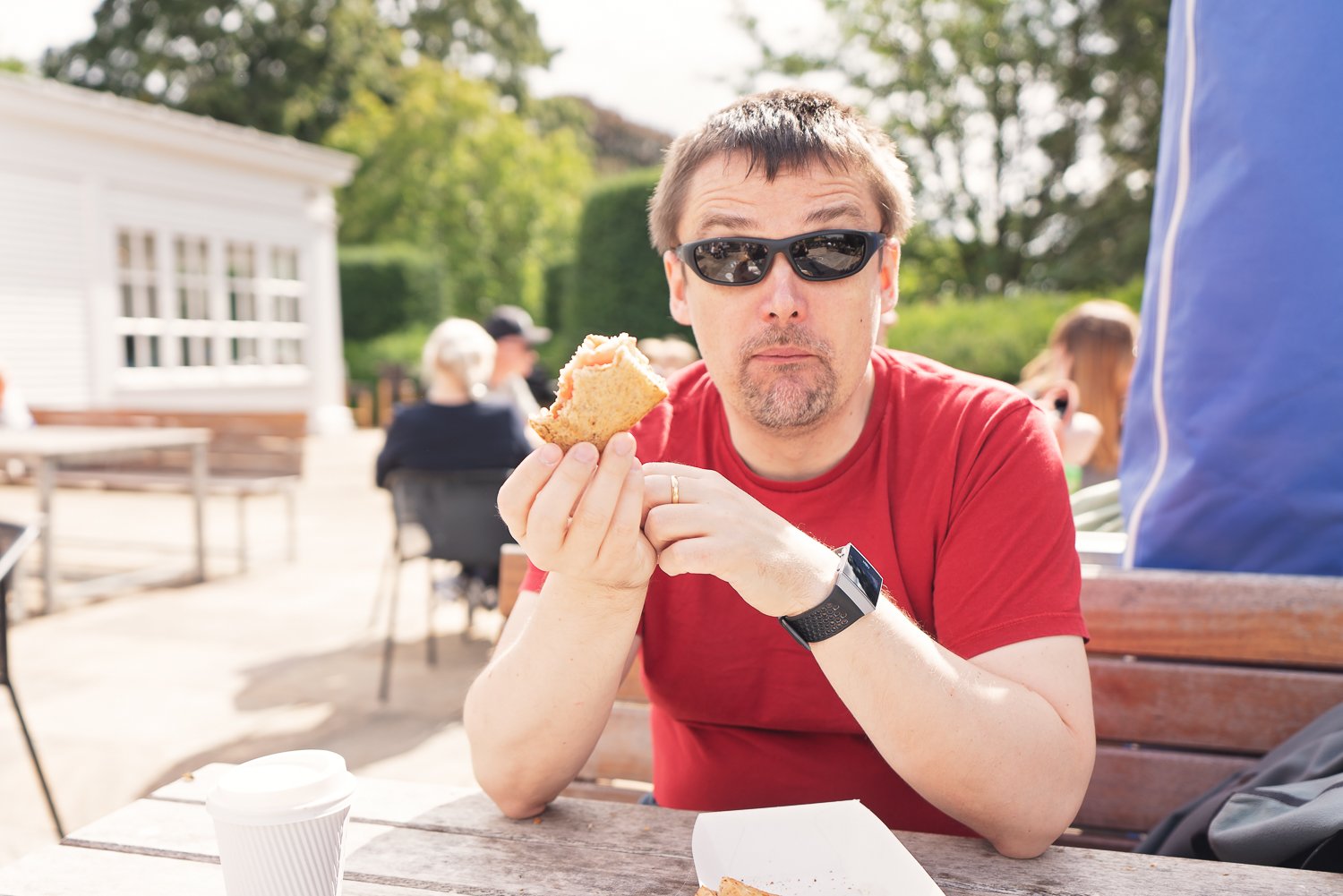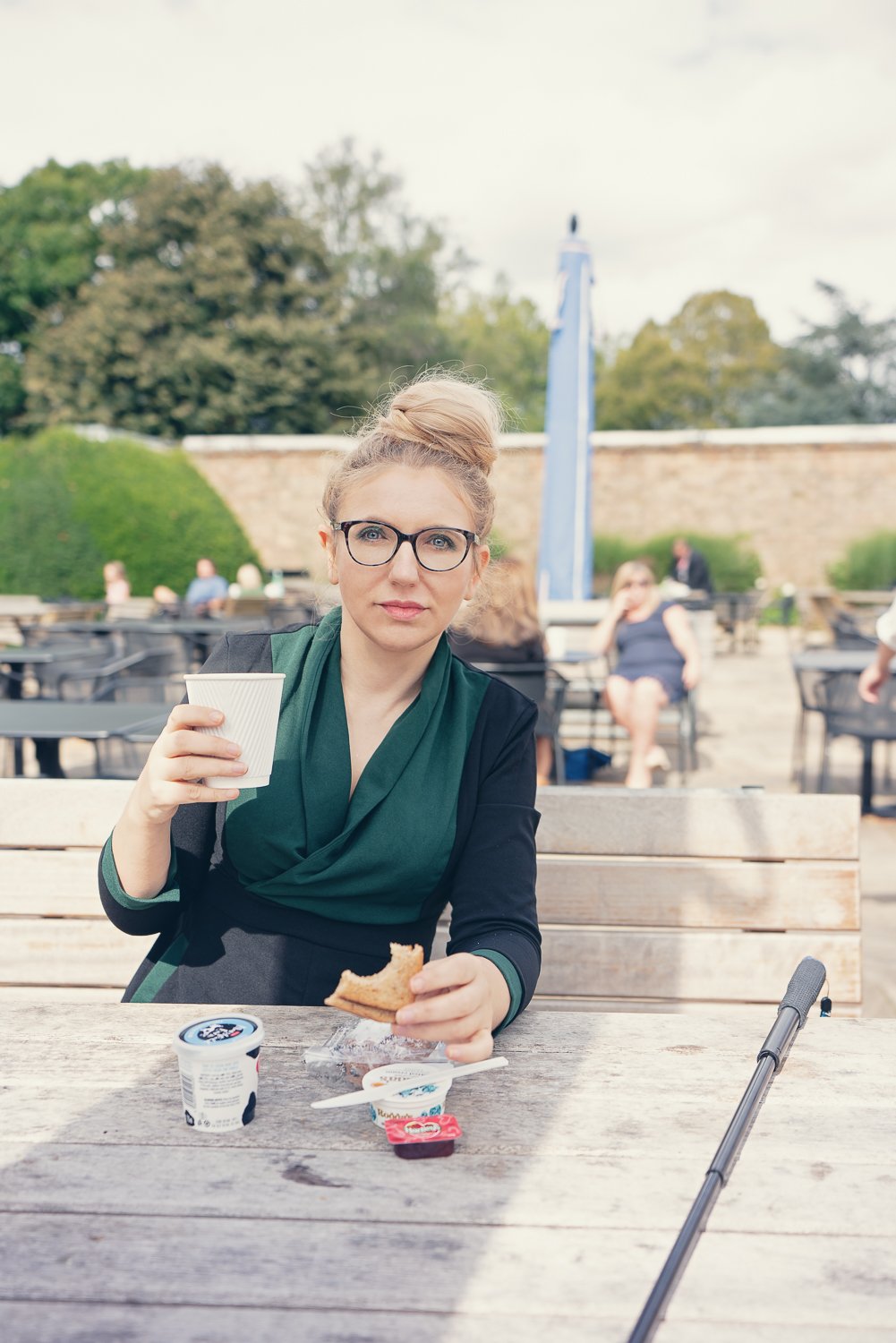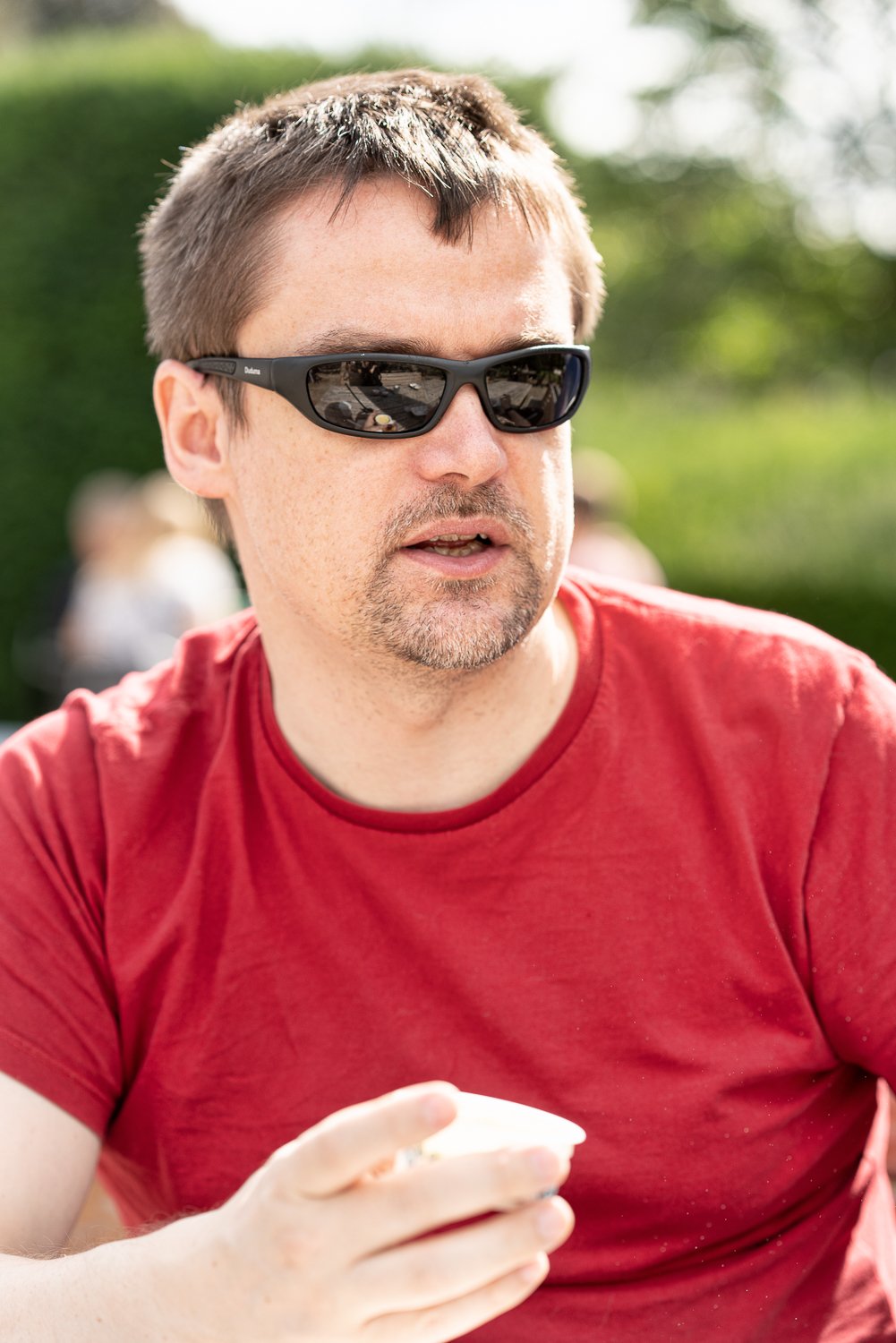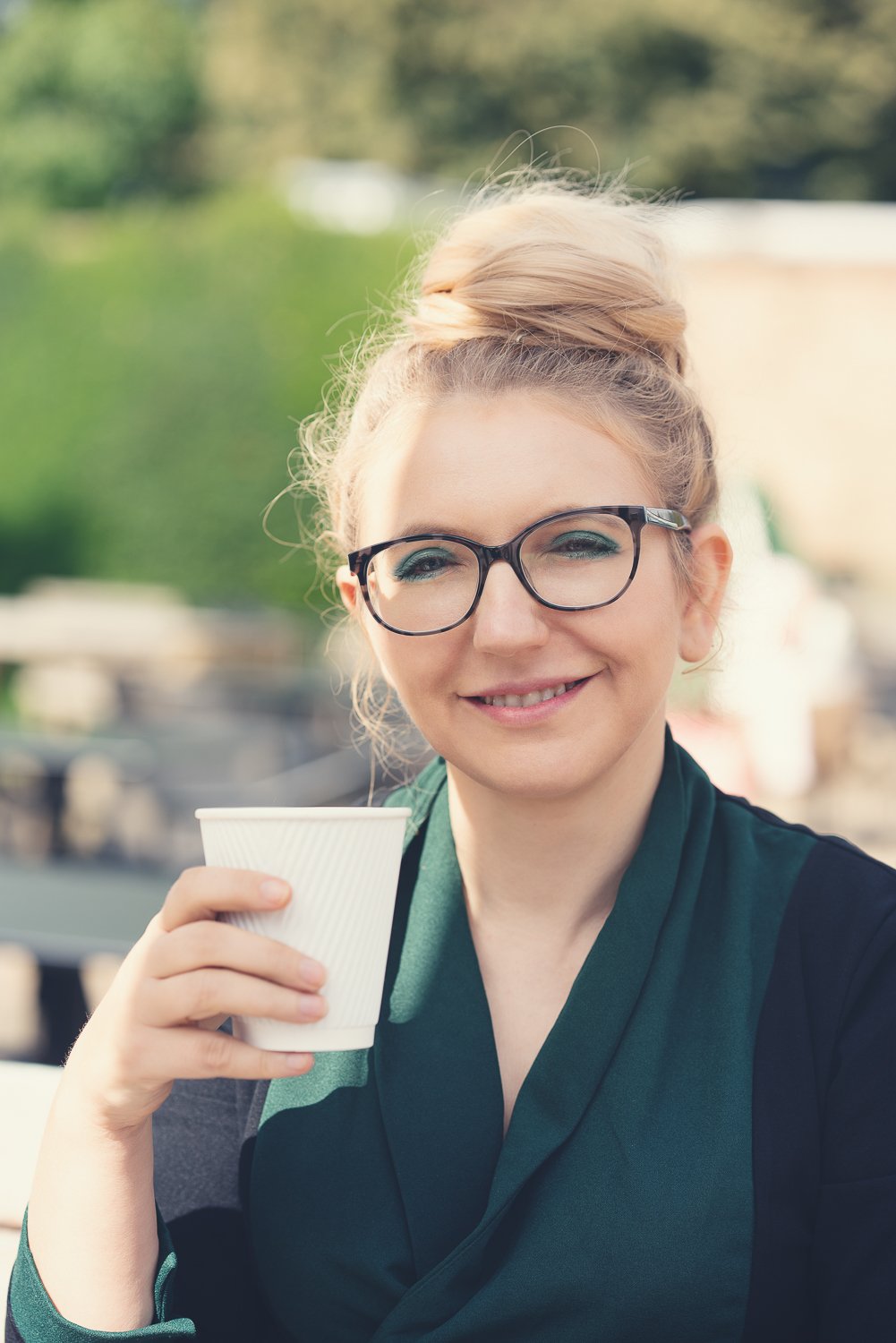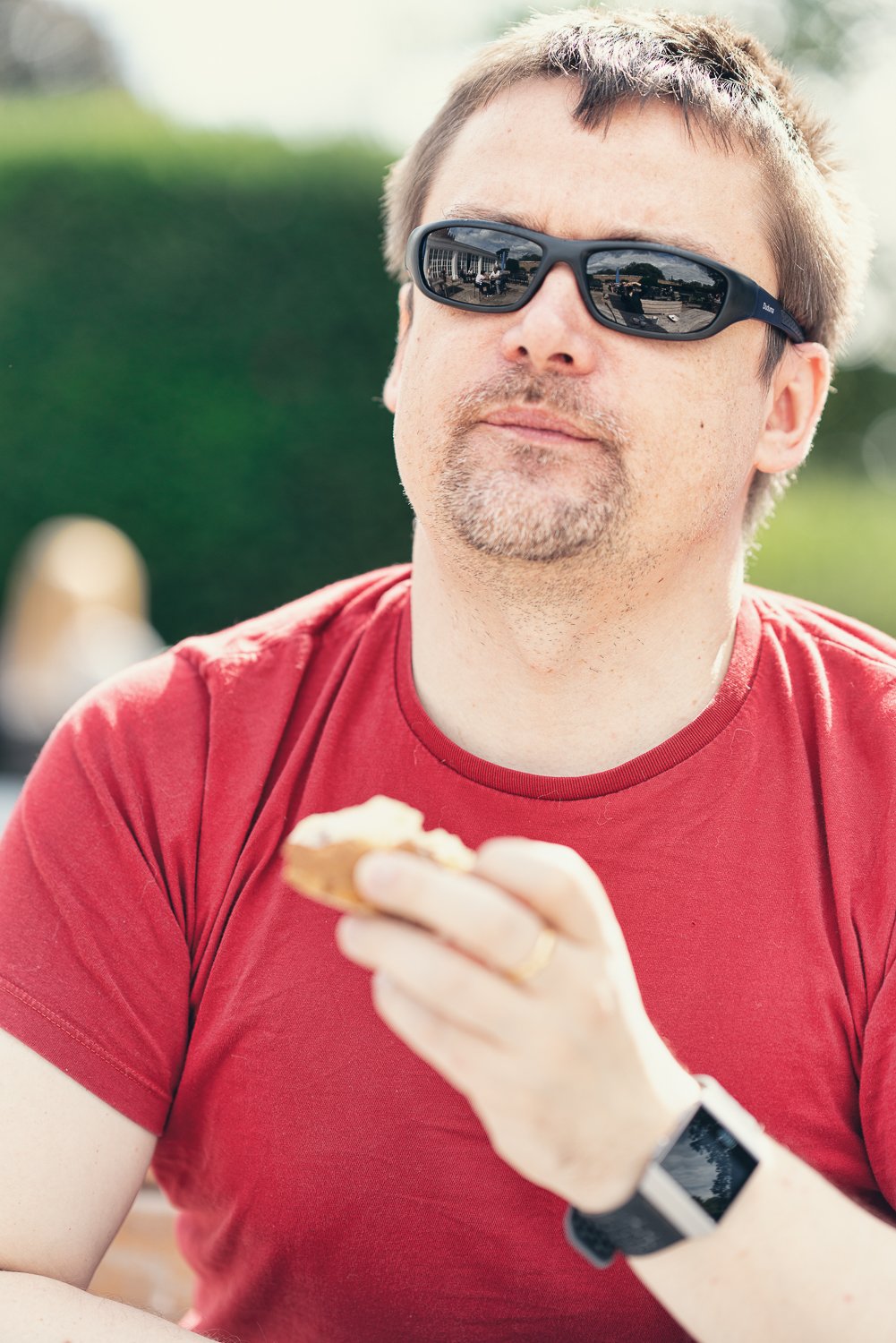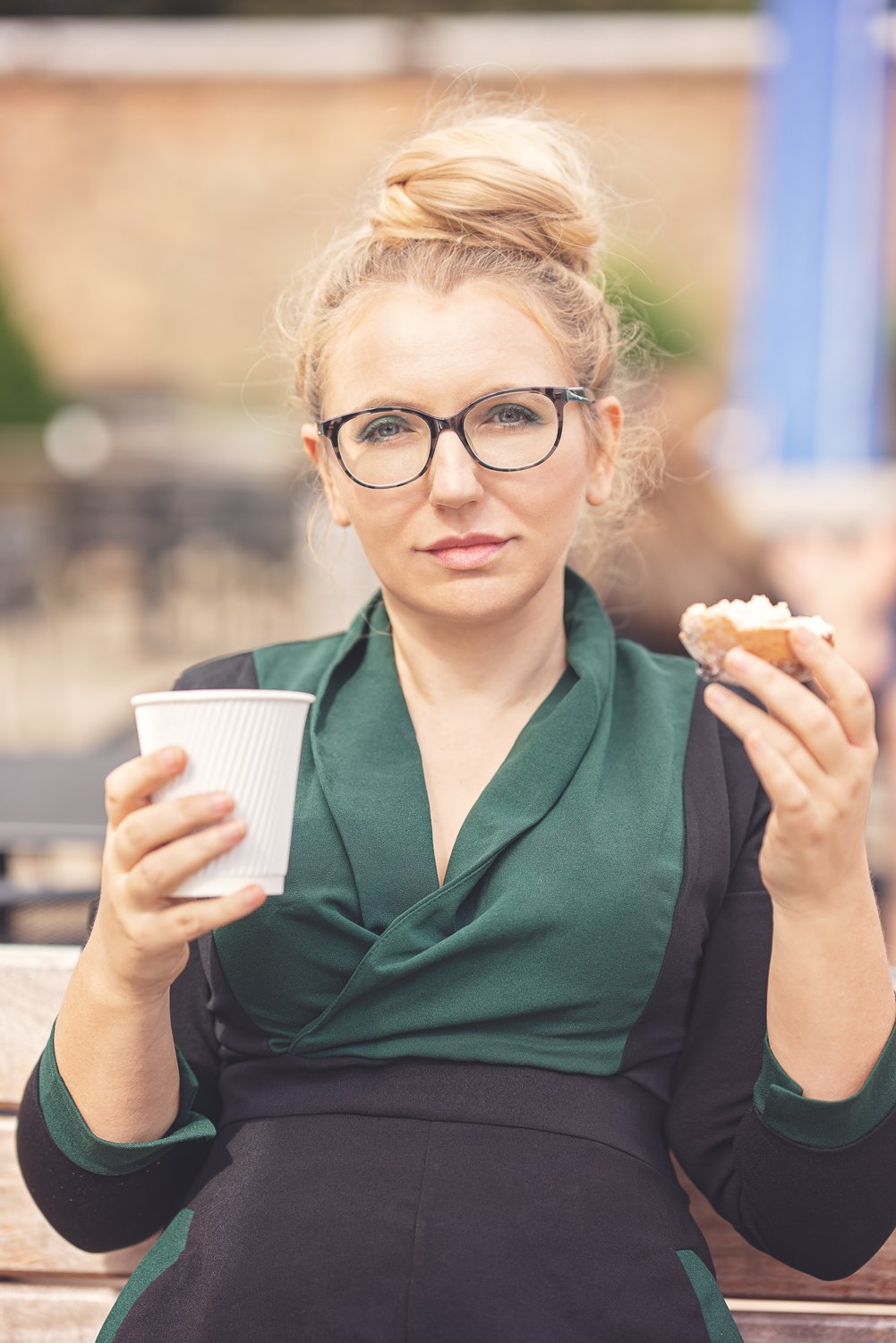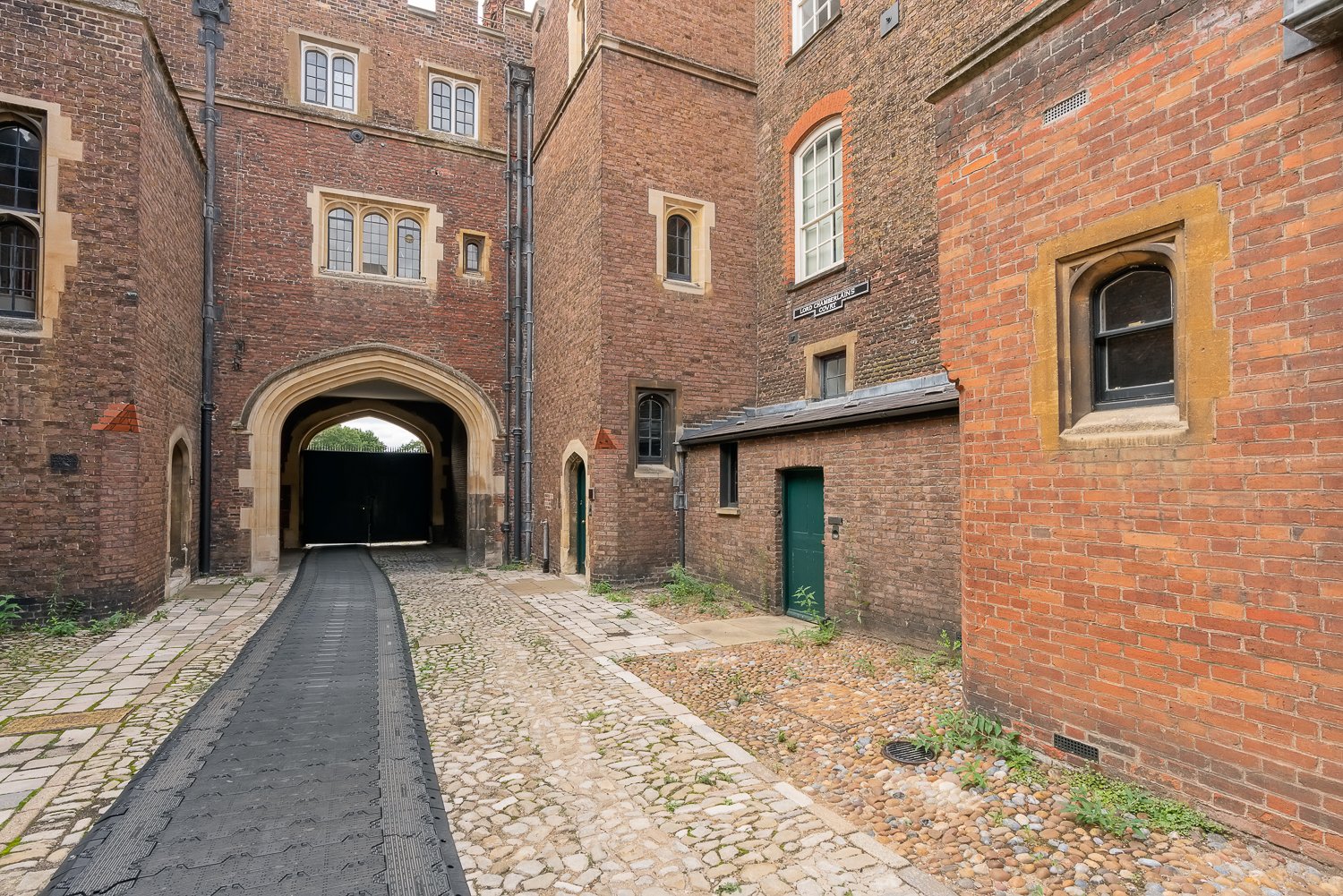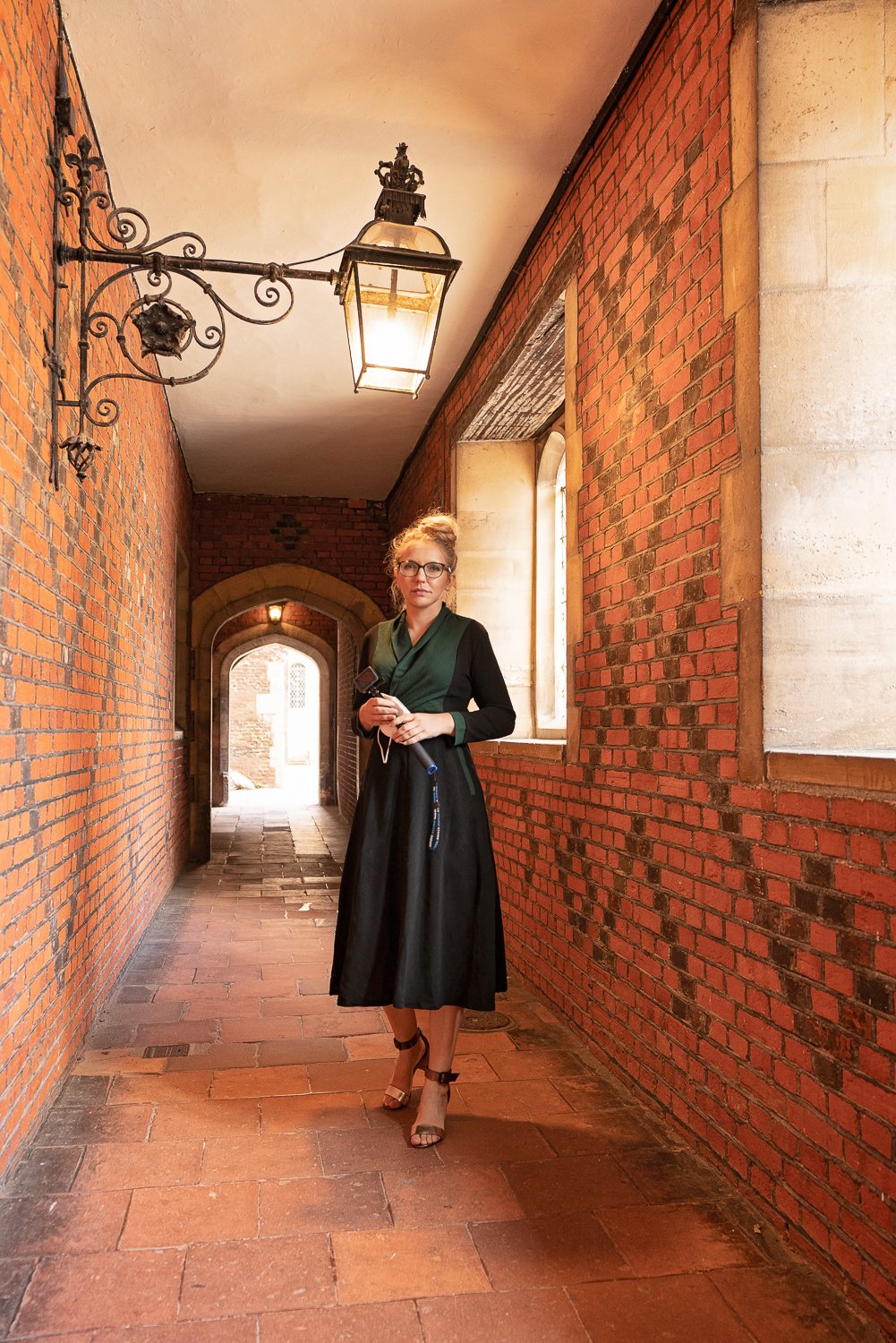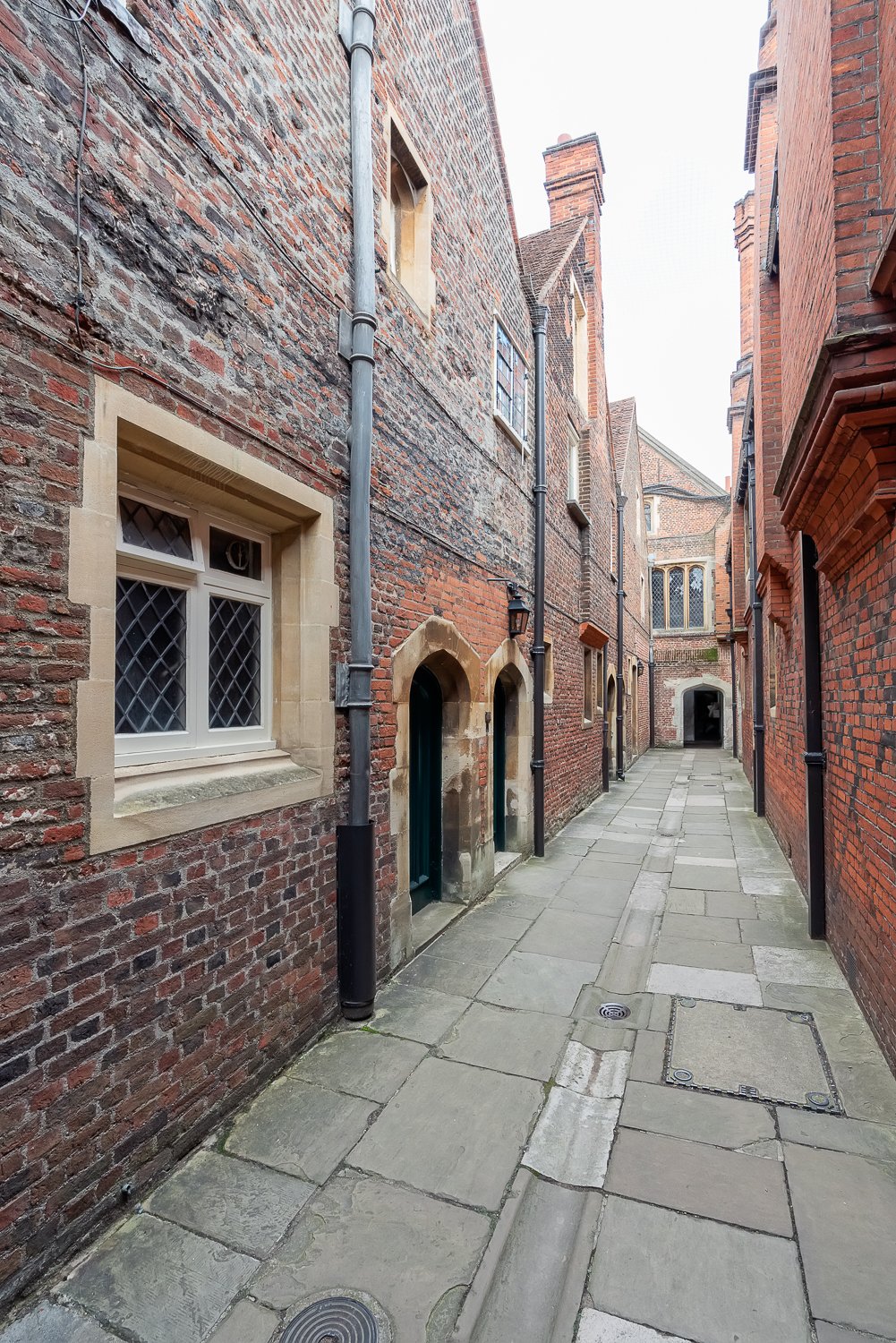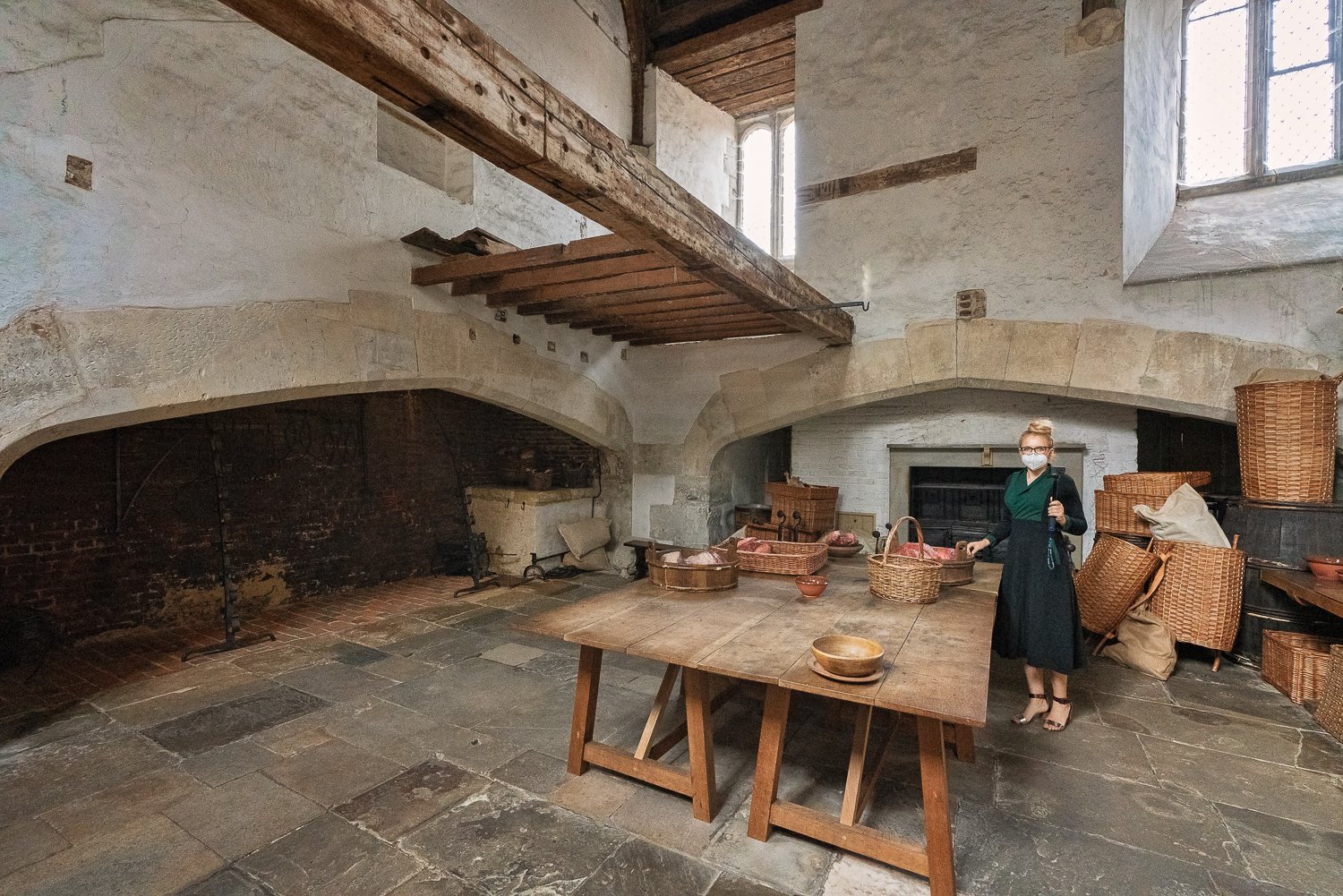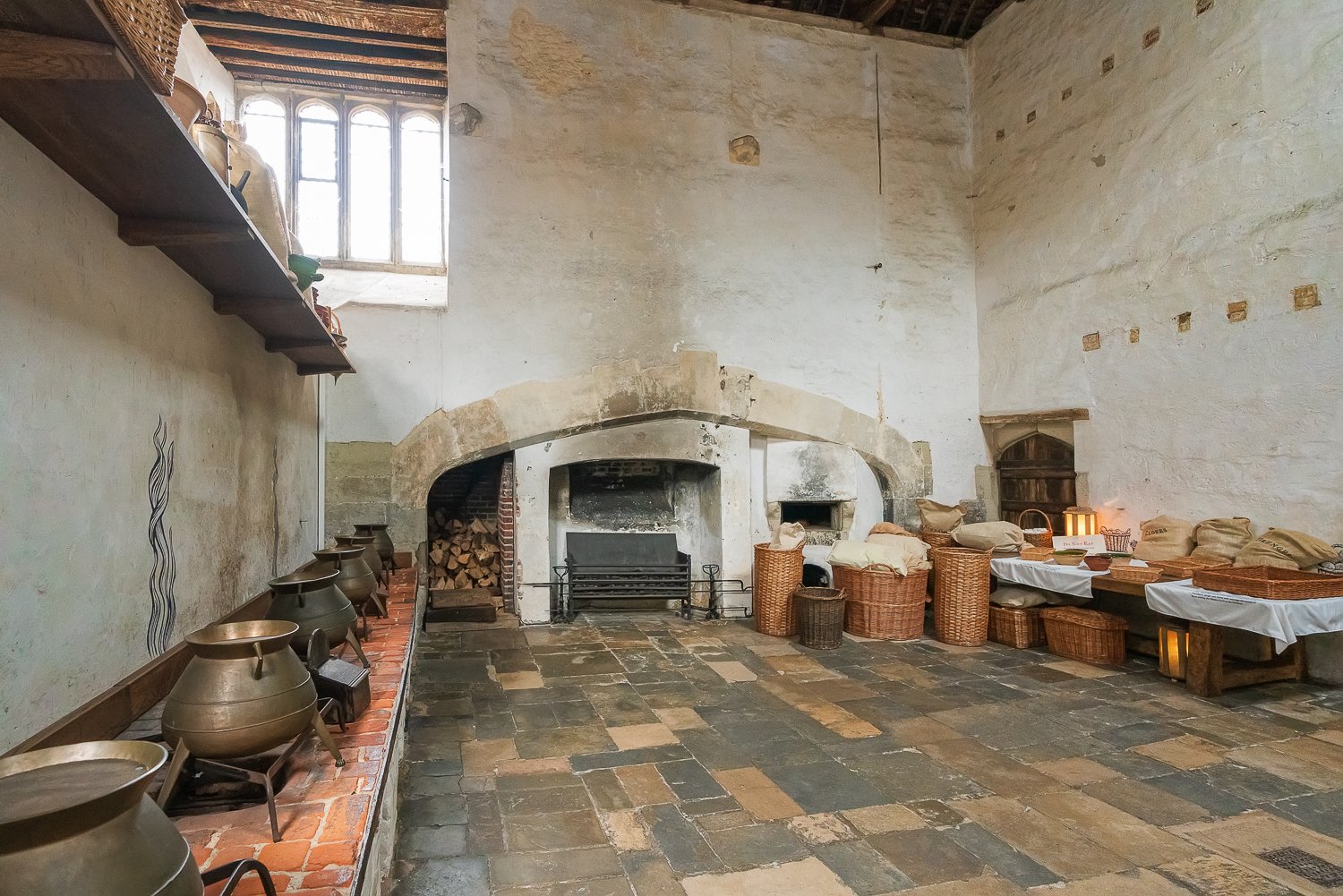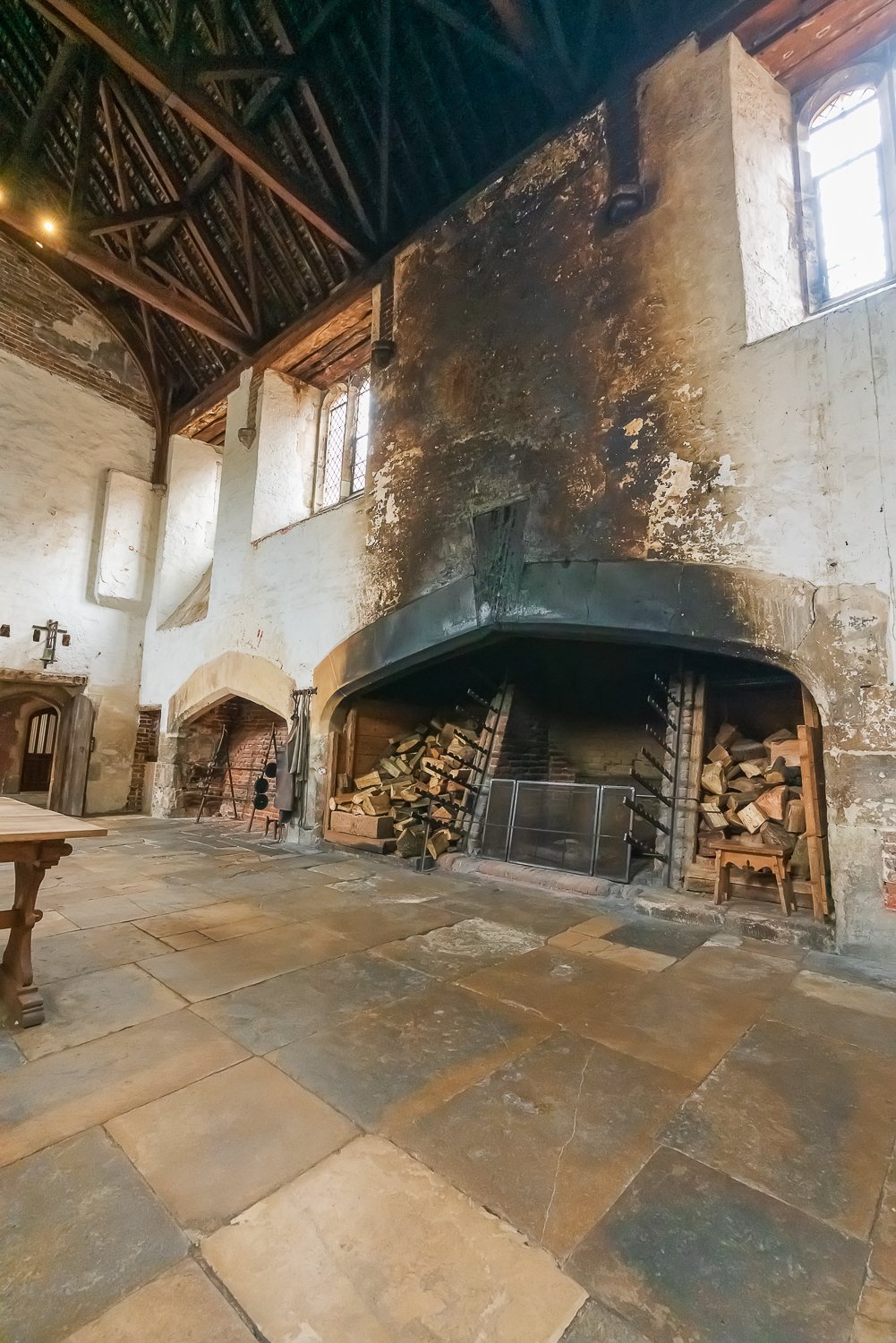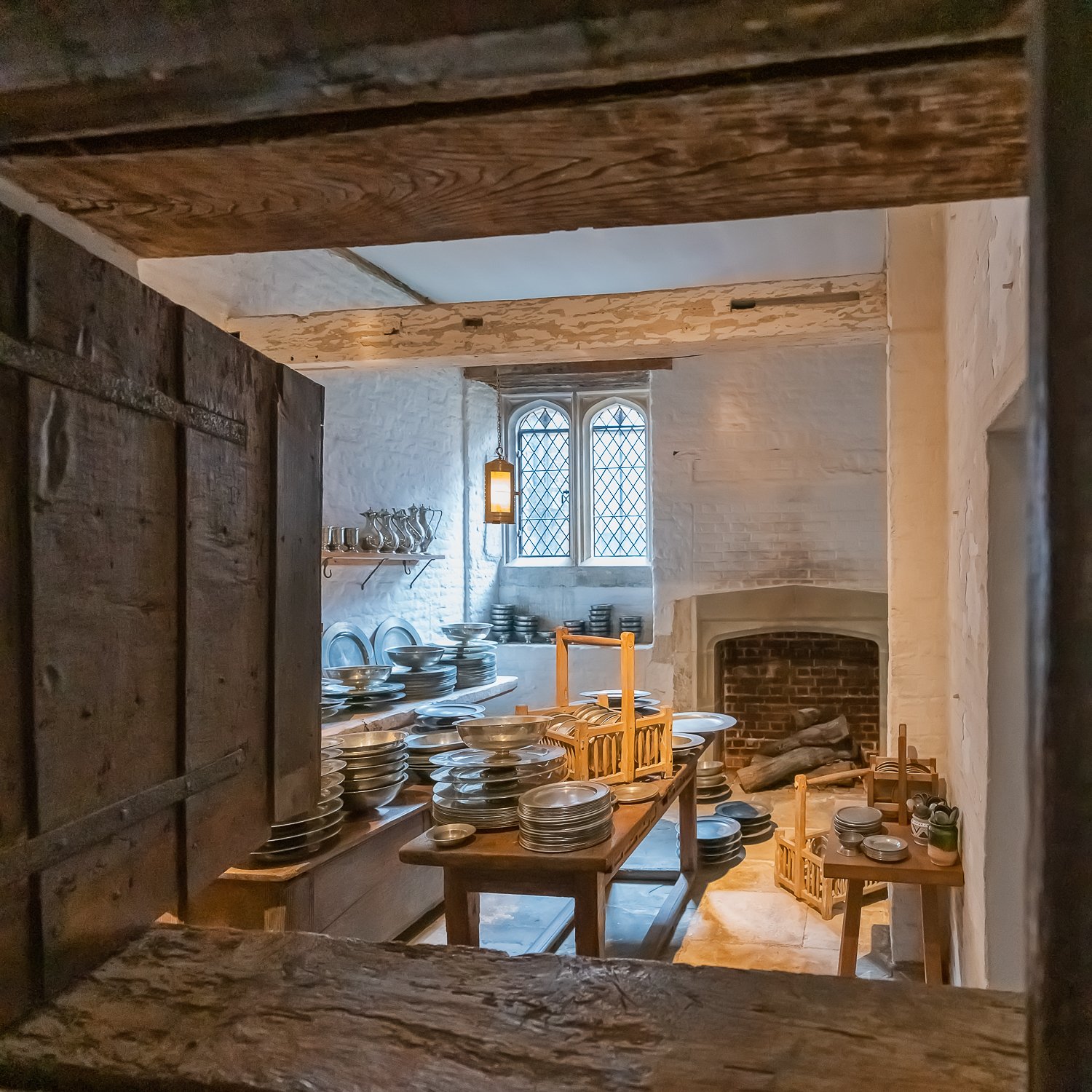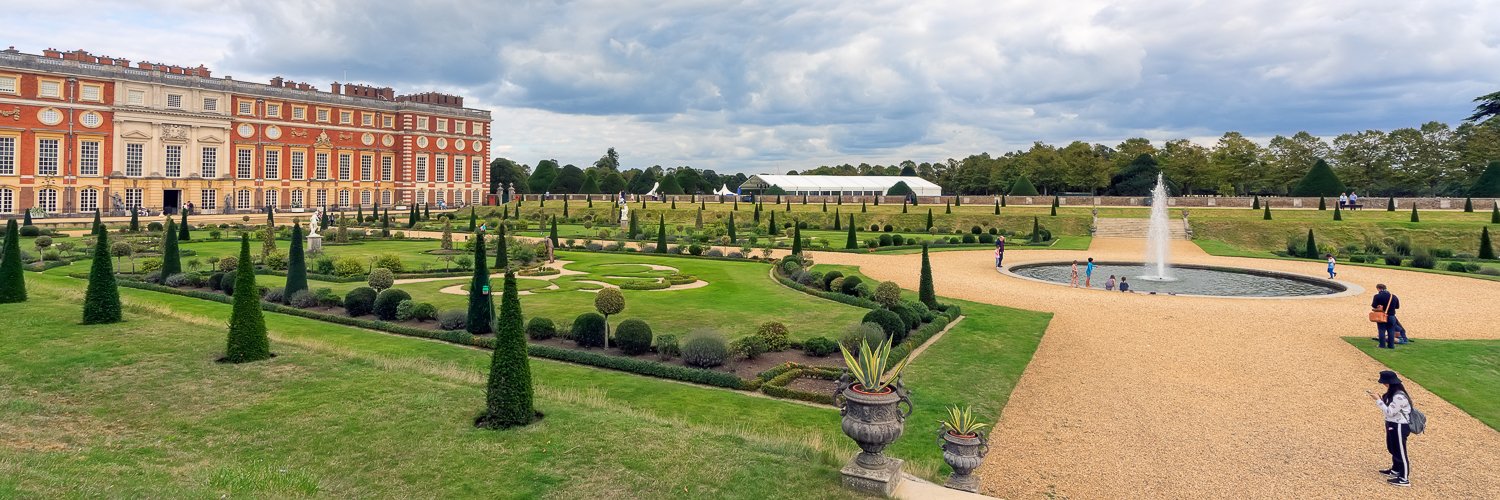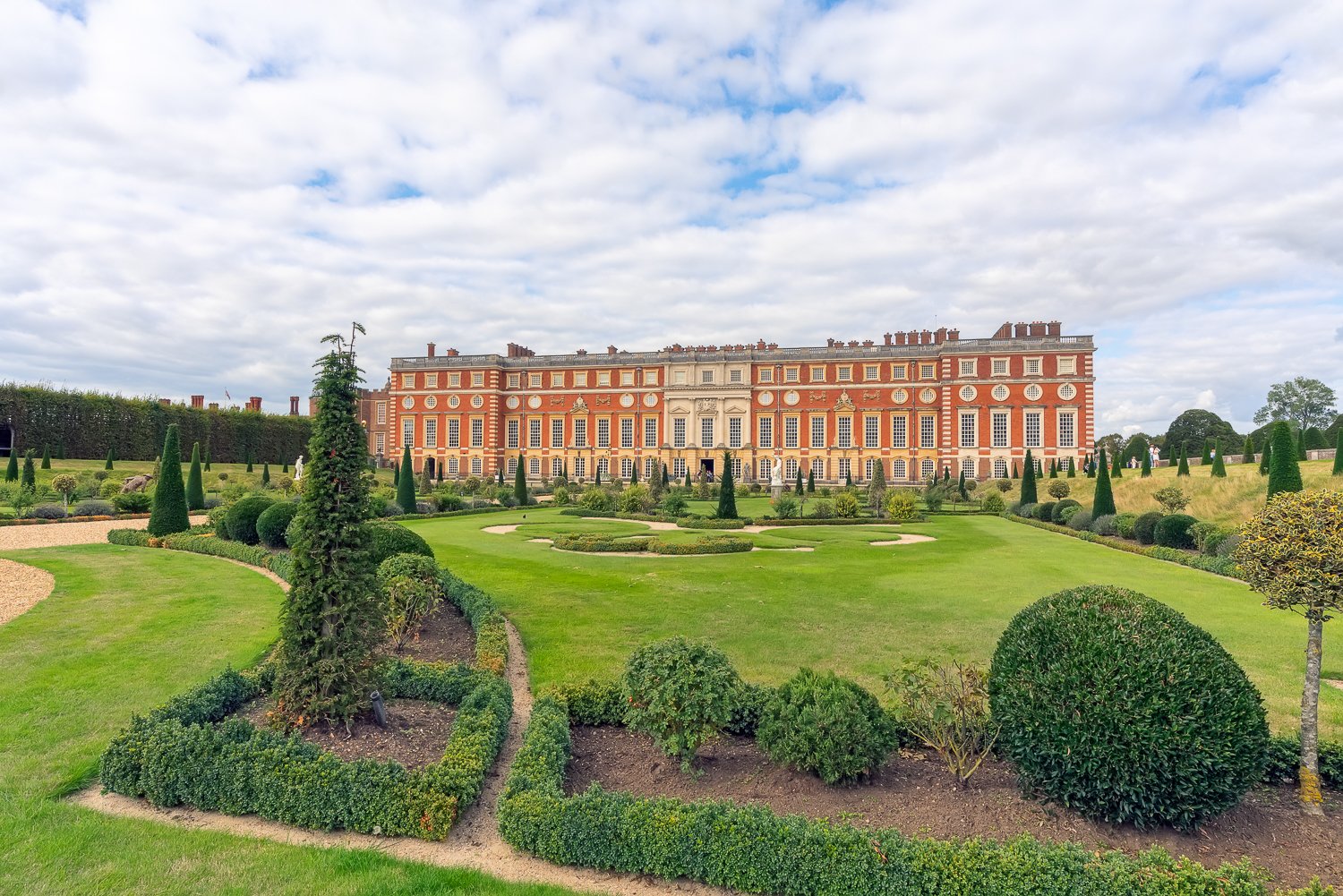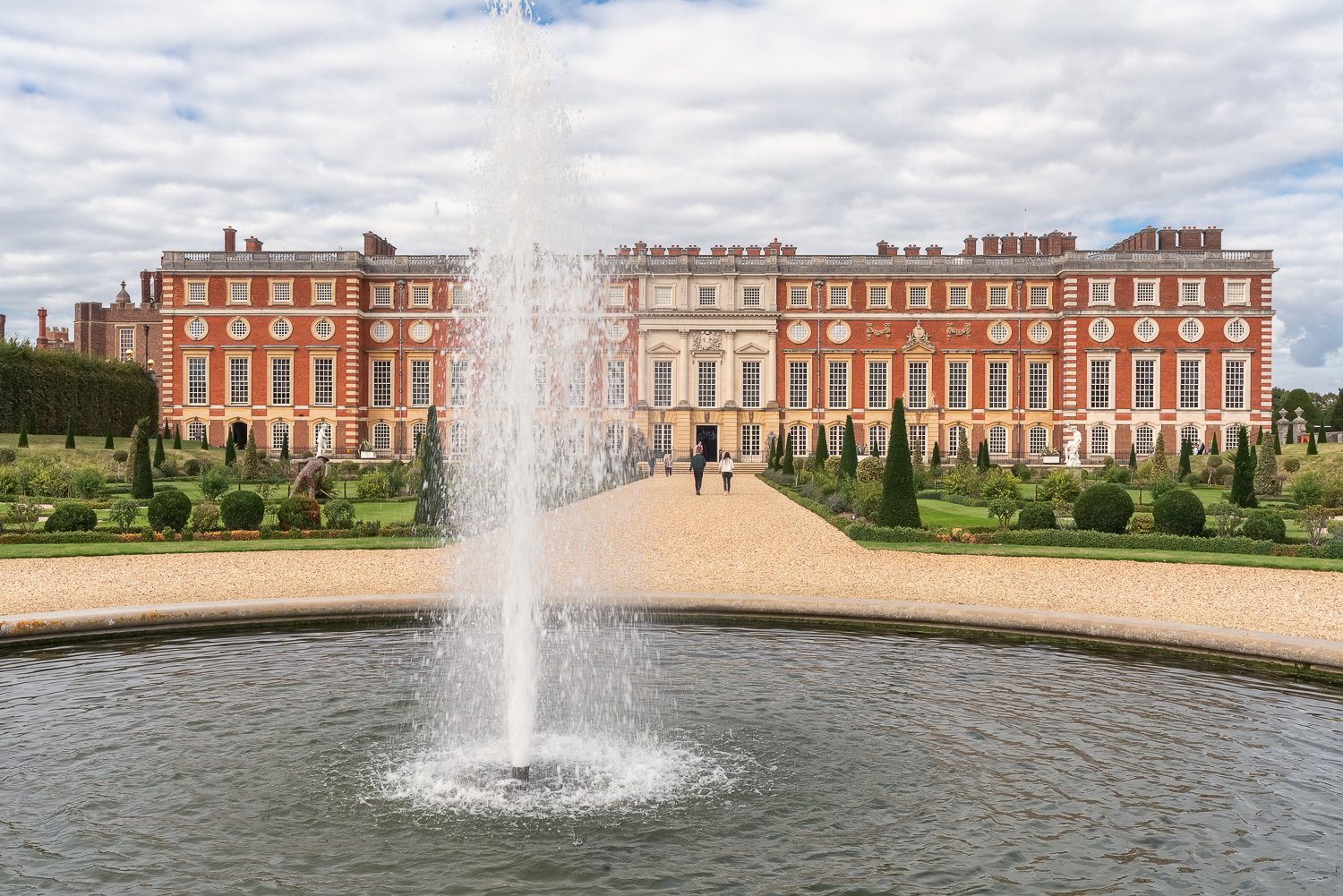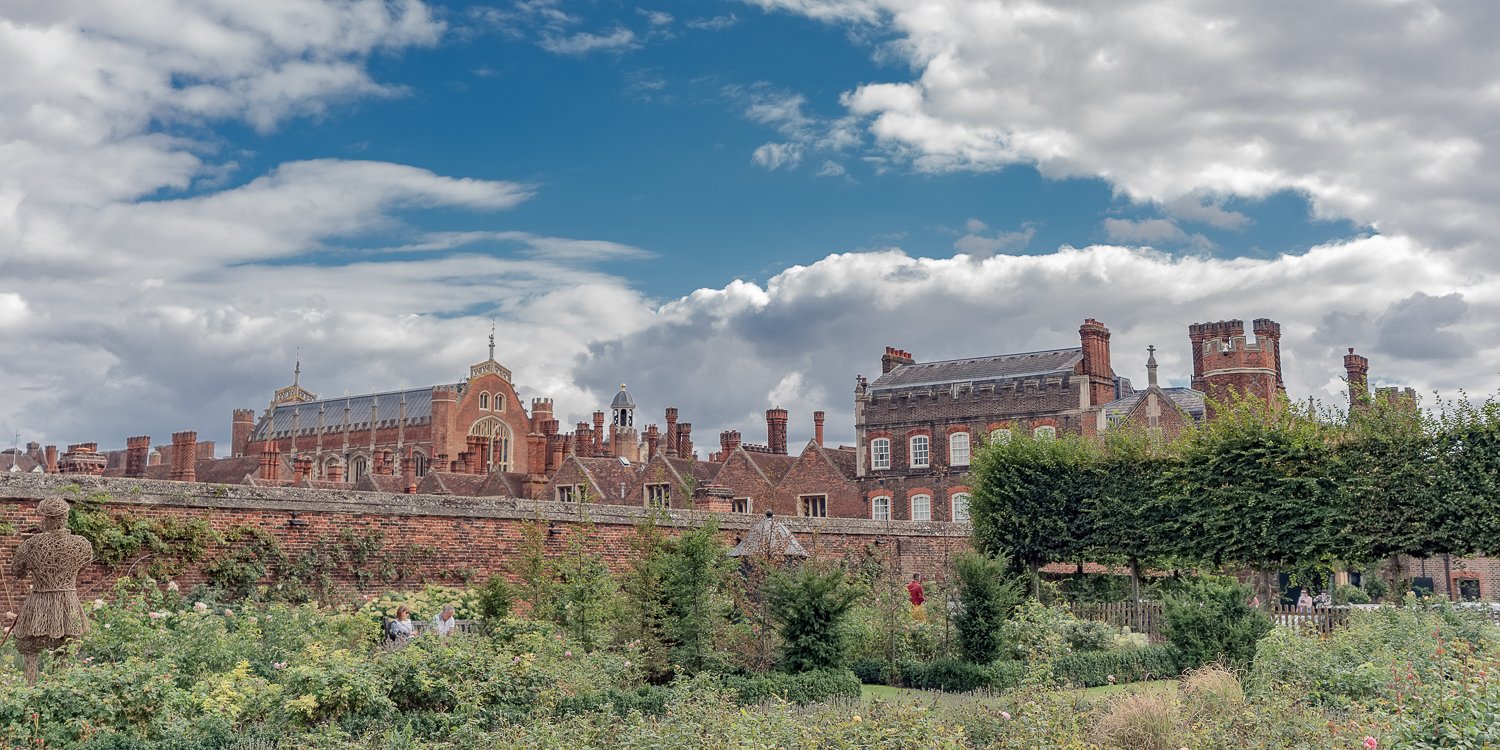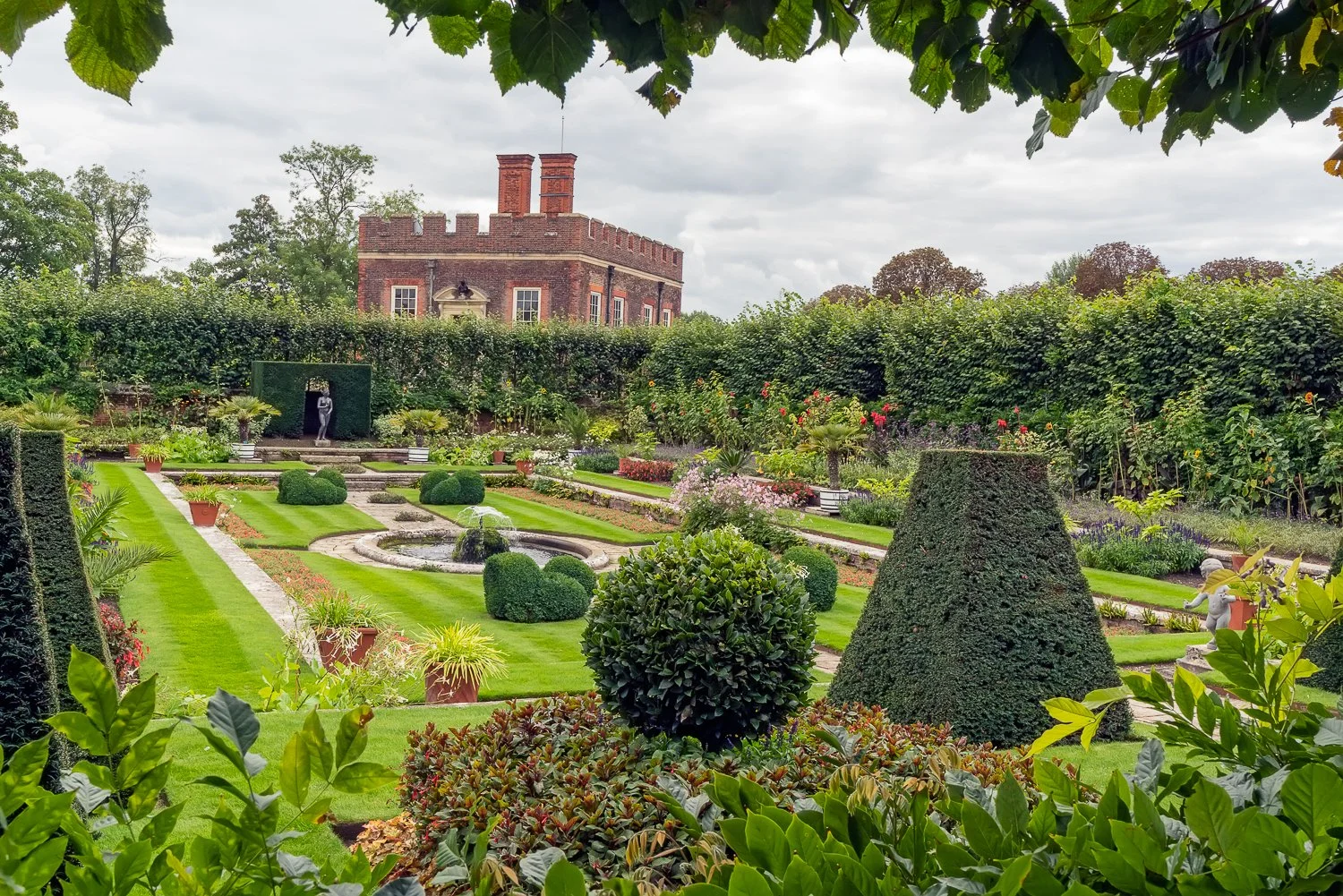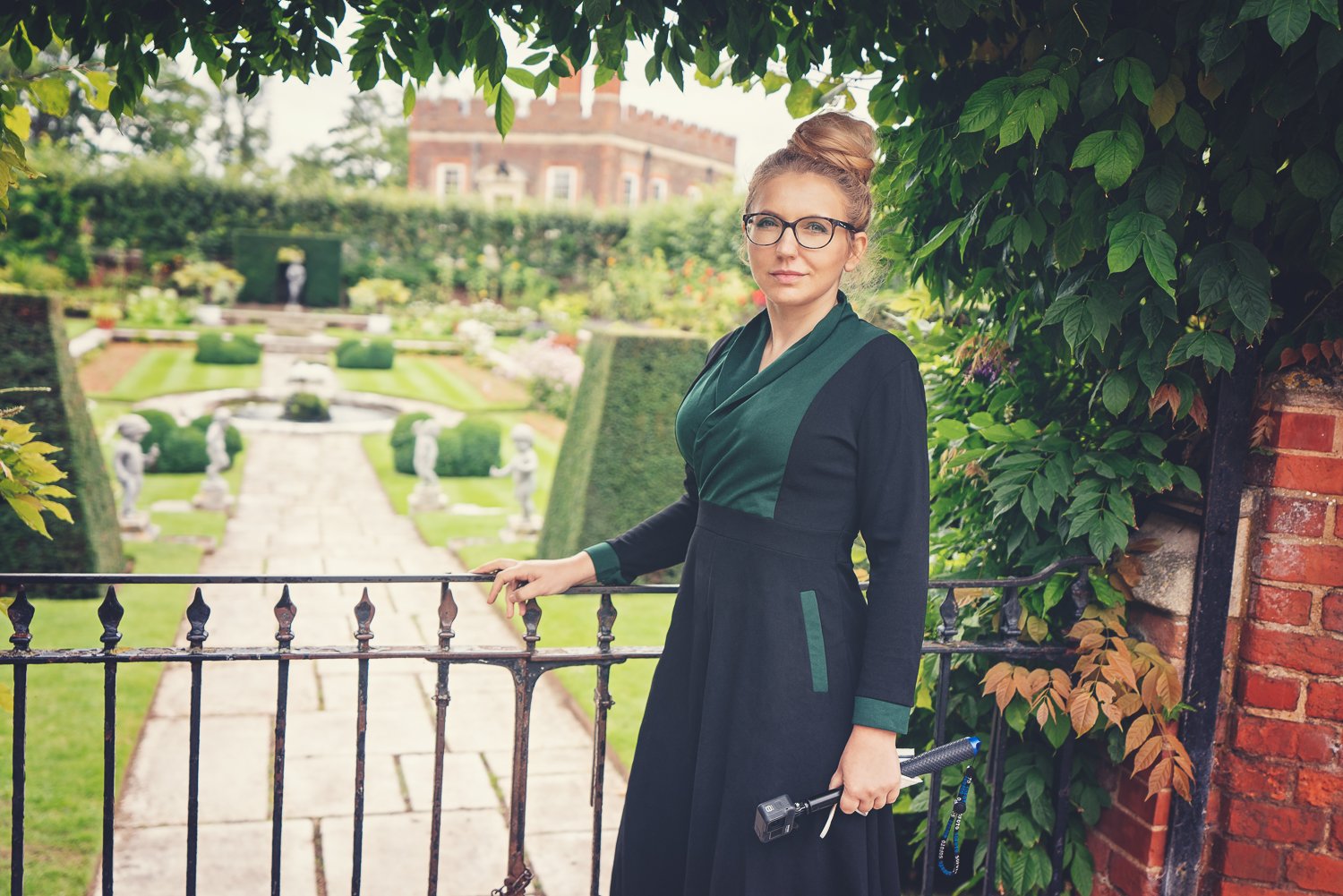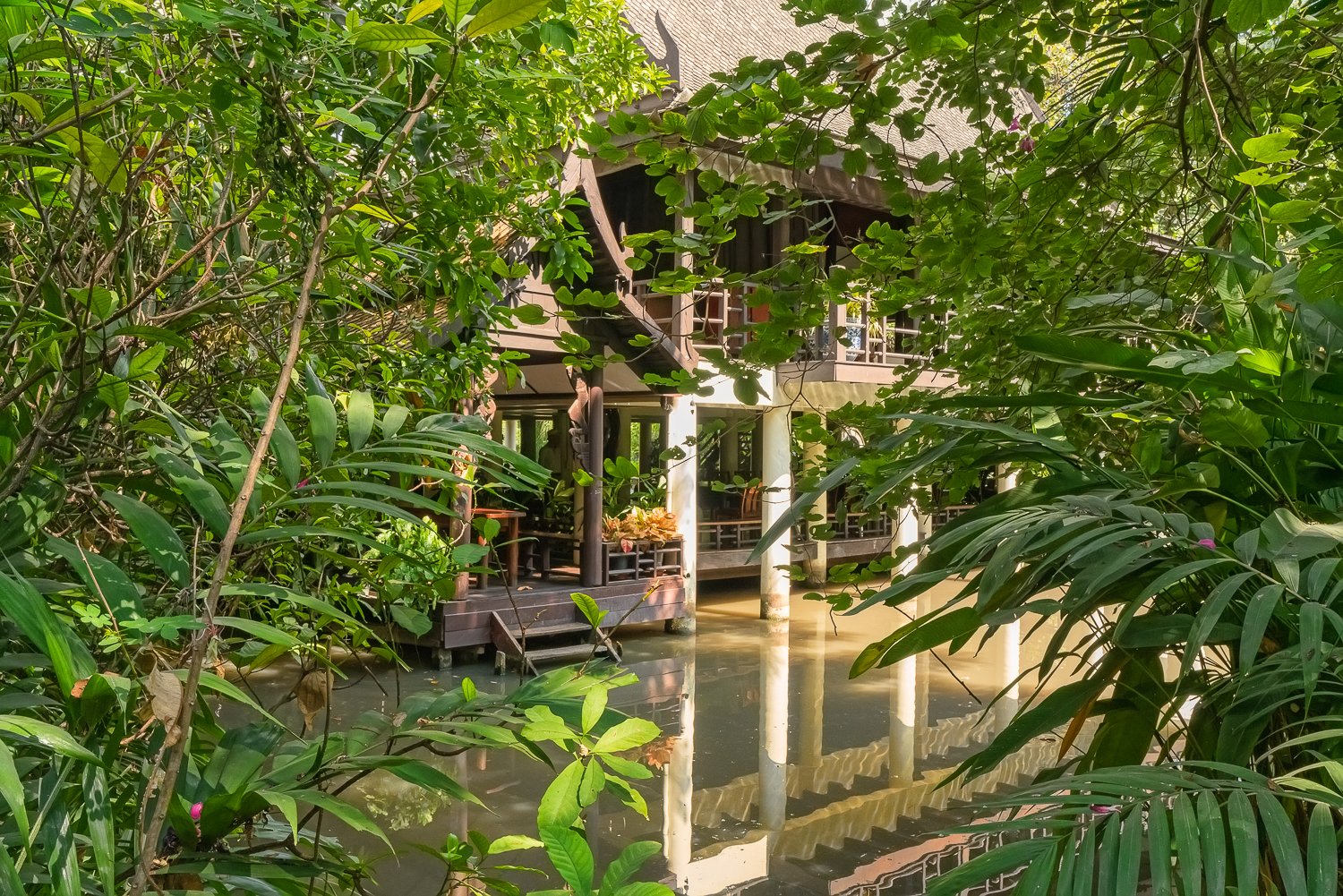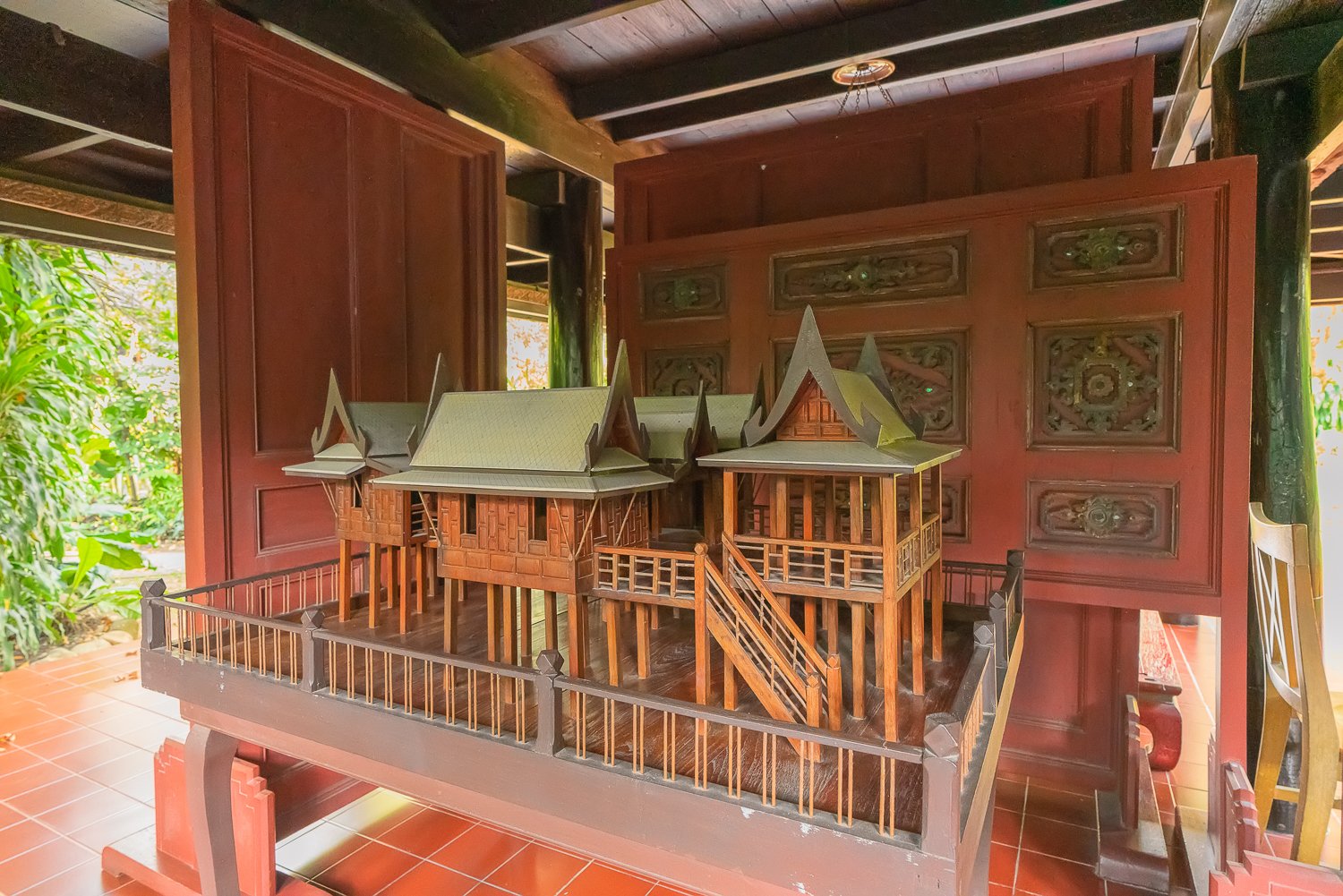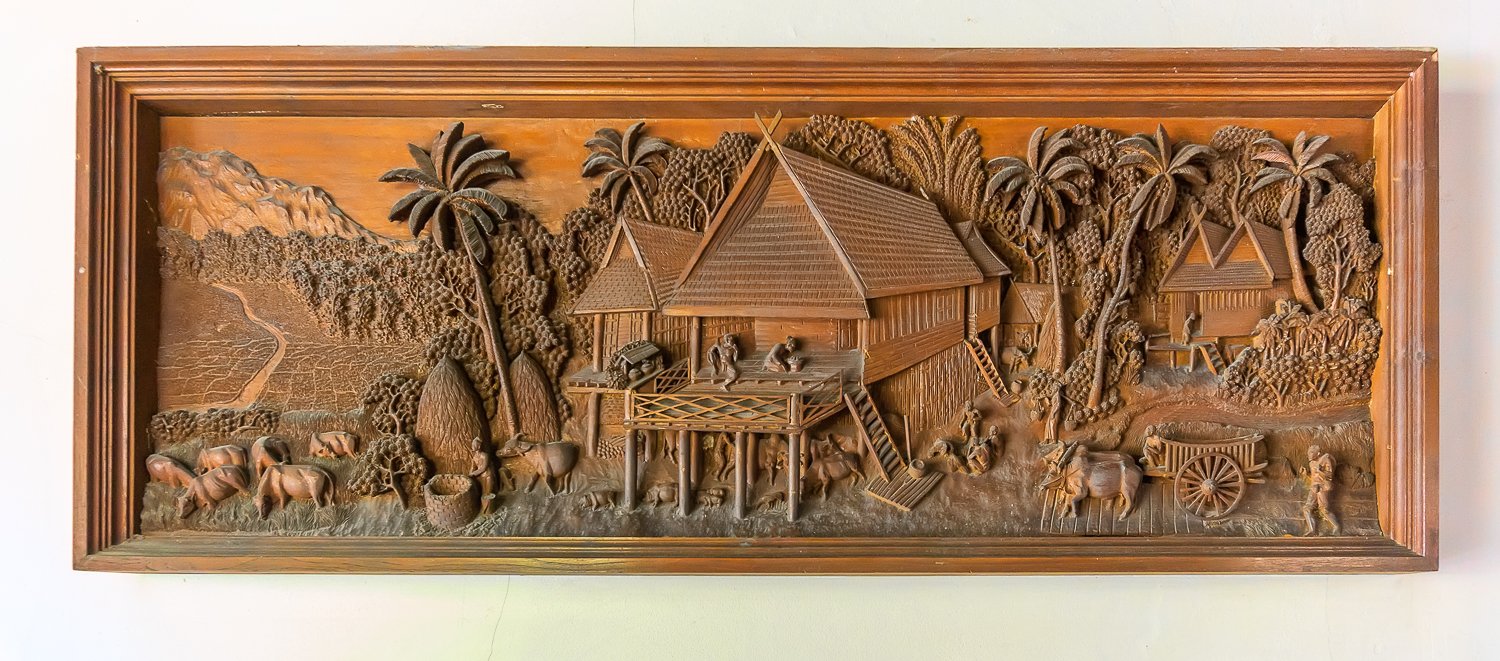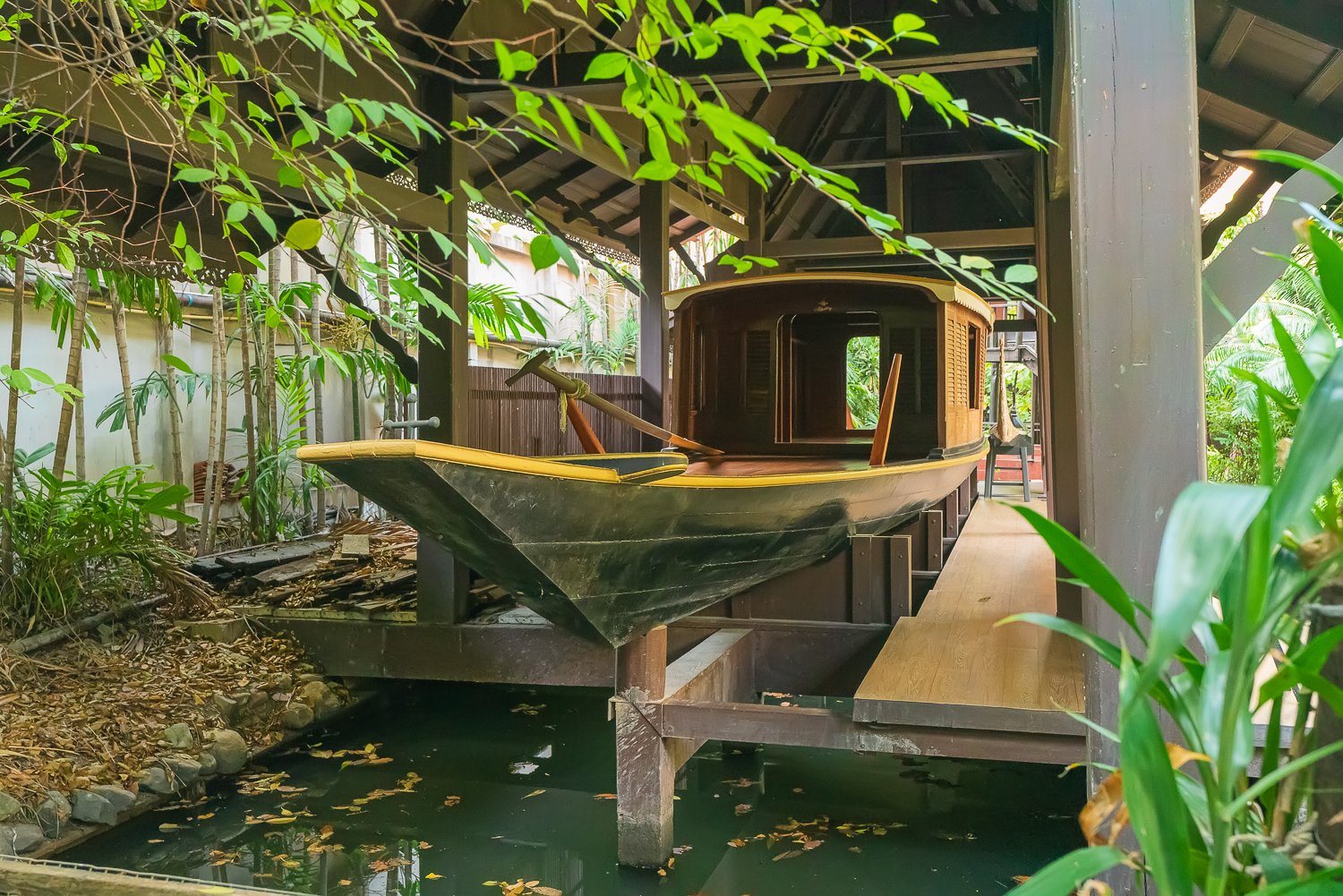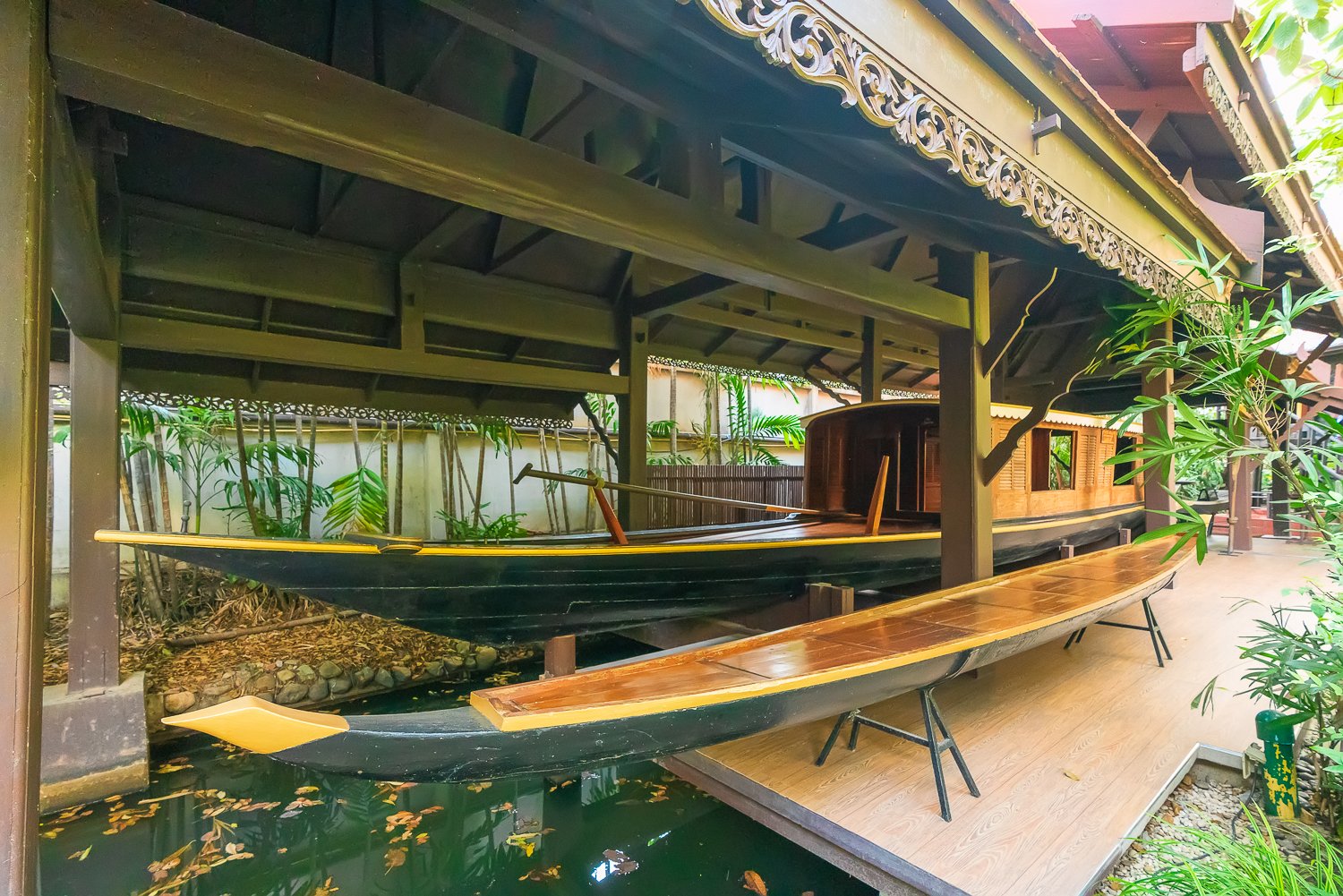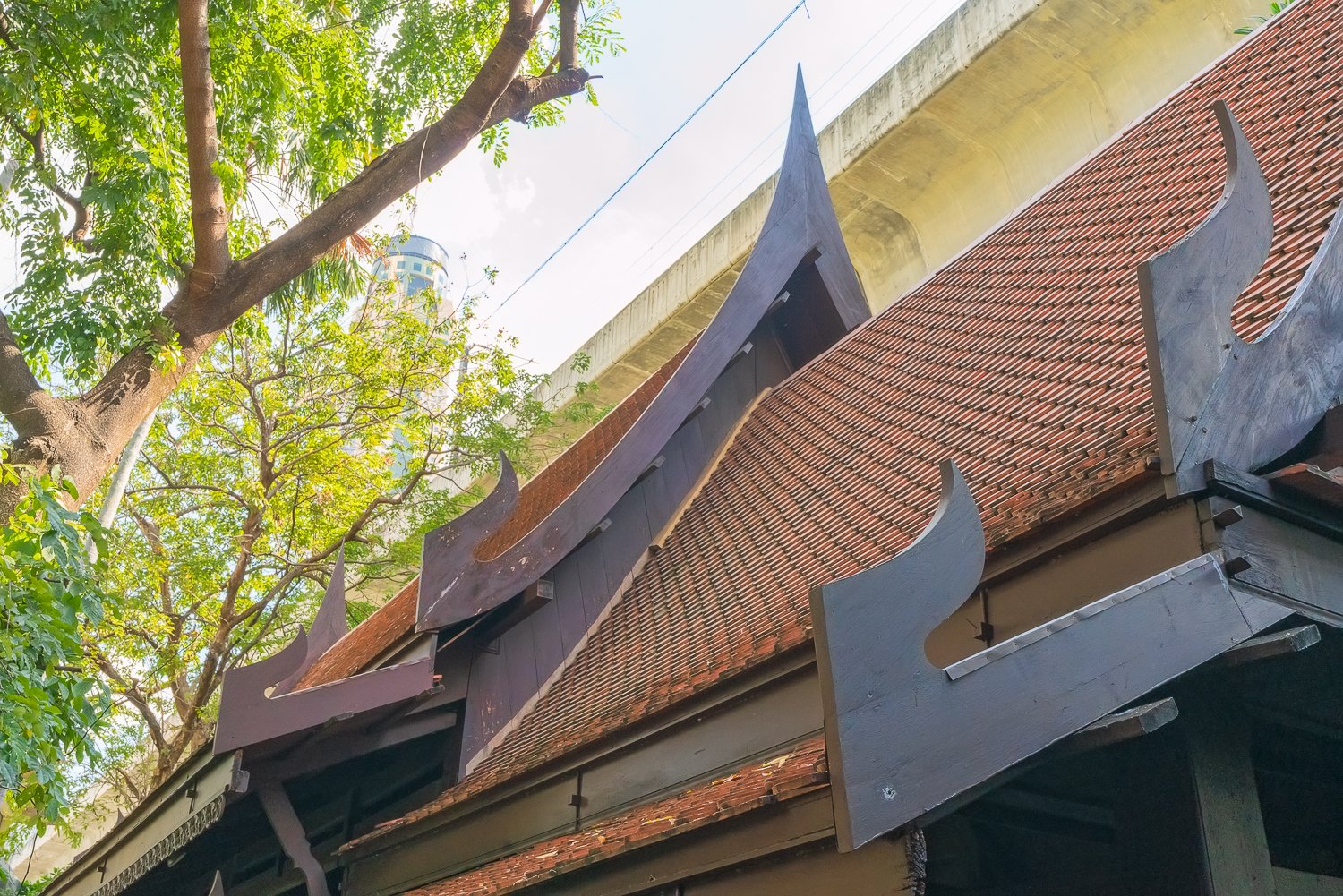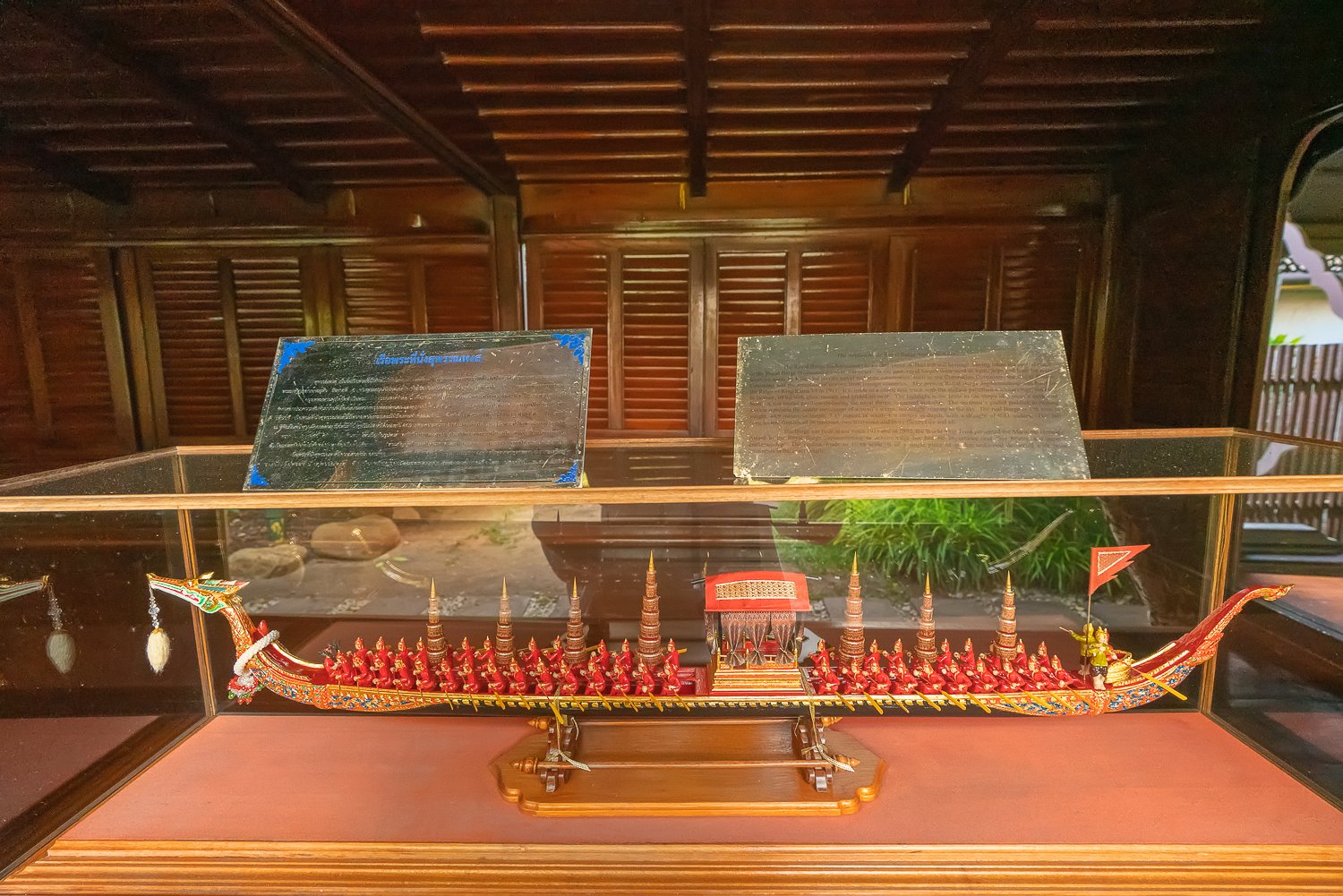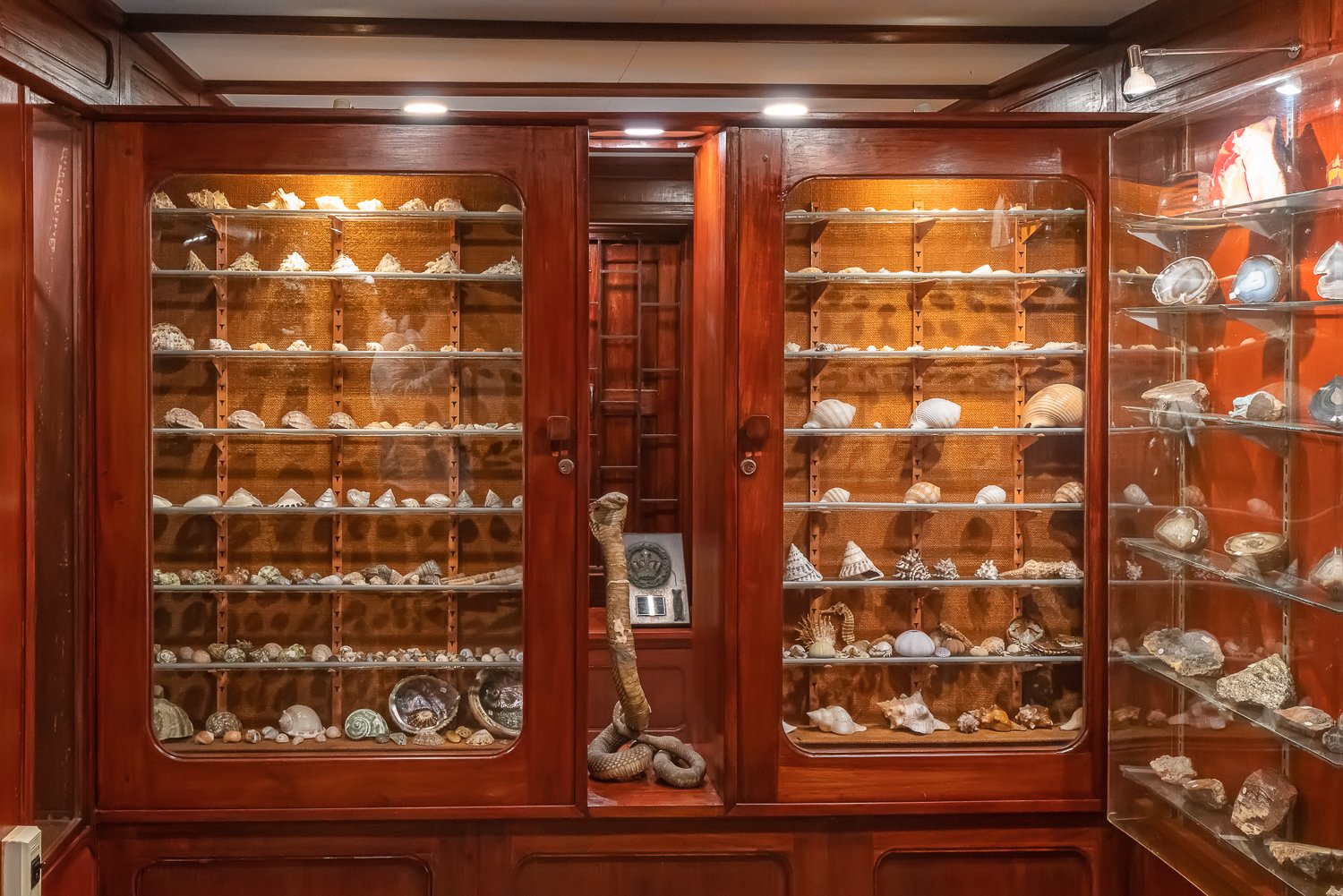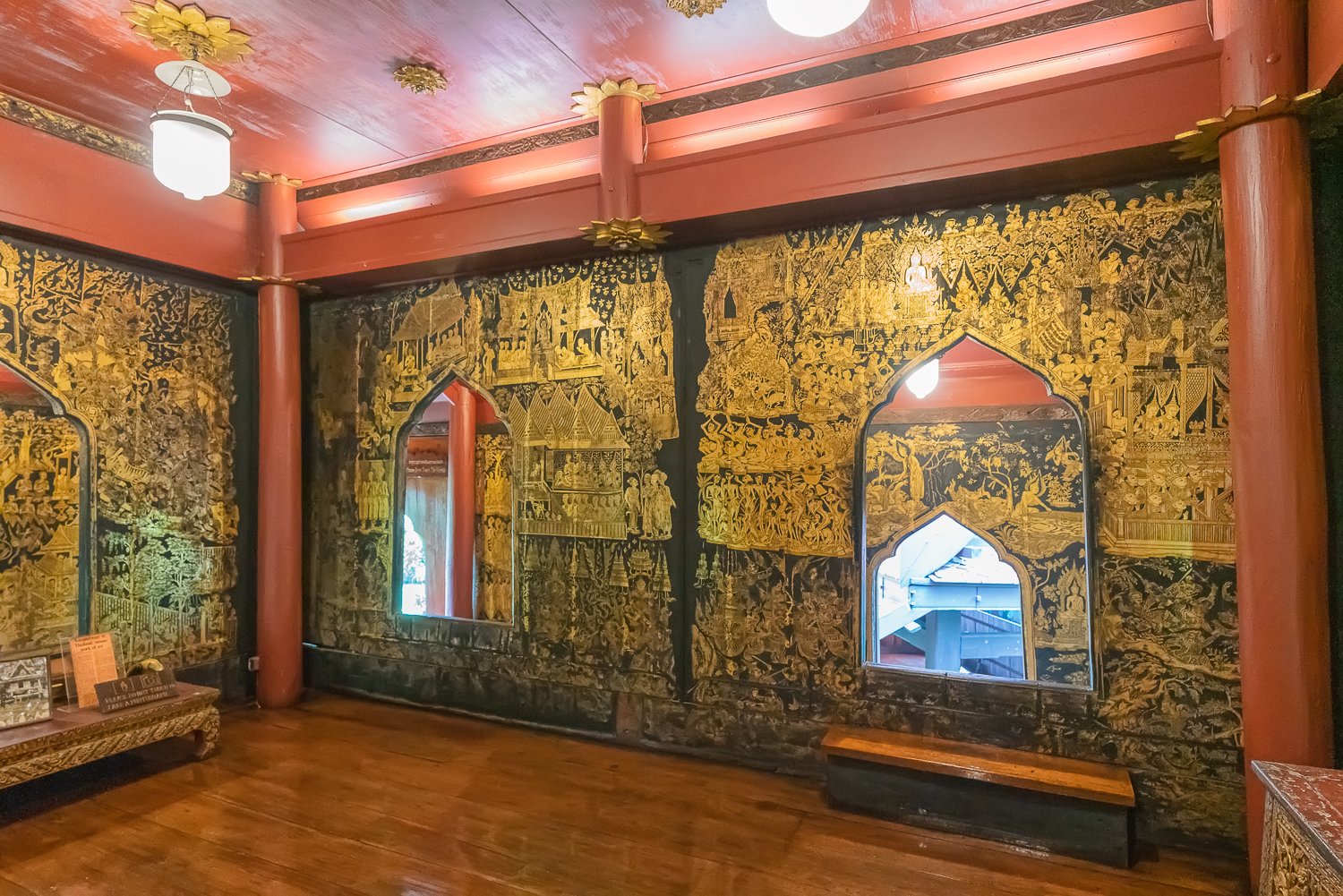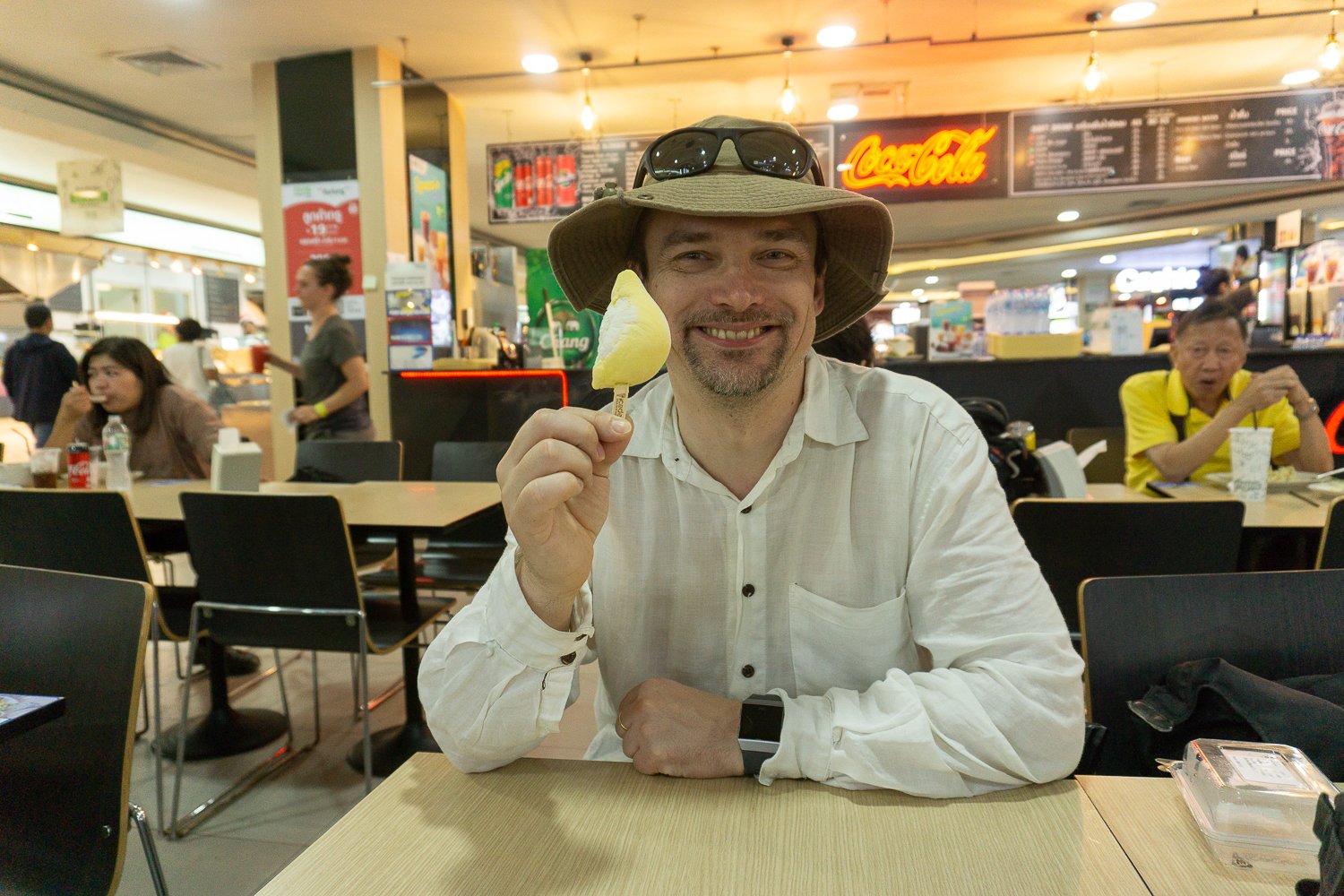Changdeokgung Palace (the "Palace of Prosperous Virtue") is one of the best preserved royal palaces from the Joseon Dynasty, nestled within a large park in Jongno District. Often referred to as the "East Palace" due to its location east of Gyeongbok Palace, Changdeokgung was constructed by King Taejong, the third ruler of Joseon, beginning in 1405 and completing in 1412. This remarkable complex spans 57.9 hectares at the foot of Ungbong Peak of Mount Baegaksan and currently includes 13 surviving buildings and 28 pavilions within its gardens, all set against a landscape that harmoniously integrates with the natural topography.
Designated as a UNESCO World Heritage Site in 1997, Changdeokgung is celebrated as a masterpiece of Korean palace architecture, exemplifying simplicity and frugality. Buildings of Changdeokgung blend with the natural topography of the site instead of imposing themselves upon it.
The complex features distinct areas such as the governmental area (치조; chijo), royal private quarters (침전; chimjeon), and the tranquil Huwon garden beyond the northern hills. Its layout adheres to traditional palace design principles, with major official buildings positioned at the front and the royal residential area situated toward the rear. Despite suffering destruction and undergoing numerous reconstructions throughout its history—most notably after the Japanese invasion in 1592—the palace repair has remained faithful to its original design. Currently, approximately 30% of the original structures remain on the site.
Pałac Changdokgung jest jednym z najlepiej zachowanych pałaców królewskich z czasów dynastii Joseon, położonym w dużym parku w dzielnicy Jongno. Często nazywany „Pałacem Wschodnim” ze względu na położenie na wschód od Pałacu Gyongbok, Changdokgung został zbudowany w latach 1405-1412 przez króla Tejonga, trzeciego władcę Joseon.
Kompleks pałacowy rozciąga się na powierzchni 57,9 hektara u podnóża szczytu Ungbong na górze Begaksan i obecnie obejmuje 13 budynków i 28 pawilonów, wszystkie harmonijnie zintegrowane się z topografią terenu.
Wpisany na Listę Światowego Dziedzictwa UNESCO w 1997 r. Changdokgung jest uznawany za arcydzieło koreańskiej architektury pałacowej i reprezentujący Konfucjańskie wartości prostoty i oszczędności. Budynki Changdeokgung wtapiają się w naturalną topografię miejsca, zamiast narzucać się jej. Kompleks obejmuje odrębne obszary, takie jak obszar rządowy (치조; chijo), królewskie kwatery prywatne (침전; chimjeon) i spokojny ogród Huwon za północnymi wzgórzami. Jego układ jest zgodny z tradycyjnymi zasadami projektowania pałaców, z głównymi budynkami urzędowymi umieszczonymi z przodu, a królewską dzielnicą mieszkalną z tyłu. Pomimo zniszczeń i licznych przebudów w całej swojej historii — szczególnie po japońskiej inwazji w 1592 r. — remont pałacu pozostał wierny pierwotnemu projektowi. Obecnie na miejscu pozostało około 30% oryginalnych struktur.
The main entrance to Changdeokgung Palace is known as Donhwamun Gate. This historic gate, built in 1412, features a two-story pavilion-type wooden structure and is the largest of all the palace gates. Originally, Donhwamun was constructed atop a white granite substructure, a typical design seen in palace entrances that dates back to the Three Kingdoms period. Unfortunately, this substructure has since disappeared, leaving only the impressive two-storied building intact.
Donhwamun Gate suffered destruction during the Japanese invasion of 1592. However, it was reconstructed under King Seonjo in 1607, restoring its grandeur and ensuring its continued prominence as the oldest entrance remaining in Seoul.
Główne wejście do Pałacu Changdokgung znane jest jako Brama Donhwamun. Ta historyczna brama, zbudowana w 1412 roku, ma dwupiętrową drewnianą konstrukcję w kształcie pawilonu i jest największą ze wszystkich bram pałacowych. Pierwotnie barma została zbudowana na białej granitowej podbudowie, co było standardowym w okresu Trzech Królestw. Ta podbudowa dzisiaj nie istnieje, pozostaje jedynie imponujący dwupiętrowy budynek.
Brama Donhwamun uległa zniszczeniu podczas japońskiej inwazji w 1592 roku. Została jednak zrekonstruowana za czasów króla Sonjo w 1607 roku, przywracając jej wspaniałość i zapewniając jej ciągłą pozycję najstarszego zachowanego wejścia w Seulu.
We kind of start from the back. Nestled behind the grand palace lies the enchanting Huwon (후원, 後苑), the Rear Garden, which spans an impressive 78 acres (32 hectares). Originally constructed for the exclusive use of the royal family, this serene oasis is filled with meticulously landscaped lawns, vibrant flowers, trees, and a beautiful lotus pond adorned with elegant pavilions.
Huwon is much more than a mere garden; it is a living testament to nature’s diversity, boasting over 26,000 specimens from a hundred different species of trees, some of which have stood for over 300 years. This garden, once referred to as 'Geumwon' (금원, 禁苑) — the Forbidden Garden — was a space so privileged that even high officials could not enter without the king’s express permission. It was also called 'Naewon' (내원, 內苑), meaning the Inner Garden, and has come to be affectionately known as 'Biwon' (비원, 秘院), or the Secret Garden, by contemporary Koreans.
Naszą wizytę zaczynamy jakby od końca. Za pałacem znajduje się Huwon (후원, 後苑), dosłownie Ogród Tylny, który rozciąga się na imponujących 78 akrach (32 hektarach). Pierwotnie przeznaczony do wyłącznego użytku rodziny królewskiej, ogród ten jest pełen kwiatów i drzew, a w jego centralnym miejscu znajduje się piękny staw z kwiatami lotosu wokół którego wznoszą się eleganckie pawilony i biblioteka. Huwon zawiera ponad 26 000 okazów ze stu różnych gatunków drzew, z których niektóre stoją tu od ponad 300 lat. Ten ogród, kiedyś nazywany „Geumwon” (금원, 禁苑) — Zakazanym Ogrodem — był przestrzenią tak uprzywilejowaną, że nawet wysocy urzędnicy nie mogli tu wejść bez zgody króla. Nazywano go także „Naewon” (내원, 內苑), co oznacza Wewnętrzny Ogród, ale współcześni Koreańczycy nazywają go zwykle „Biwon” (비원, 秘院), czyli Tajemniczym Ogrodem.
Among the garden's most striking features is the Buyongji (부영지) pond, which measures 34.5 meters by 29.4 meters. Constructed in 1707 alongside the original Taeksuje pavilion, which was later removed by King Jeongjo and replaced by the much-admired Buyongjeong (부영정) pavilion in 1792. Though small in stature, the pavilion’s architectural design is complex and thoughtfully conceived; its surface is shaped like the character '亞', and it appears to float gracefully upon the pond, evoking the image of a magnificent lotus flower in full bloom.
Centralną pozycję w ogrodzie zajmuje staw Buyongji (부영지) o wymiarach 34,5 na 29,4 metra. Fuyong is a chinese character for lotus. Staw ten dodany został w 1707 roku obok pawilonu Taeksuje, który później został usunięty przez króla Jeongjo i zastąpiony obecnym pawilonem Buyongjeong (부영정) w 1792 roku. Choć pawilon ten jest niewielki, jego projekt architektoniczny jest dość złożony; jego powierzchnia ma kształt przypominający znak „亞”. Pawion wydaje się unosić nad stawem, przywodząc na myśl obraz kwiatu lotosu w pełnym rozkwicie.
To the left from the Buyongji lies the Yeonghwadang (영화당) Pavilion.
Opposite the Buyongdżi pavilion is Juhamnu, a two-story library. The first floor serves as a vast storehouse containing tens of thousands of books, while the second floor houses a reading room where scholars and future officials immerse themselves in study and reflection. The name 'Juhamnu' (주합루), translates to "the pavilion where every kind of principle of the universe gathers," encapsulating its significance as a centre for learning and intellectual growth.
Na lewo od Buyongji znajduje się Pawilon Yonghwadang (영화당).
Naprzeciwko znajduje się zaś Juhamnu, dwupiętrowa biblioteka. Pierwsze jej piętro służy jako ogromny magazyn mieszczący dziesiątki tysięcy książek, podczas gdy drugie piętro mieści czytelnię, w której uczeni i przyszli urzędnicy oddają się studiom i refleksji. Nazwa „Juhamnu” (주함누, po polsku czytaj Dżuhamnu) oznacza „pawilon, w którym gromadzą się wszelkie zasady wszechświata”, co oddaje jego znaczenie jako centrum nauki i rozwoju intelektualnego.
As we stroll through the garden, we reach the backside of Juhamnu and arrive at Aeryeonji Pond (애련지). On the northern bank of this square pond, we can see a picturesque pavilion. This is the Aeryeonjeong (얘령정), which translates to “Love of Lotus.” Constructed in 1692, the pavilion uniquely features a single kan.
Idąc wokół ogrodu, z tyłu Juhamnu docieramy do stawu Aeryeonji (애련지). Po przeciwnej stronie tego kwadratowego stawu, na północnym brzegu, widoczny jest pawilon Aeryeonjeon (얘령정), co tłumaczy się jako miłość do lotosu), który składa się z zaledwie jedneo kan. Został on zbudowany w 1692 roku.
We go through the main gate to the Yeongyeongdang, then through another gate and the next structure we pass is the Seonhyangjae (선향재) that functioned as the library and school of the royal family. The Seonhyangjae faces west, and in summer, the sunshine strikes the building at sunset. Oil-papered blinds were installed at the outside of the building to prevent strong sunshine from coming into the room. It was possible to adjust their position by attached hemp cords and pulleys. The building is 7 kan long and 2 kan wide and it has two ondols. The ondol is a traditional Korean heating method that heats the entire room by allowing heat to pass through the floor. The roof is made of copper plate, not tile, padded with wooden boards from the inside. This was one of the most luxurious buildings of its kind in Korea.
Przechdzimy przez brame do Yeongyeongdang, potem przez kolejną bramę i kolejnym mijanym przez nas budynkiem jest Seonhyangjae (선향재 song hjan dze), który pełnił funkcję biblioteki i szkoły rodziny królewskiej. Seonhyangjae jest zwrócony na zachód i latem słońce pada na niego o zachodzie słońca. Na zewnątrz budynku zainstalowano zatem rolety z olejowanego papieru, aby zapobiec przedostawaniu się silnego światła słonecznego do pomieszczenia. Ich położenie można było regulować za pomocą przymocowanych sznurów konopnych i kół pasowych. Budynek ma 7 kan długości i 2 kan szerokości i posiada dwa ondole. Ondol to tradycyjny koreański system ogrzewania, który ogrzewa całe pomieszczenie pozwalając ciepłu przechodzić przez podłogę. Dach jest wykonany z blachy miedzianej, a nie z dachówki, wyściełanej drewnianymi deskami od wewnątrz. Seonhyangjae był jednym z najbardziej luksusowych budynków tego typu w Korei.
This area of the palace is called Yeongyeongdang (연경당). It was constructed by Crown Prince Hyomyeong about 1828 to celebrate 40th birthday of his mother. In the main area, the men’s and women’s quarters are separated, (two separate gates leading to it), and a small wall is placed between the front yard of sarangchae (men’s space) and anchae (women’s space) but they are connected inside. Picture below show this dividing wall (and the gate in between).
Ta część pałacu nazywa się Yeongyeongdang (연경당). Została ona zbudowana przez księcia Hyomyeonga, następcę tronu, około 1828 roku, aby uczcić 40. urodziny jego matki. Kwatery dla mężczyzn i kobiet są tu oddzielone (prowadzą do nich dwie oddzielne bramy), i przedni dziedziniec miedzy sarangchae (przestrzeń dla mężczyzn) i anchae (przestrzeń dla kobiet) jest podzielny niskim murem, ale budynek jest połączony wewnątrz. Zdjęcia poniżej pokazują ten mur i bramę łaczącą obydwie części dziedzińca.
The main building has a gabled roof. The eastern floor is supported by pillars, whilst the western floor is raised on a podium and closed with windows and walls. The ondol heating system is installed. The female part of the building is to the west.
Główny budynek ma dach dwuspadowy, wschodnia kondygnacja jest podparta filarami, natomiast zachodnia kondygnacja jest podniesiona na podium i zamknięta oknami i ścianami. Zainstalowany jest system ogrzewania ondol. Żeńska część budynku znajduje się p stronie zachodniej.
As we explore the female section of the complex, we come across a some more simpler structures. Meanwhile, in the male area, just before exiting through a small gate, we encounter a staircase that leads to Nongsujeong, a one-room pavilion with a double eaves roof, situated in the northeast corner of the complex.
Podczas zwiedzania żeńskiej części kompleksu natrafiamy na jeszcze kilka prostszych struktur. Tymczasem w męskiej części, tuż przed wyjściem przez małą bramę zauważamy schody prowadzące do Nongsujeong, jednopokojowego pawilonu z podwójnym dachem okapowym, położonego w północno-wschodnim narożniku kompleksu.
A short walk behind Yeongyeongdang takes us to the Pyeomusa (폄우사) and Jondeokjeong (존덕정) pavilion. Perched on a hill, Pyeomusa once featured a gabled roof and an adjoining annex, though these structures have since been lost to time. Notably, it was equipped with an ondol, allowing it to be used comfortably even during the winter months.
Krótki spacer za Yeongyeongdang zaprowadzi nas do pawilonów Pyeomusa (폄우사) i Jondeokjeong (존덕정). Położony na wzgórzu Pyeomusa miał kiedyś dach dwuspadowy i przylegający aneks, choć te struktury obecnie nie istnieją. Pawilon był wyposażony w ondol, co pozwalało na wygodne korzystanie z niego nawet w miesiącach zimowych.
The Jondeokjeong (존덕정) Octagonal Pavilion, constructed in 1644, features a distinctive double-layered roof supported by 24 elegant pillars. Its ceiling is adorned with intricate depictions of twin dragons, while the floor design effectively delineates the interior from the exterior spaces.
Ośmiokątny pawilon Jondeokjeong (존덕정), zbudowany w 1644 r., ma charakterystyczny dwuwarstwowy dach podtrzymywany przez 24 filary. Jego sufit zdobi portet bliźniaczych smoków, a projekt podłogi dzieli przestrzeń pawilonu na wewnętrzą i zewnętrzną.
The Gwallamjeong (관람정) pavilion, also known as the Viewing Pavilion, is situated at the edge of the Bandoji pond, which is shaped like the Korean Peninsula. The pavilion features an extended fan-shaped design supported by elegant circular pillars, creating a harmonious blend of architecture and nature.
Pawilon Gwallamjeong (관람정), znany również jako Pawilon Widokowy, znajduje się na skraju stawu Bandoji, który ma kształt Półwyspu Koreańskiego. Pawilon ma ksztalt rozłożonego wachlarza i jest podparty eleganckimi okrągłymi filarami, tworząc harmonijne połączenie architektury i natury.
On the way to the Ongnyucheon (옥류천) stream, we encounter the Chwigyujeong (취규정) Pavilion, nestled among towering pine trees. This structure features a gabled roof, with its ridge and eaves elegantly adorned with tiles. The pavilion stands proudly on square pillars, adding to its timeless aesthetic.
Po drodze do strumienia Ongnyucheon (옥류천) mijamy pawilon Chwigyujeong 취규정), zbudowany wśród wysokich sosen. Jego konstrukcja ma dach dwuspadowy, którego kalenica i okap są ozdobione dachówkami. Pawilon stoi na kwadratowych filarach.
The Ongnyucheon (옥류천, 玉流川, "Jade Stream"), constructed in 1636, is situated in the innermost part of the Changdeokgung Palace. At its heart lies a large natural rock known as "Soyoam," which features a U-shaped (or L-shaped, as some argue) water channel carved into it for the purpose of floating wine cups. Above this water passage, a small artificial waterfall cascades, and inscribed on the boulder is a poem that reads: "The stream flows away beyond measurement, and the waterfall plummets down from the sky. These remind me of the white rainbow, thunder, and light all over the valley."
Poetry composition and floating wine cup parties became wildly popular among members of high society. When a wine cup was sent to a specific person, that person had to drink the wine from the cup, compose an impromptu poem, and recite it. If they could not, they had to drink three cups of wine as a penalty.
The cool waters of Ongnyucheon, surrounded by a lush forest, create a refreshing atmosphere that remains inviting even during the hot summer months. The forest's lush greenery evokes the serenity of a remote mountainous region, enhancing the overall tranquillity of the garden.
In addition to the natural beauty, the area houses five small pavilions, each connected by simple stone bridges that span the stream, allowing pedestrians to traverse with ease.
Ongnyucheon (옥류천, „Jadeitowy Strumień”), zbudowany w 1636 roku, znajduje się w najgłębszej części Pałacu Changdeokgung.
W jego sercu znajduje się duża naturalna skała znana jako „Soyoam”, w której wyrzeźbiono kanał wodny w kształcie litery U (lub L, jak twierdzą niektórzy) w celu unoszenia kielichów z winem. Nad tym kanałem wodnym kaskadowo spływa mały sztuczny wodospad, a na głazie wyryto wiersz, który brzmi (tłumaczenie ChatGPT): „Strumień płynie, nie znając miary, a wodospad spada z nieba w chwały. Przypominają mi biały tęczowy blask, grzmot i światło w dolinie, wśród gwiazd.”.
Imprezy z komponowanim poezji nad pływającymi kieliszkami wina stały się niezwykle popularne wśród członków wyższych sfer. Kiedy kieliszek był wysyłany do konkretnej osoby, ta osoba musiała go wypić, skomponować improwizowany wiersz i go wyrecytować. Jeśli nie mogła, musiała wypić trzy kieliszki wina jako karę.
Chłodne wody Ongnyucheon, otoczone bujnym lasem przynoszą orzeźwienie nawet w gorące letnie miesiące. Na obszarze strumienia znajduje się pięć niewielkich pawilonów, połączonych prostymi kamiennymi mostkami nad strumieniem, dzięki czemu piesi mogą z łatwością przemieszczać się z jednej strony na drugą.
Soyojeong (소요정) Pavilion, constructed in 1636, embodies the meaning of its name - “soyo,” which translates to “walk slowly without restraint.” This serene retreat served as a tranquil escape for the king, providing a space to forget the burdens of ruling and indulge in leisurely relaxation. Characterised by its openness on all sides, the pavilion invites gentle breezes and offers picturesque views of the surrounding landscape.
Pawilon Soyojeong (소요정), zbudowany w 1636 r., ilustruje znaczenie swojej nazwy - „soyo”, co oznacza „iść powoli bez ograniczeń”. Miał on być ucieczką dla króla, zapewniając przestrzeń do zapomnienia o trudach rządzenia i oddania się niespiesznemu relaksowi.
The Cheonguijeong (청의정) Pavilion, known for its traditional thatched roof, serves as a beautiful example of architectural harmony with nature. Positioned strategically in front of rice paddies, the pavilion not only offers a picturesque view but also embodies the agricultural practices of the region. After the rice is harvested, the straw is repurposed to construct the thatched roof, showcasing a sustainable approach to building materials. This method reflects the historical significance of rice cultivation in the area and emphasizes the connection between the landscape and traditional Korean architecture. The pavilion stands as a testament to the resourcefulness of past generations and the cultural importance of rice farming in Korean society.
Pawilon Cheonguijeong (청의정) wyróżnia się tradycyjnym strzechowy dachem i jest znakomitym przykładem harmonii między architekturą a naturą. Umieszczony strategicznie przed polami ryżowymi pawilon nie tylko oferuje malowniczy widok, ale także odzwierciedla praktyki rolnicze regionu. Po zbiorze ryżu słoma jest wykorzystywana do budowy strzech, prezentując ekologiczne podejście do materiałów budowlanych. Ta metoda odzwierciedla historyczne znaczenie uprawy ryżu w tym obszarze i podkreśla związek między krajobrazem a tradycyjną koreańską architekturą. Pawilon jest świadectwem zaradności poprzednich pokoleń i kulturowego znaczenia uprawy ryżu w społeczeństwie koreańskim.
The Taegeuk Pavilion (태극정), located nearby, features a distinctive square roof adorned with double eaves. The term "Taegeuk" symbolizes the source of the universe, representing the harmonious interplay of yin and yang that gives rise to all things. This pavilion is constructed on three tiers of long pole stones, with an additional tier of pole stones elegantly set atop. Visitors can access the pavilion from the south via a pathway of stepping stones.
Pawilon Taegeuk (태극정), znajdujący się nieopodal, ma charakterystyczny kwadratowy dach ozdobiony podwójnymi okapami. Termin „Taegeuk” symbolizuje źródło wszechświata, reprezentując harmonijne współdziałanie yin i yang, które daje początek wszystkim rzeczom. Pawilon ten jest zbudowany na trzech poziomach długich kamieni słupowych, z dodatkowym poziomem kamieni słupowych elegancko ułożonych na szczycie. Zwiedzający mogą wejść do pawilonu od strony południowej po ścieżce z kamieni.
On our stroll back we cross a small stone bridge and meander along the ancient wall.
W drodze powrotnej, przechodzimy przez mały kamienny most i idziemy wzdłuż pałacowego muru.
On our left, we pass the gate that links Gwulgaegaksa, the government offices, to the rear garden. Continuing our stroll alongside the wall, we reach the majestic 750-year-old juniper tree. We are now once more near the main gate.
Po lewej stronie mijamy bramę łączącą Gwulgaegaksa, biura rządowe, z tylnym ogrodem. Kontynuując spacer wzdłuż muru, docieramy do majestatycznego 750-letniego jałowca. Teraz jesteśmy ponownie w pobliżu głównej bramy.






















